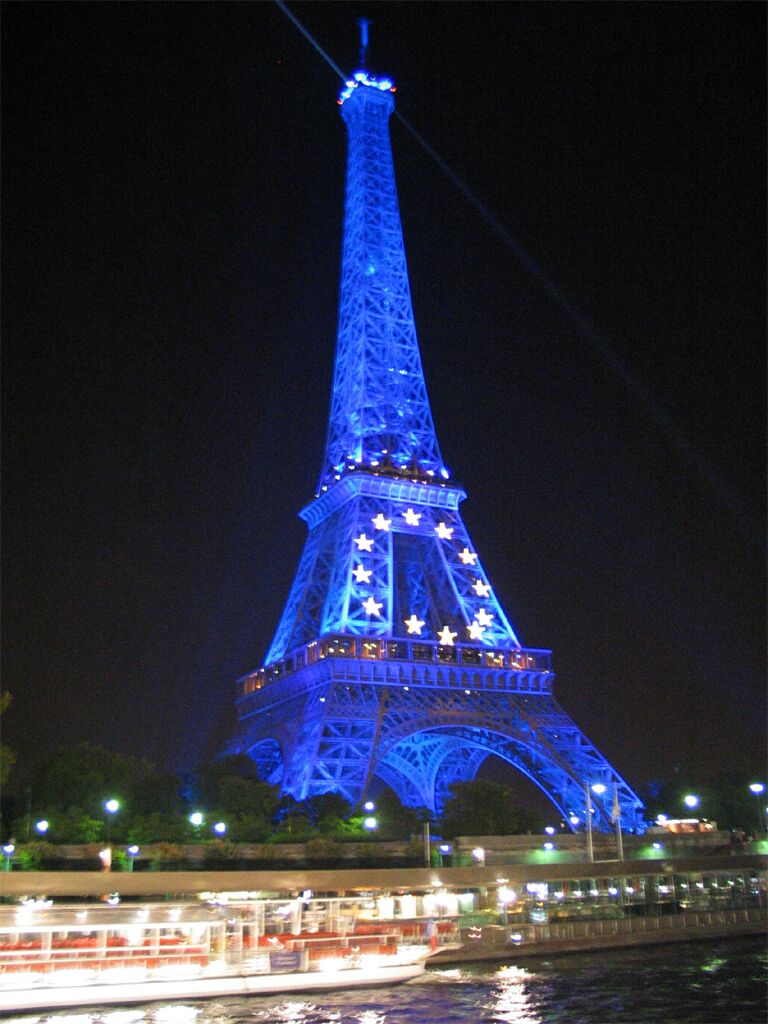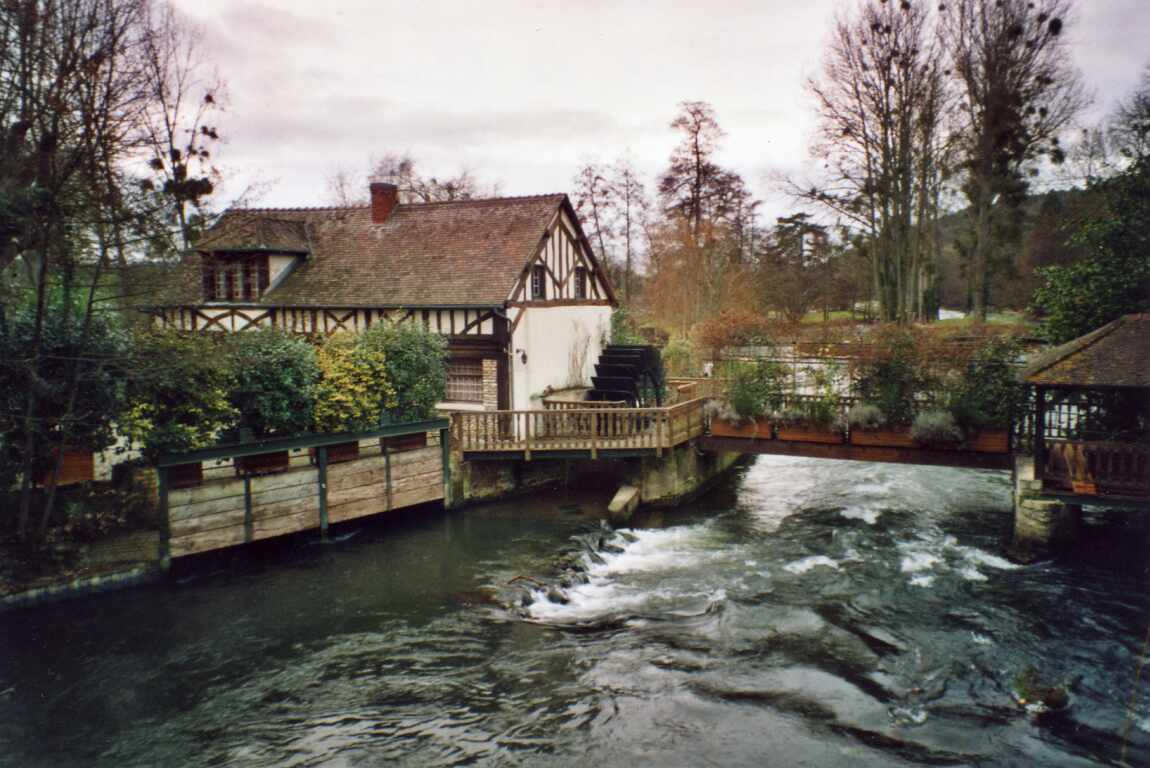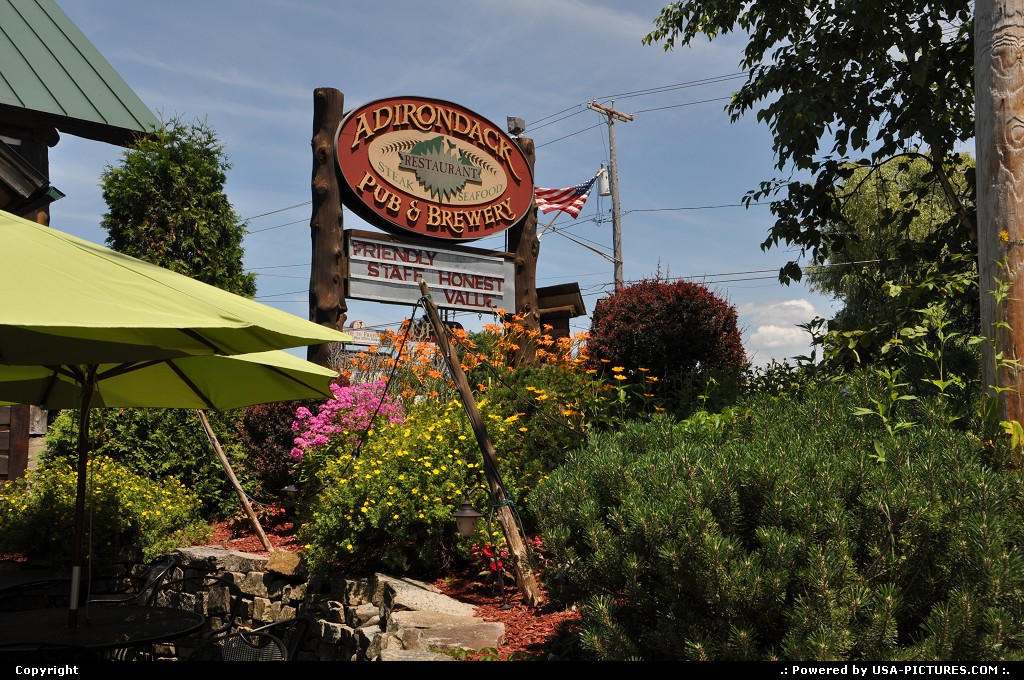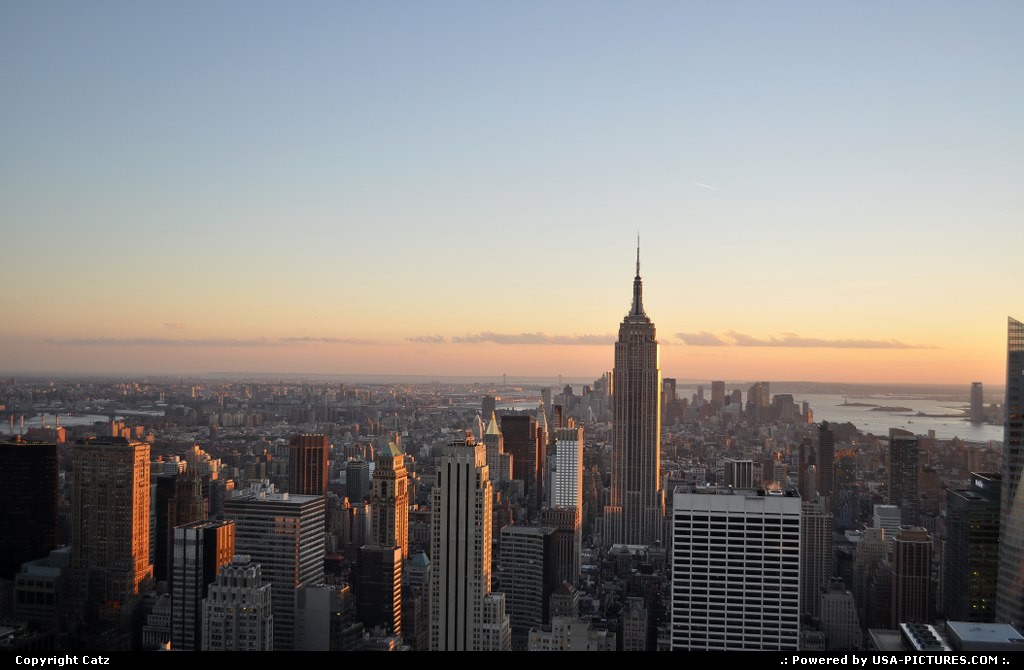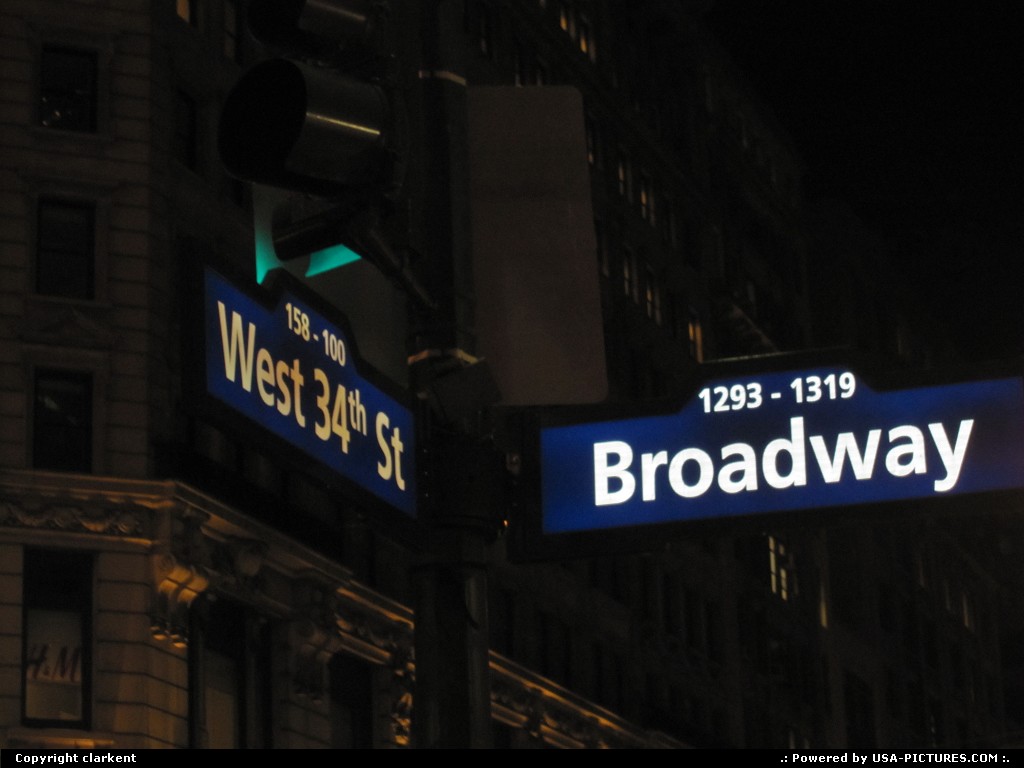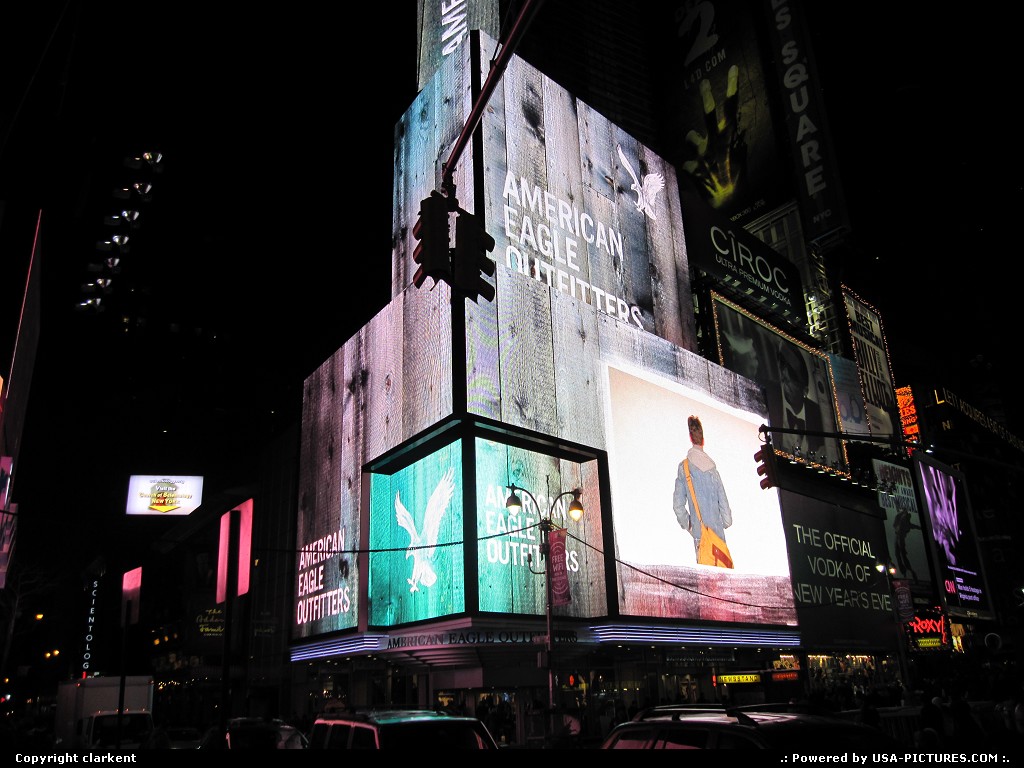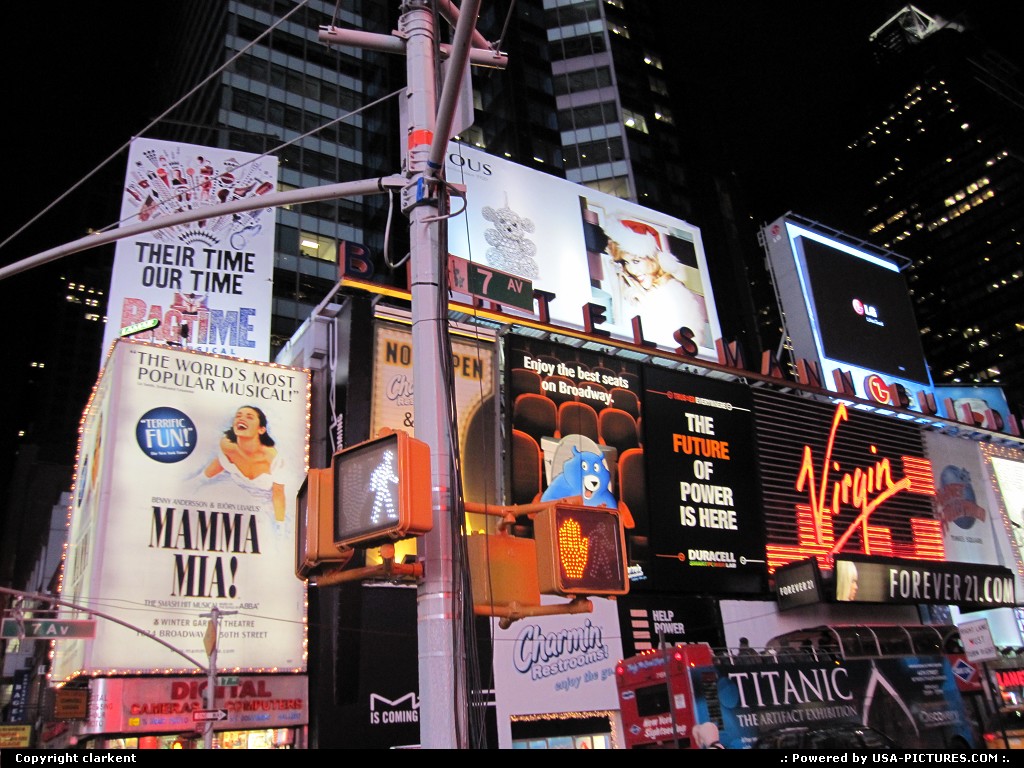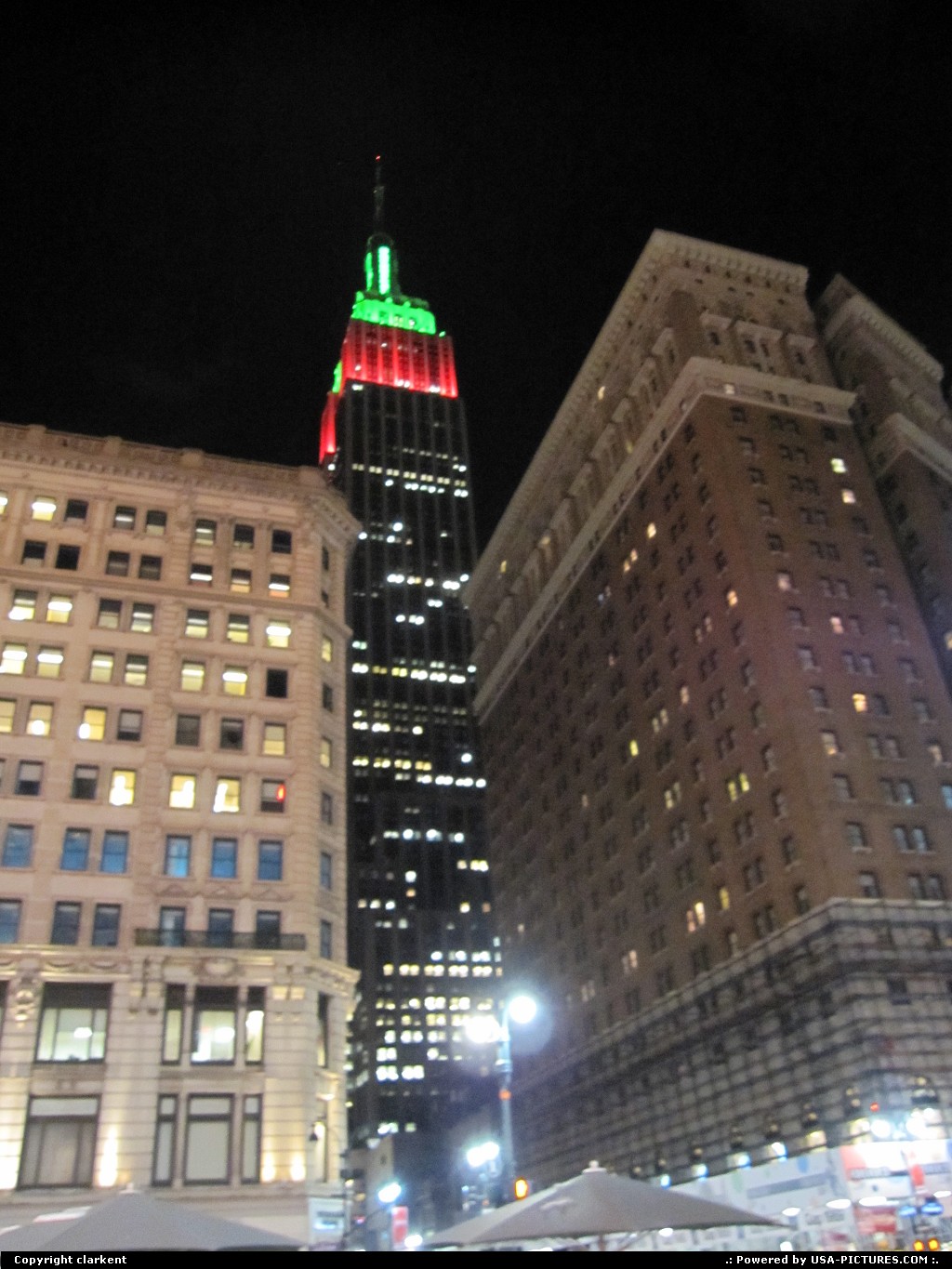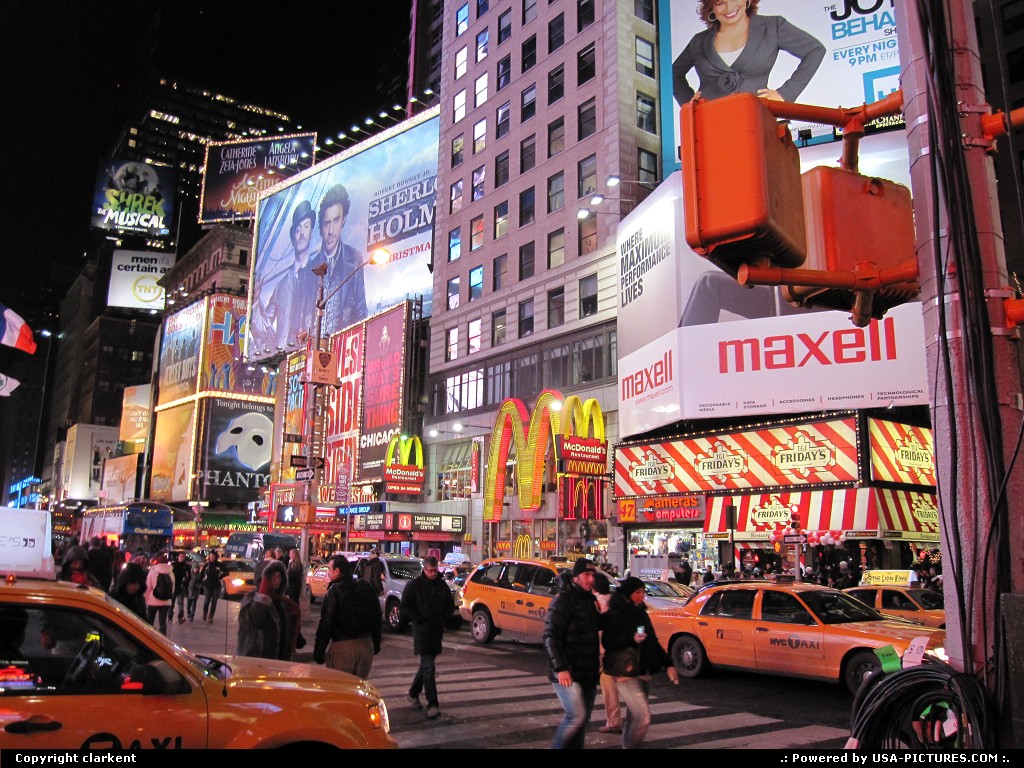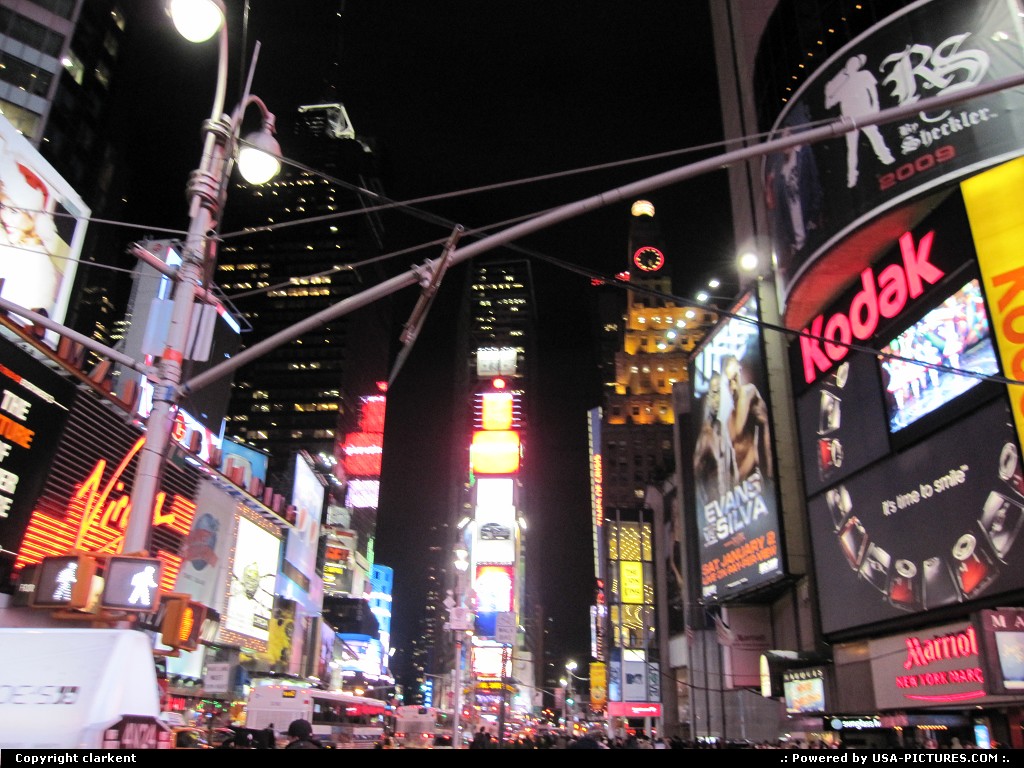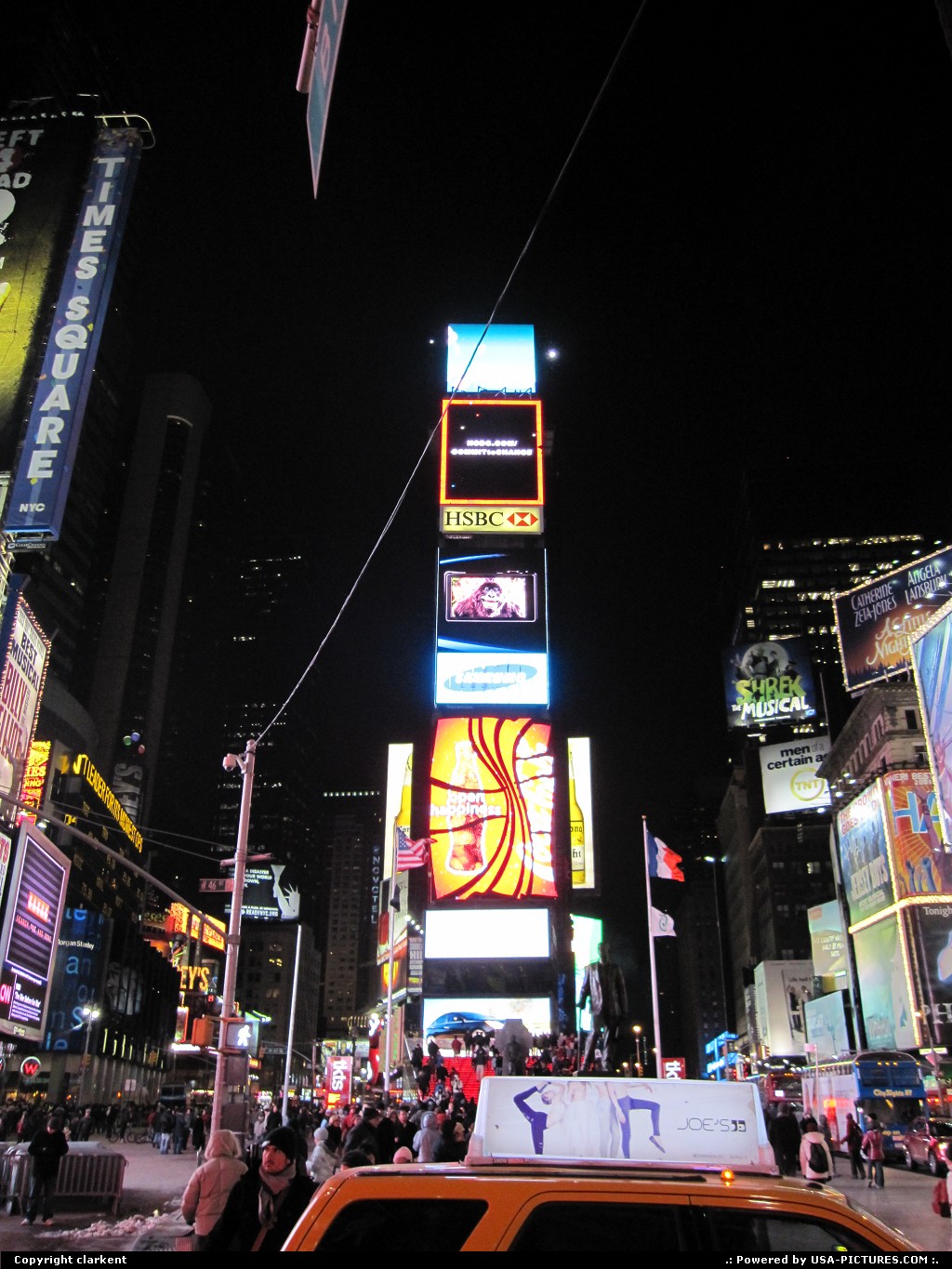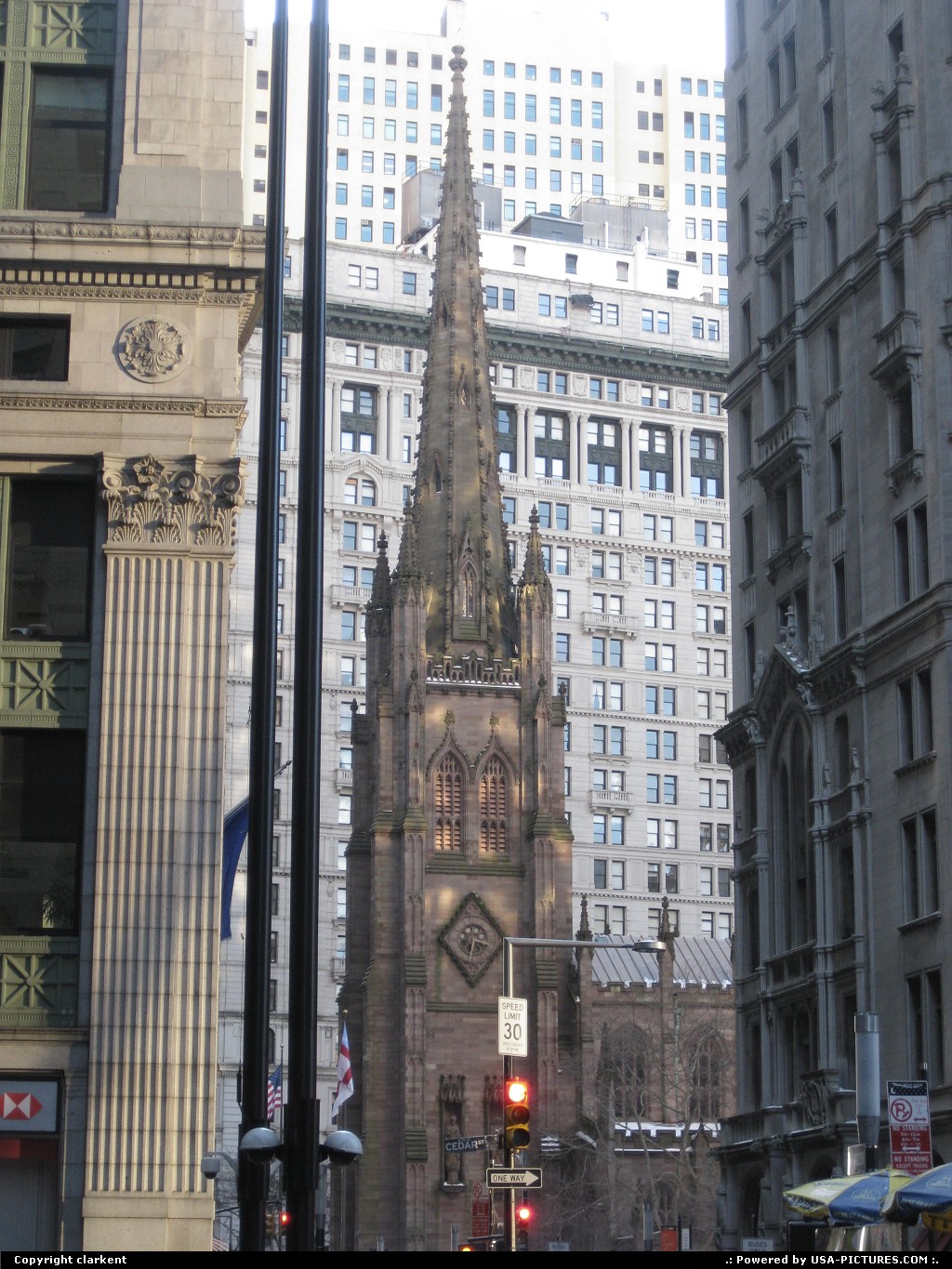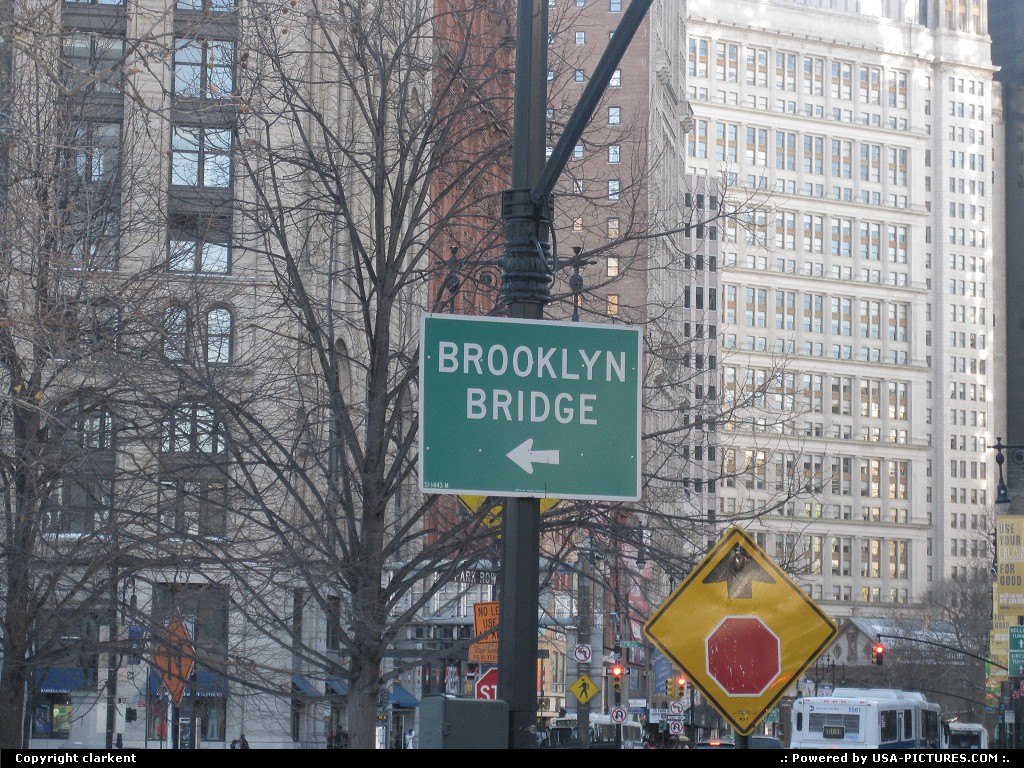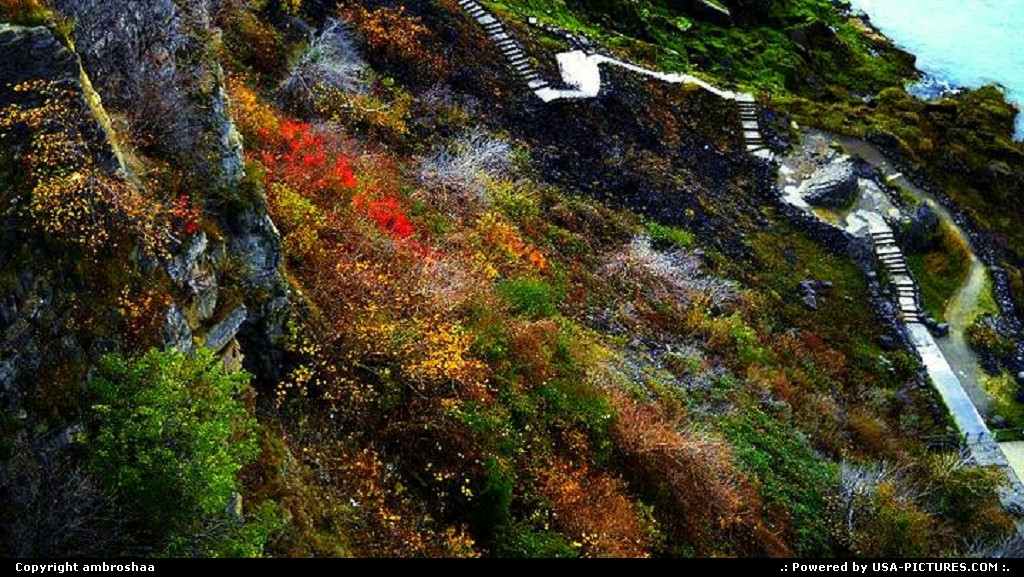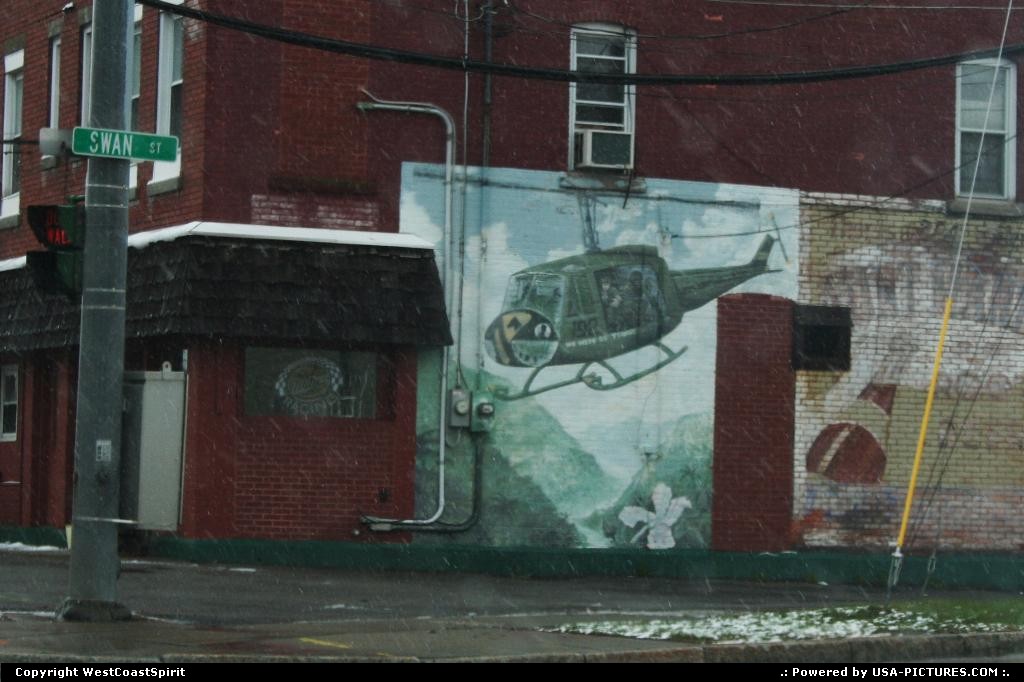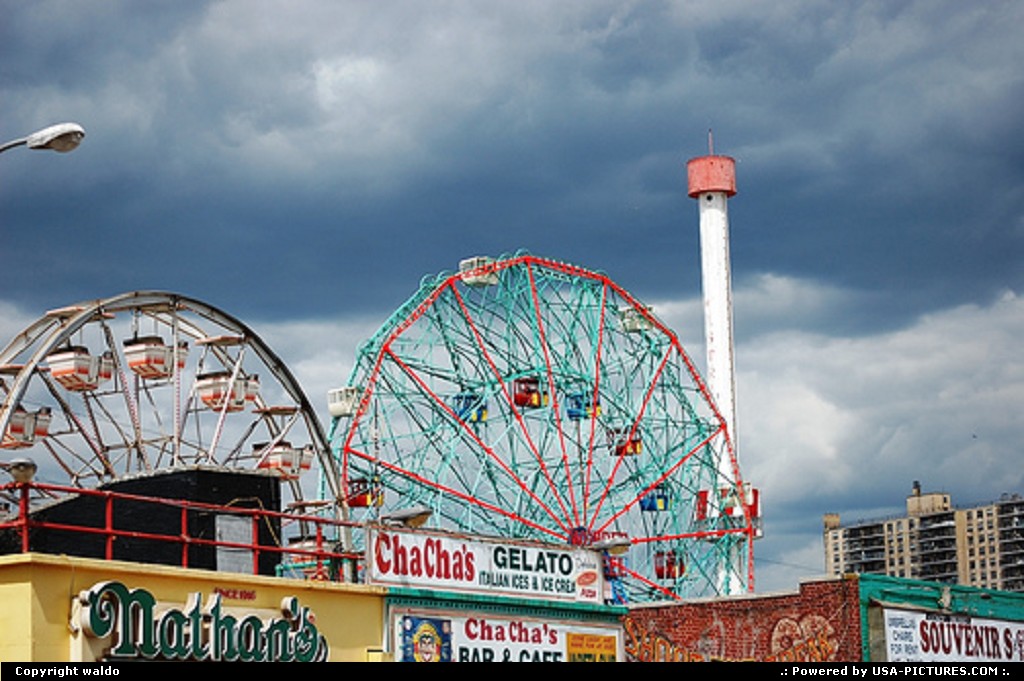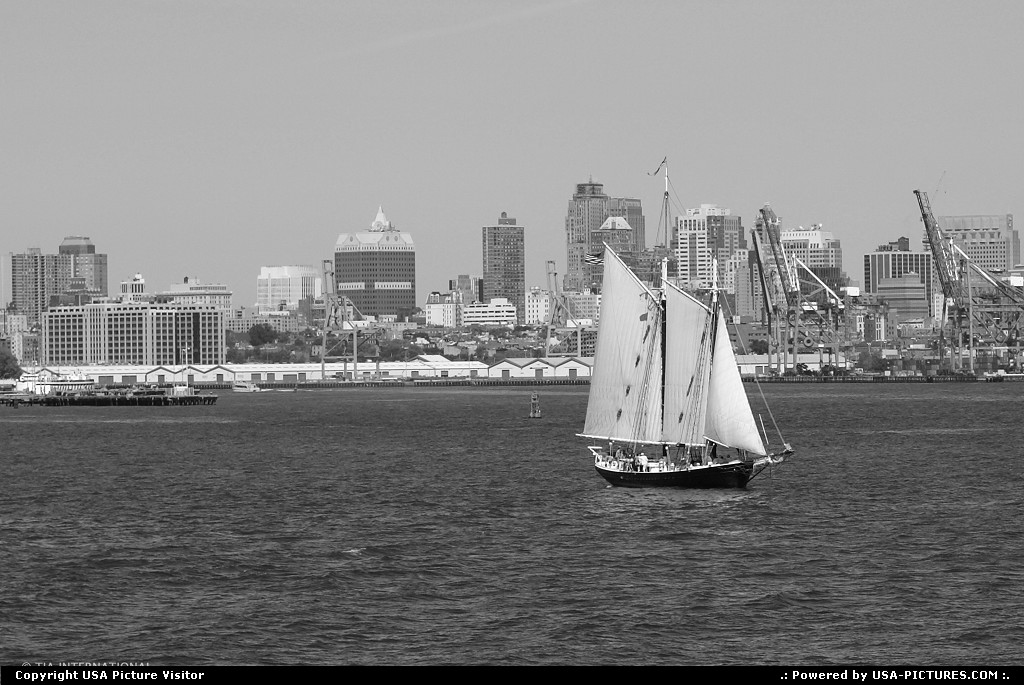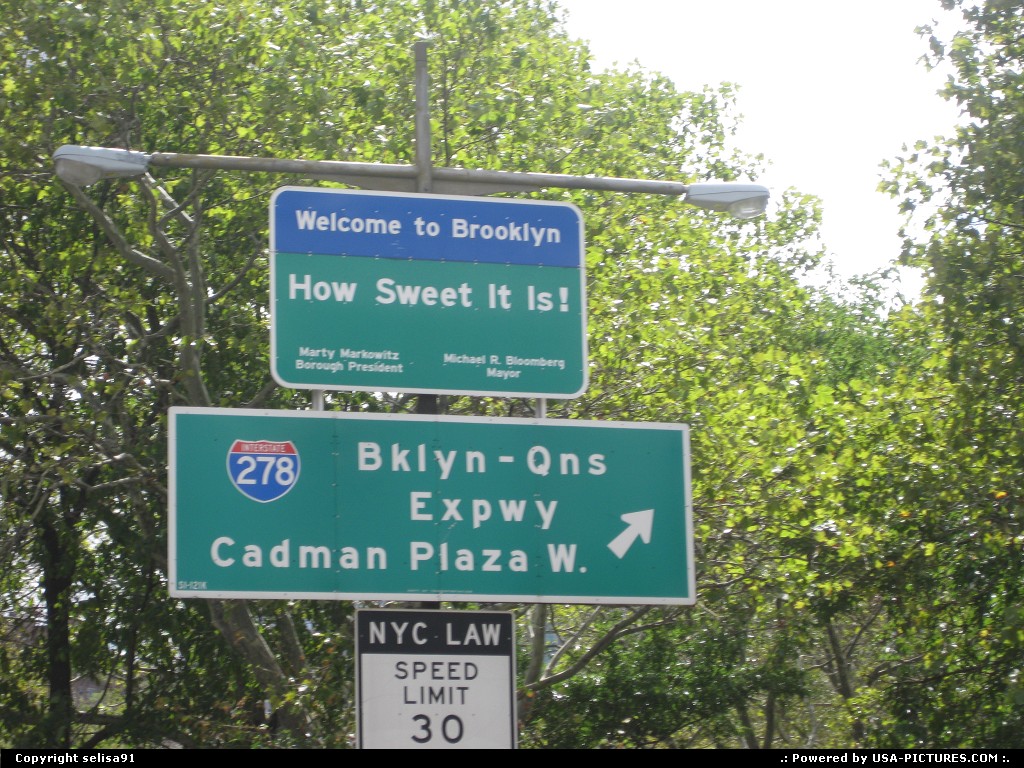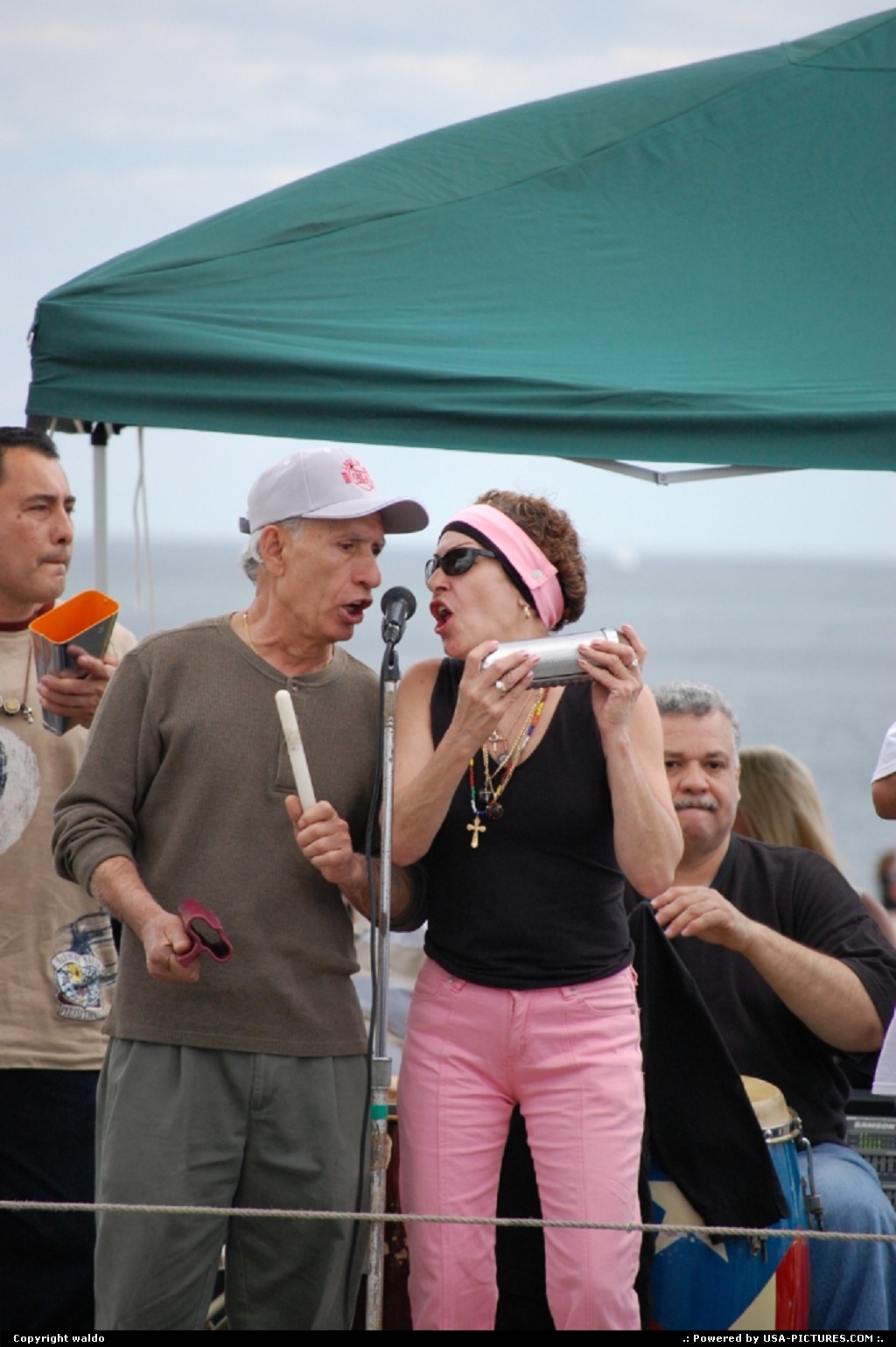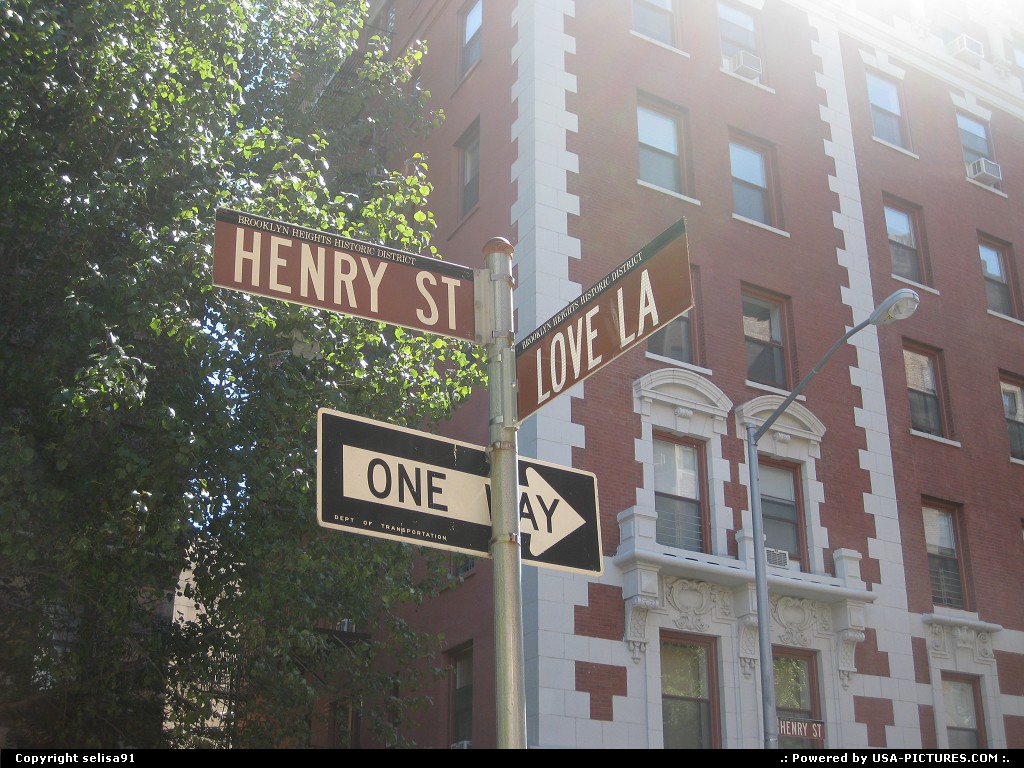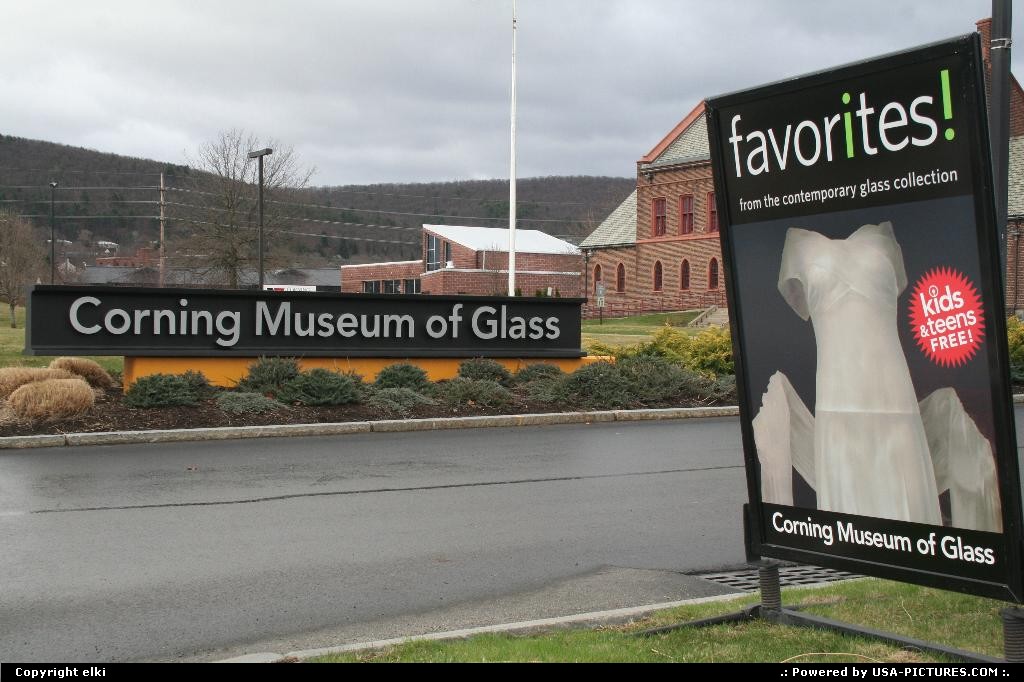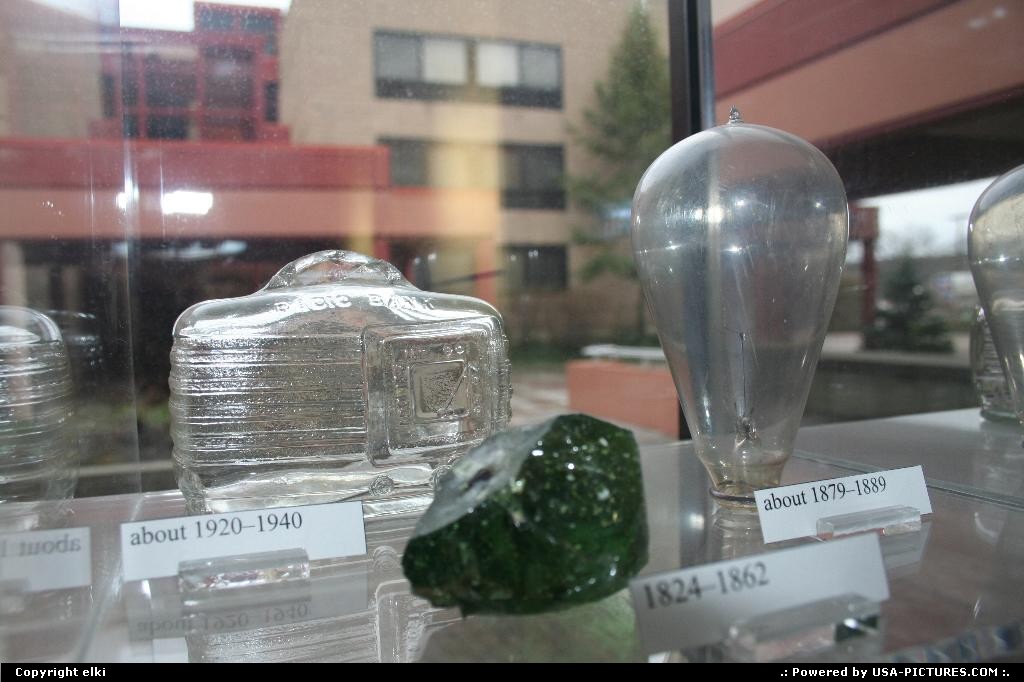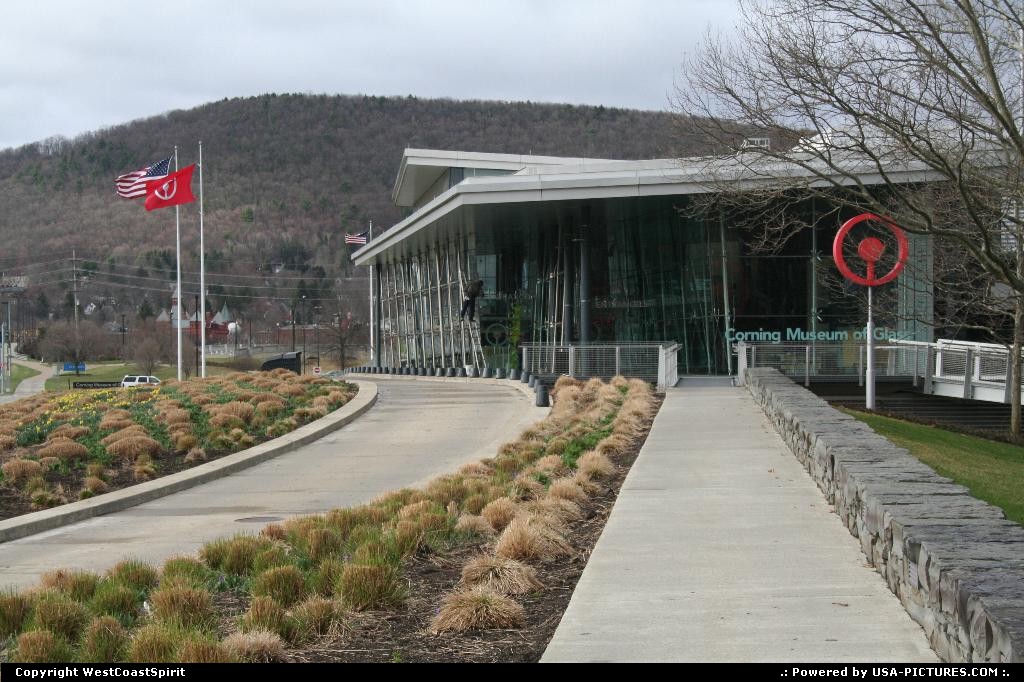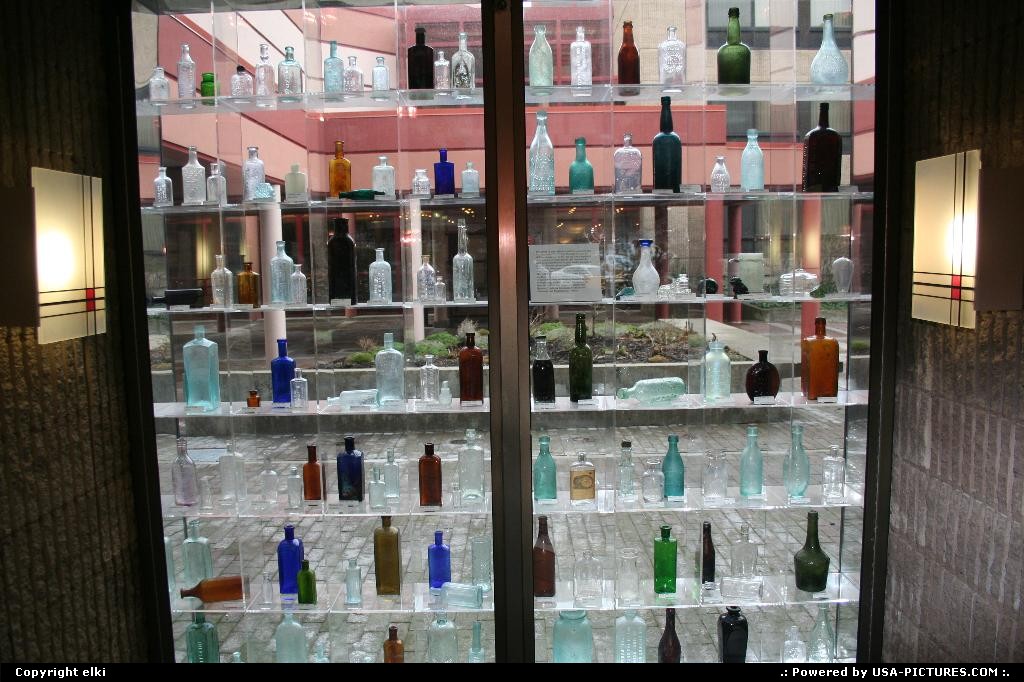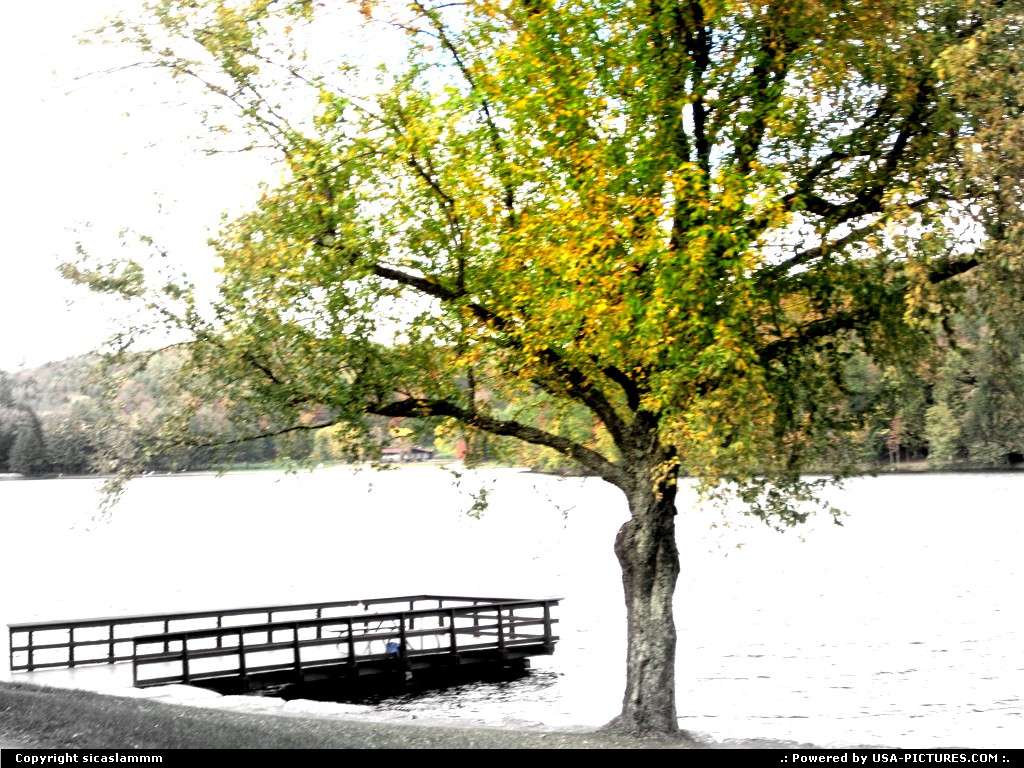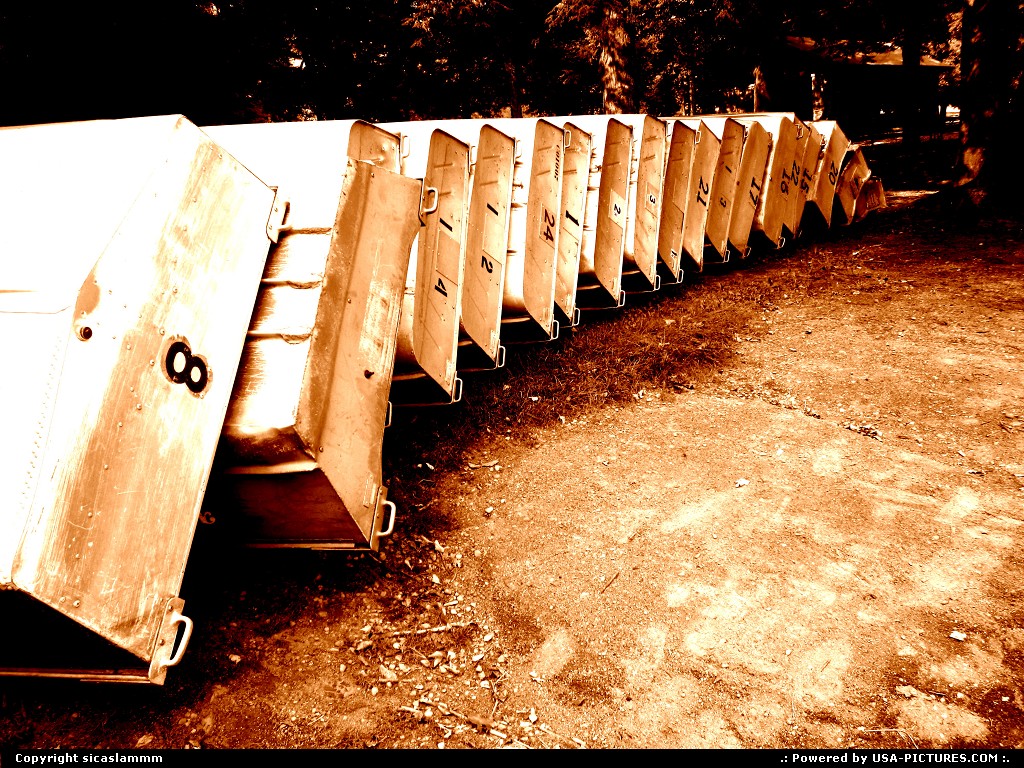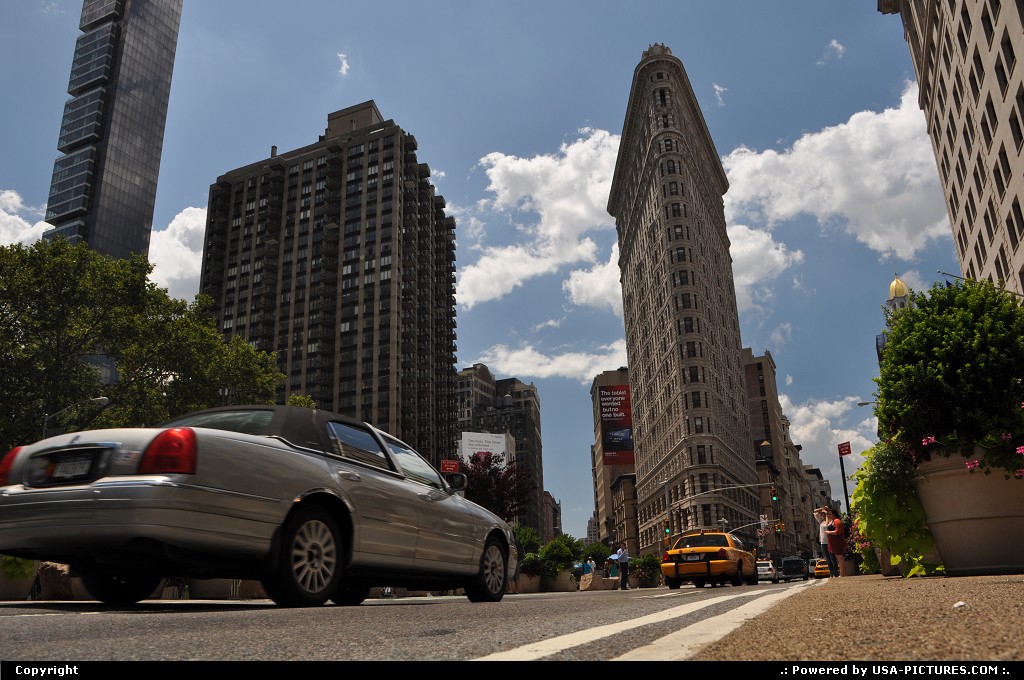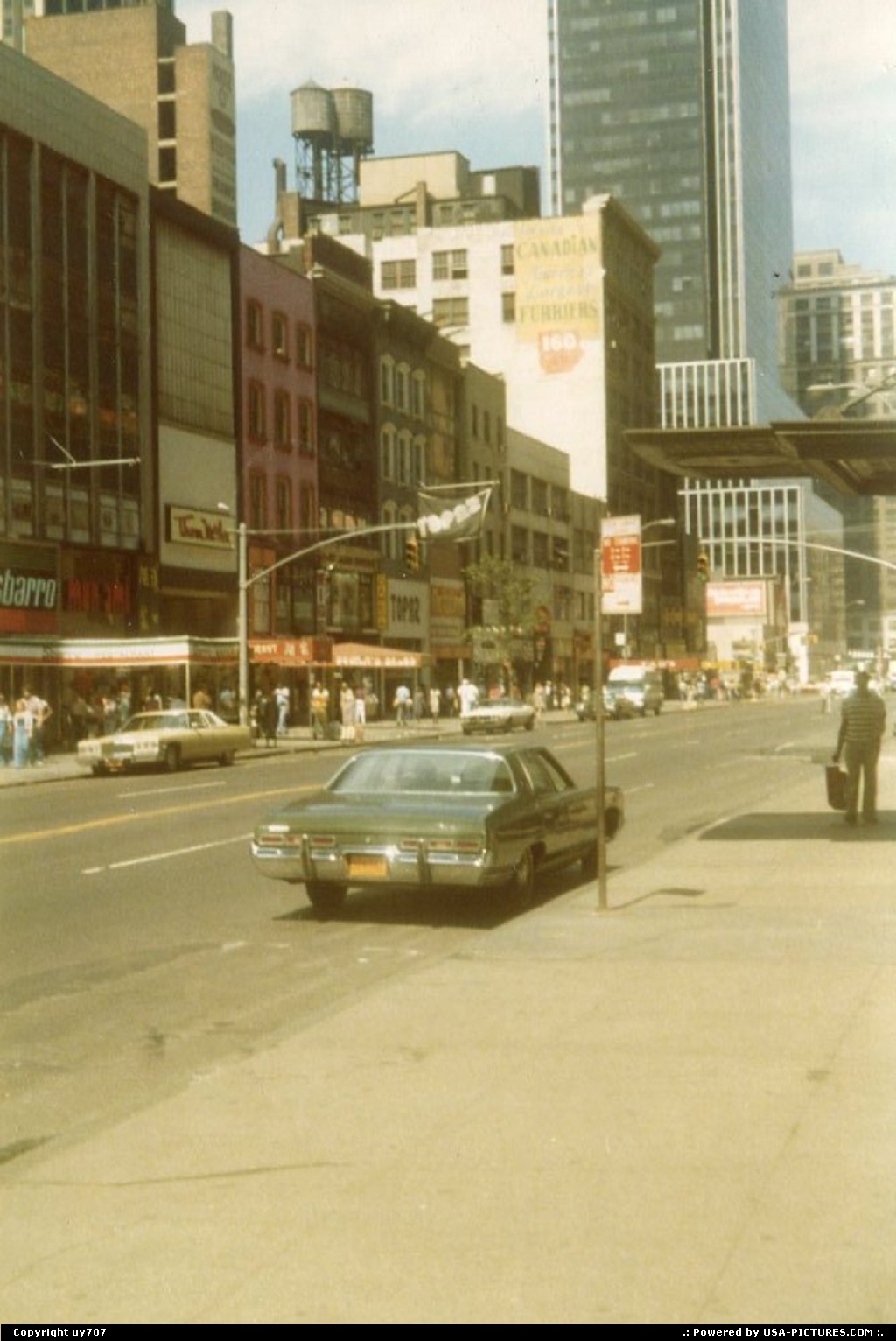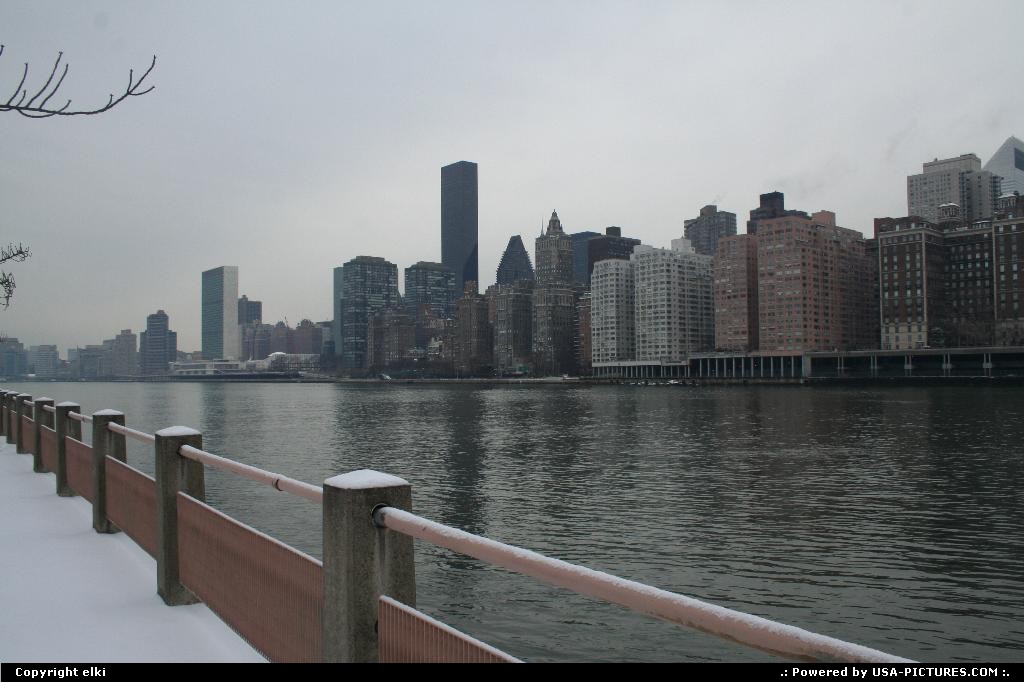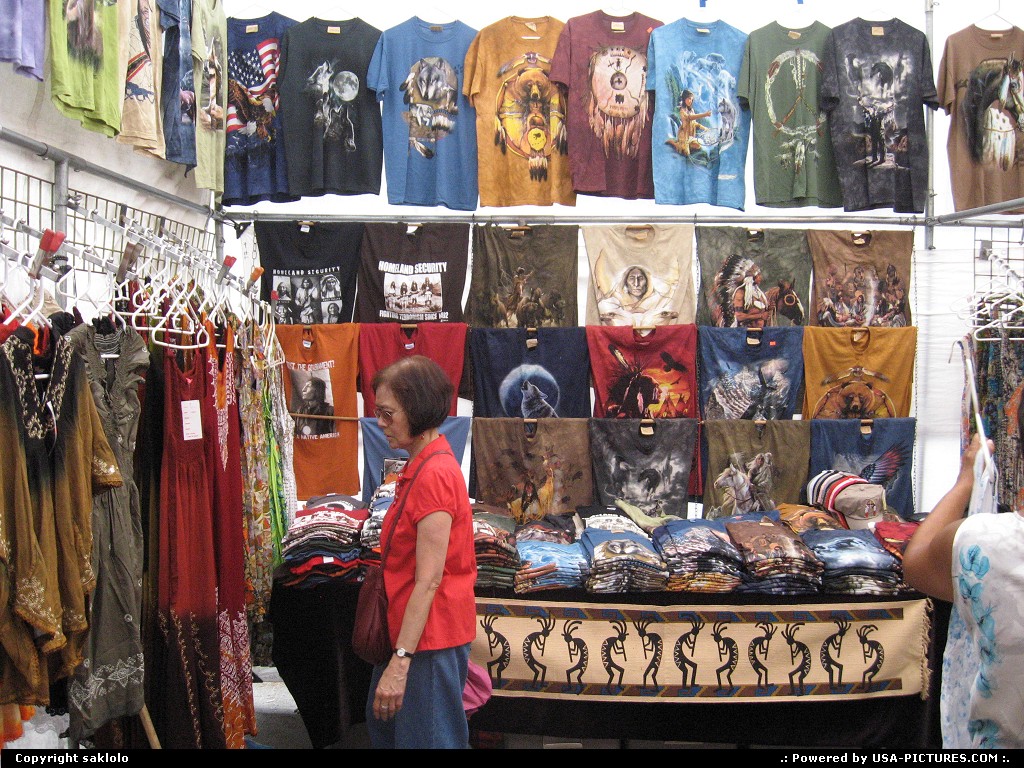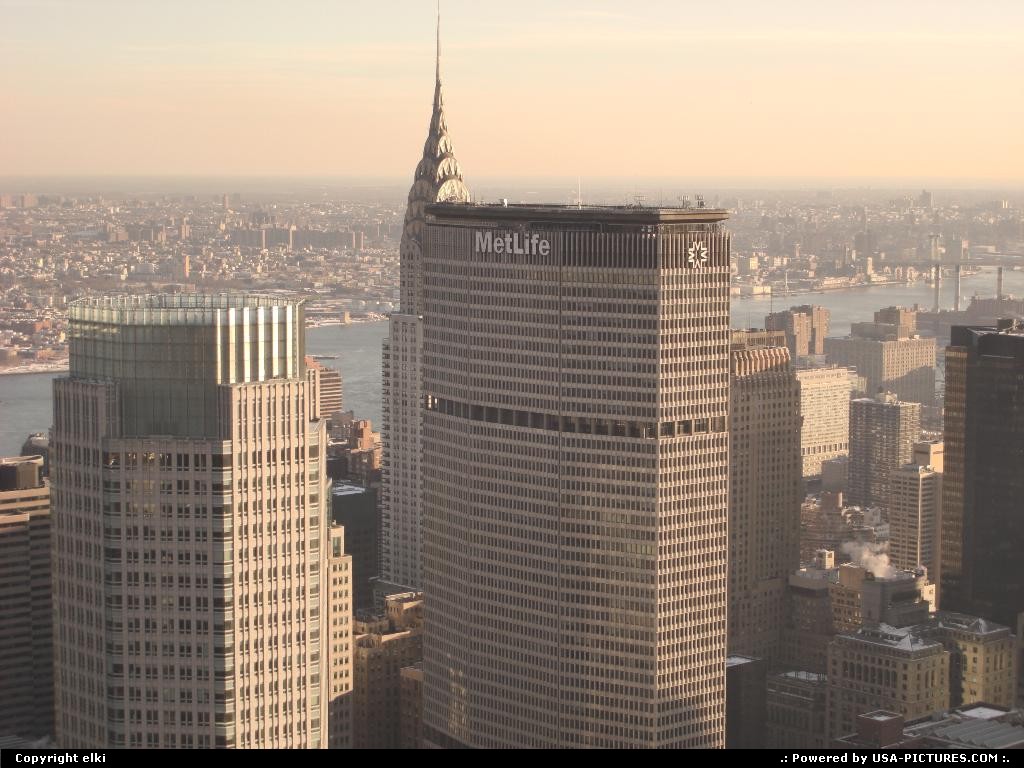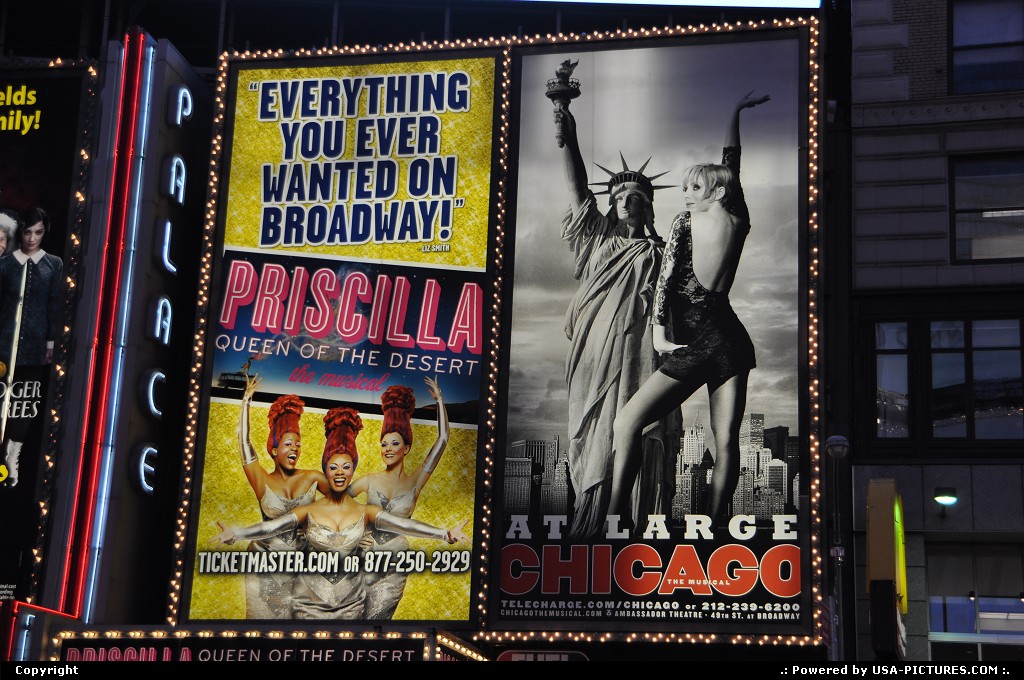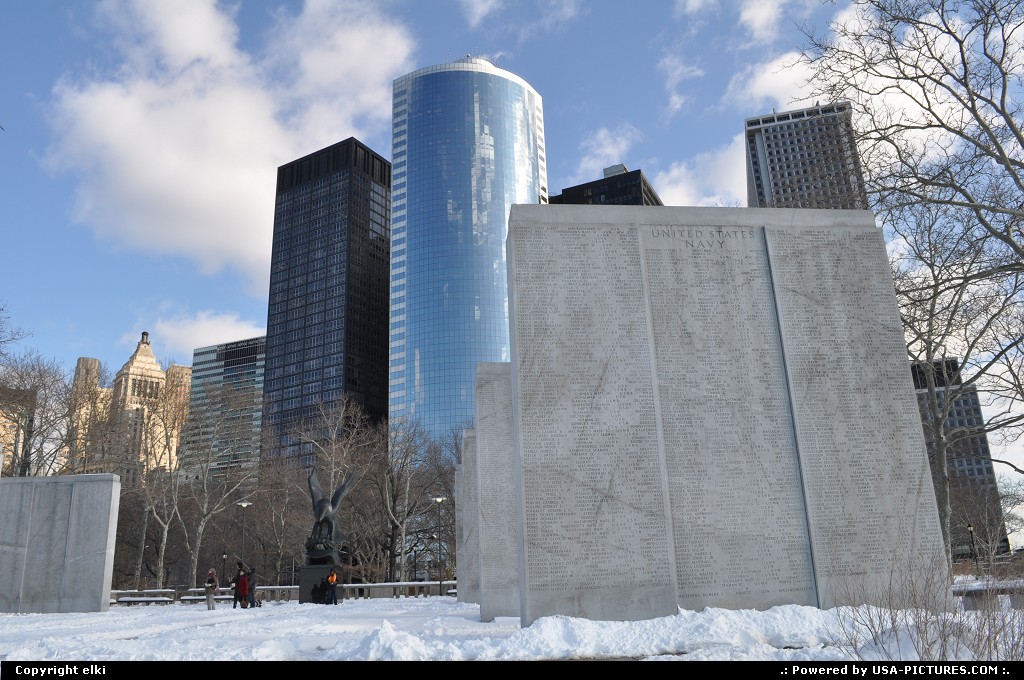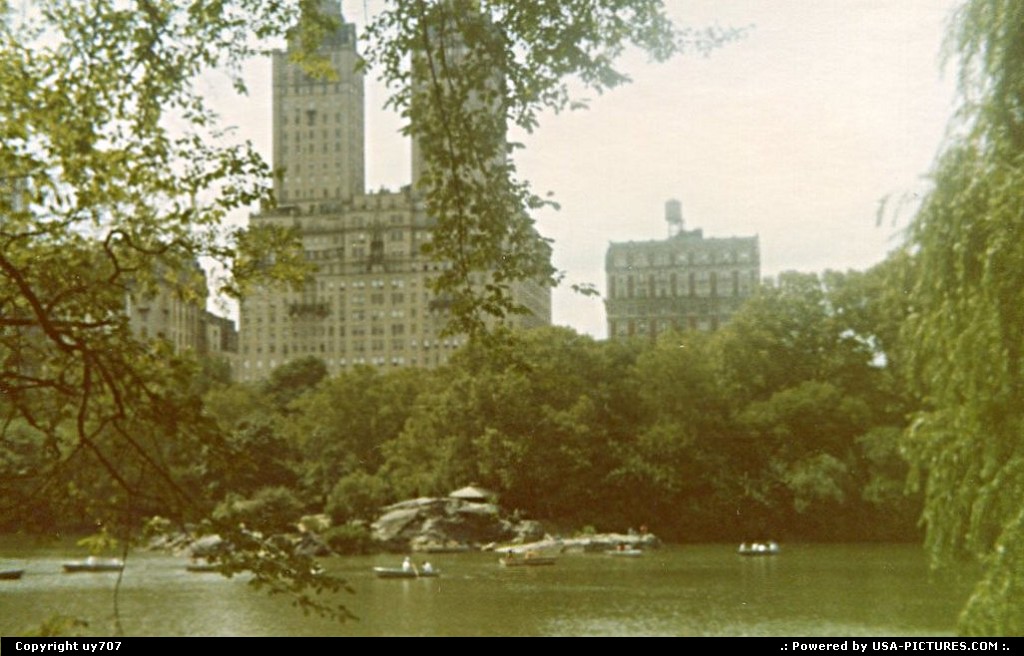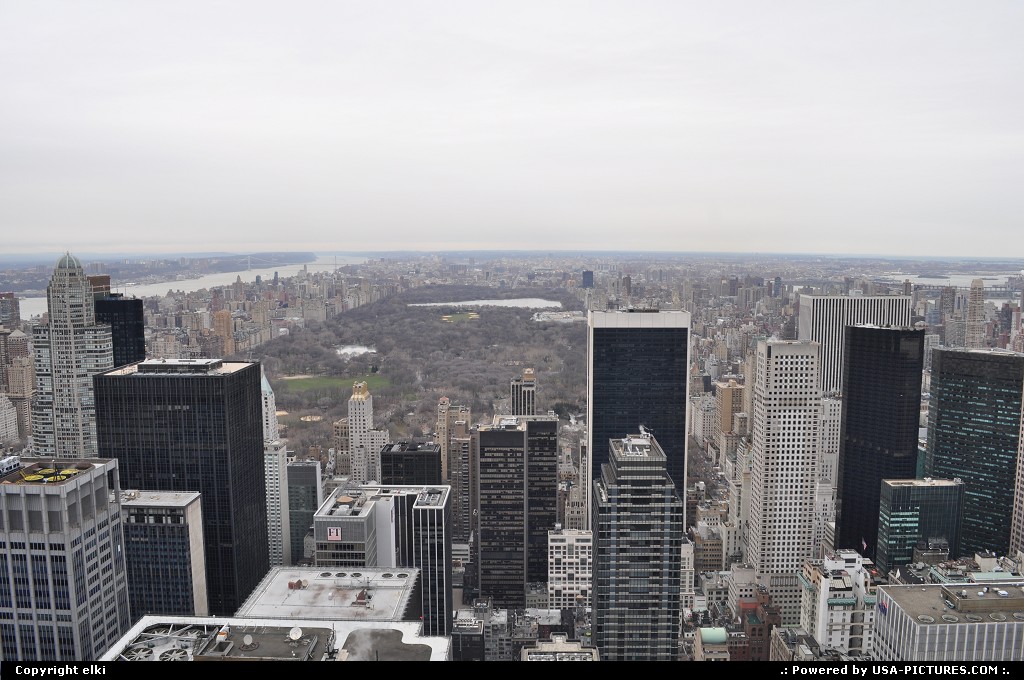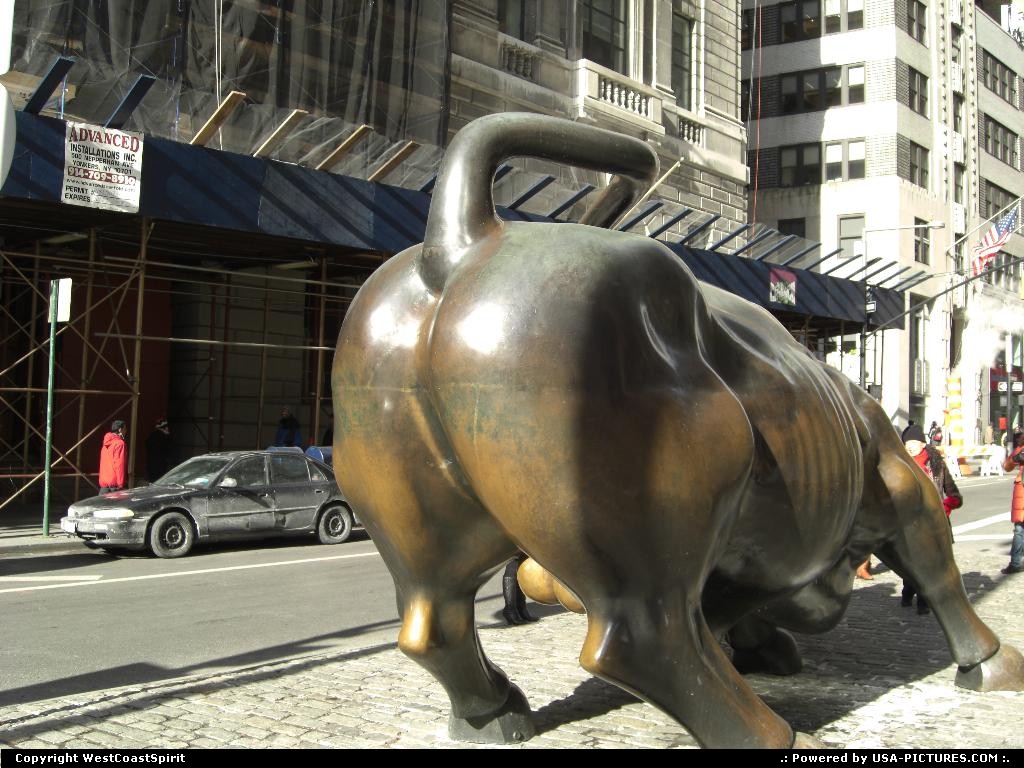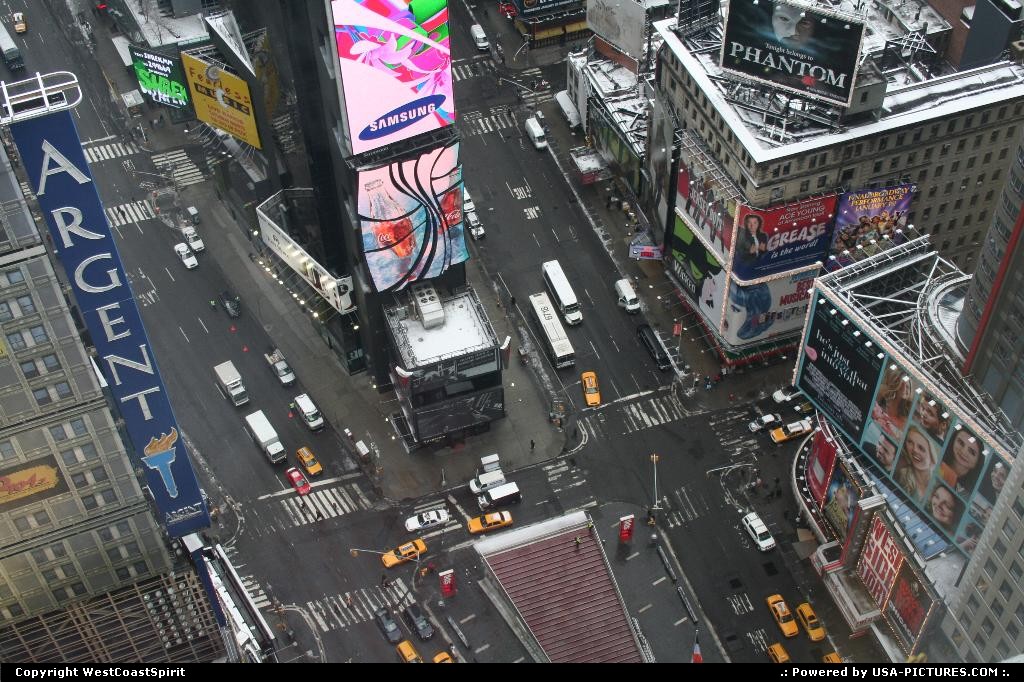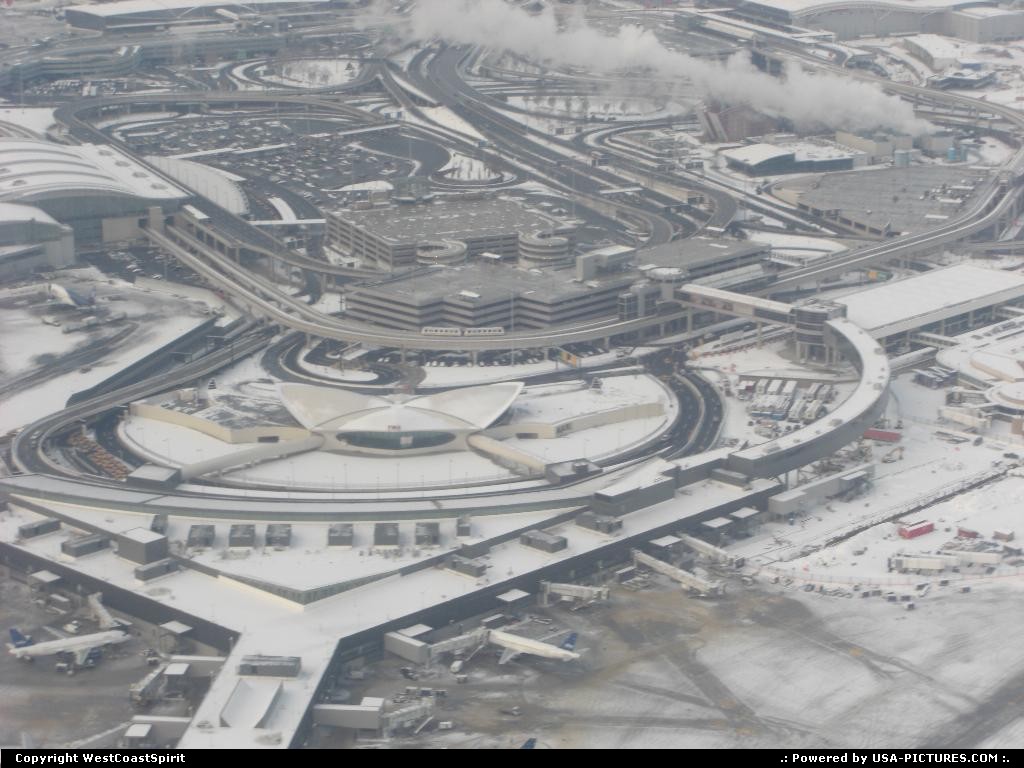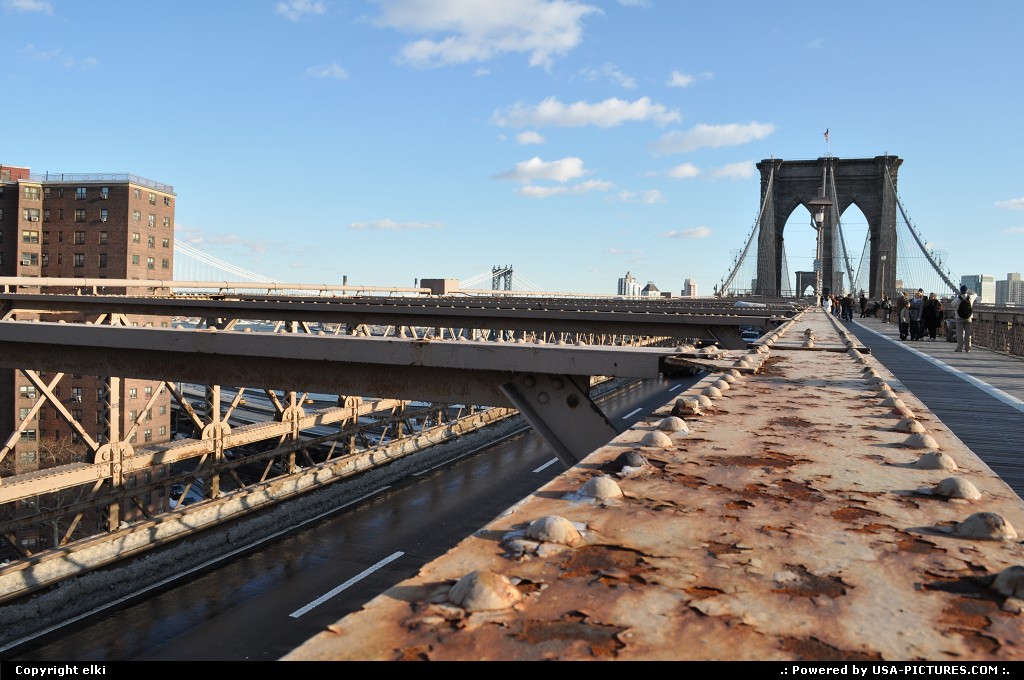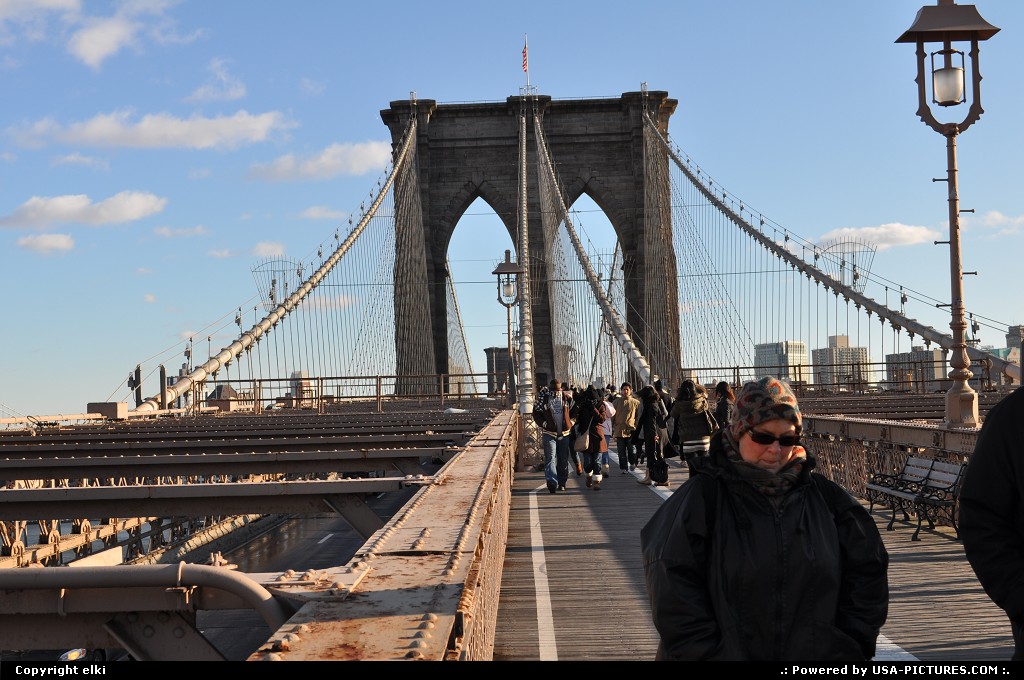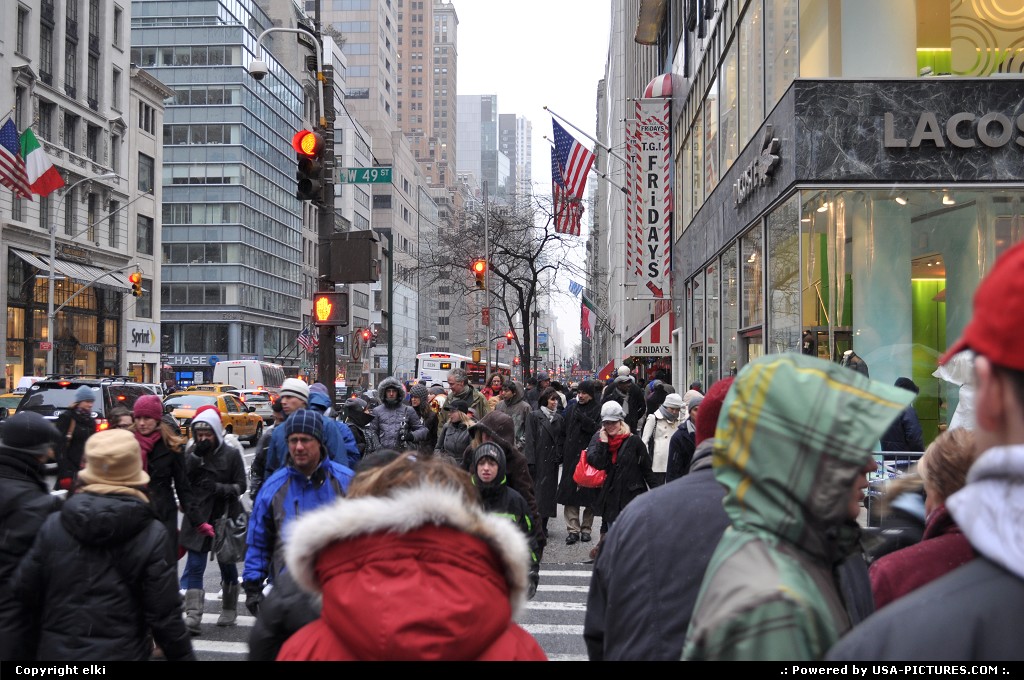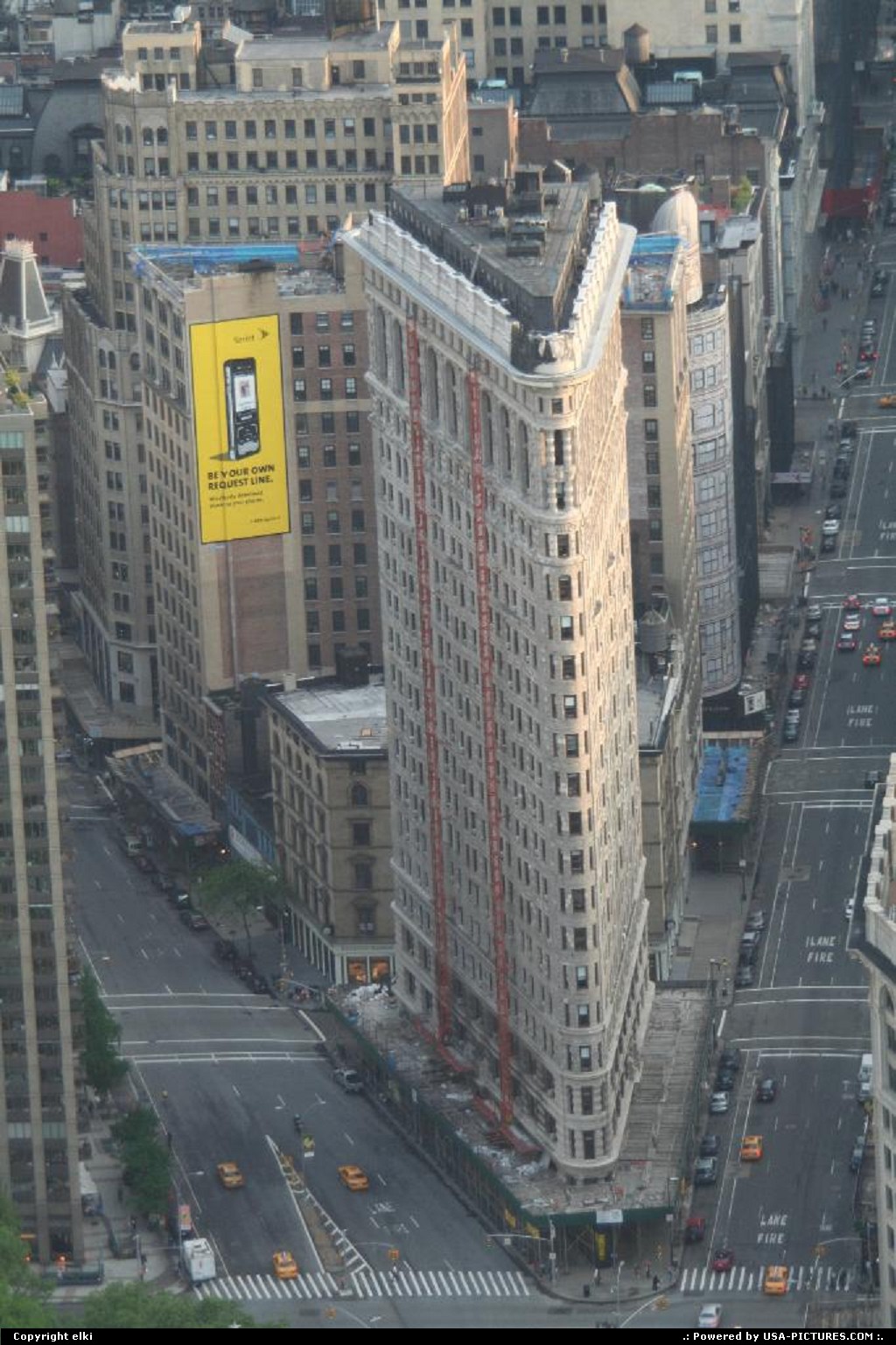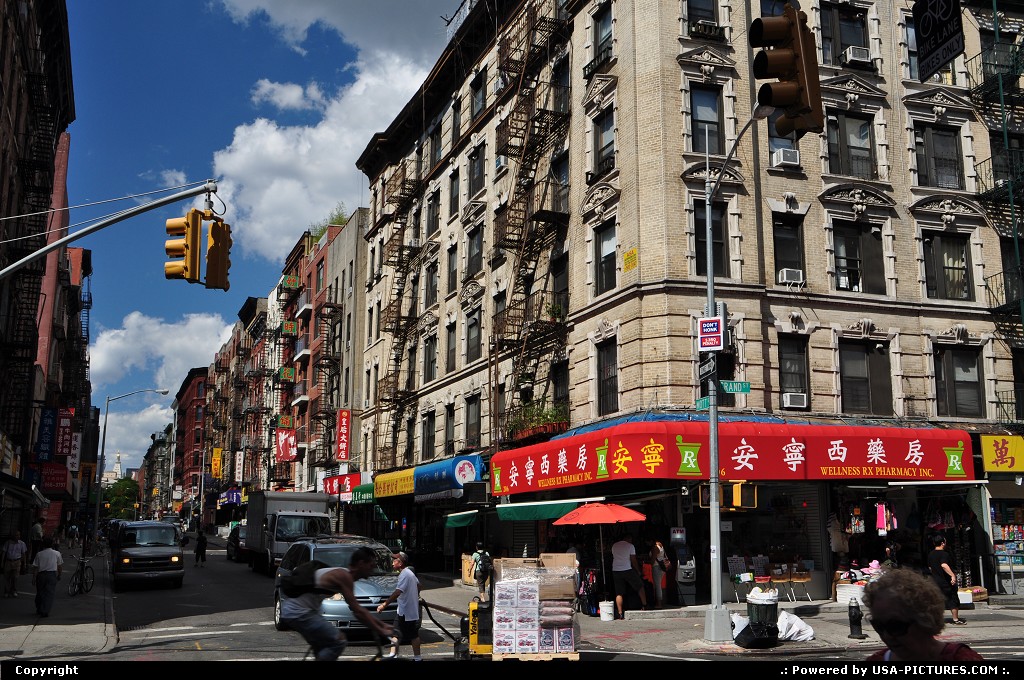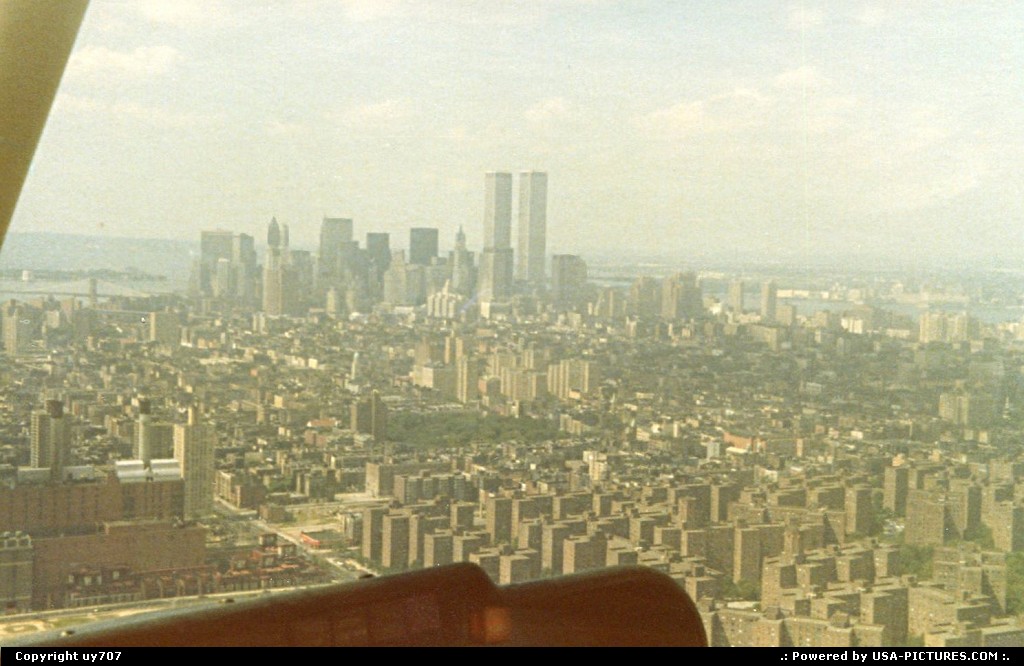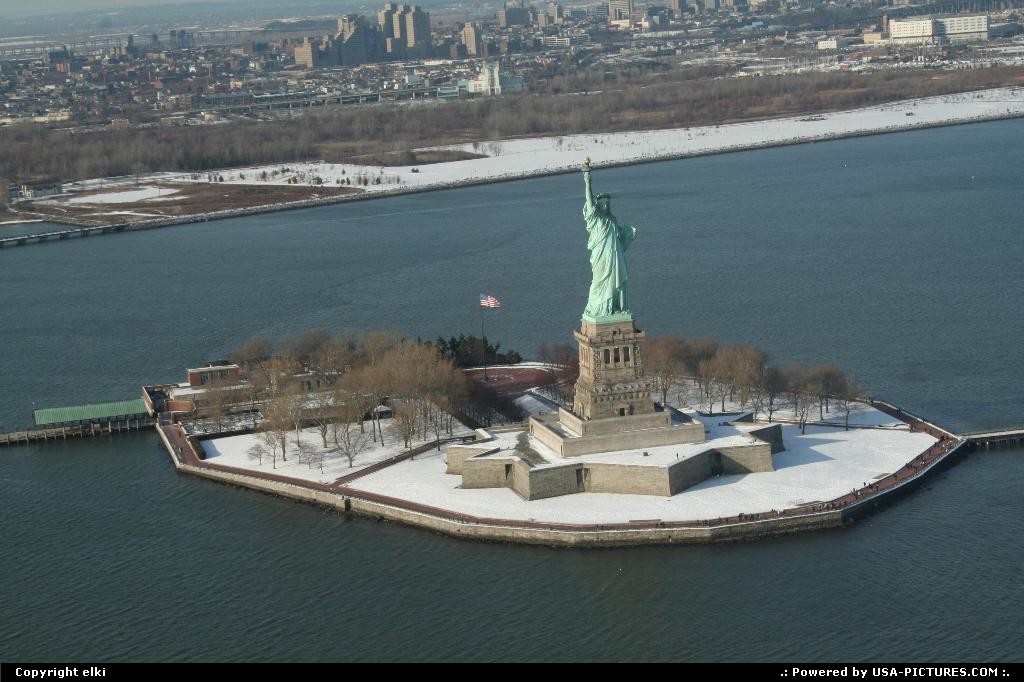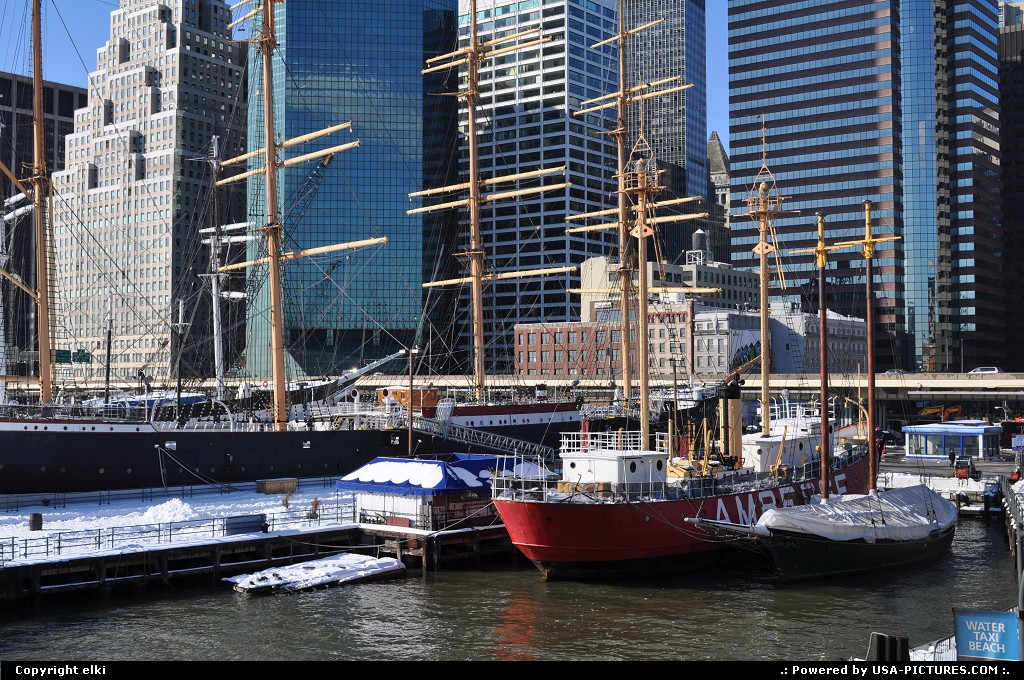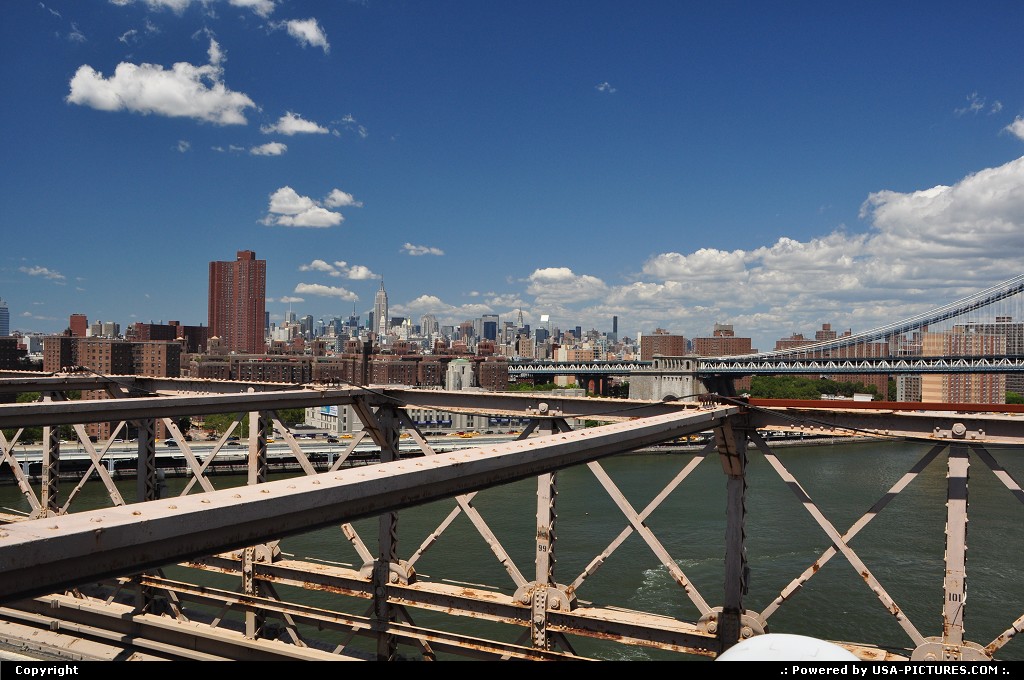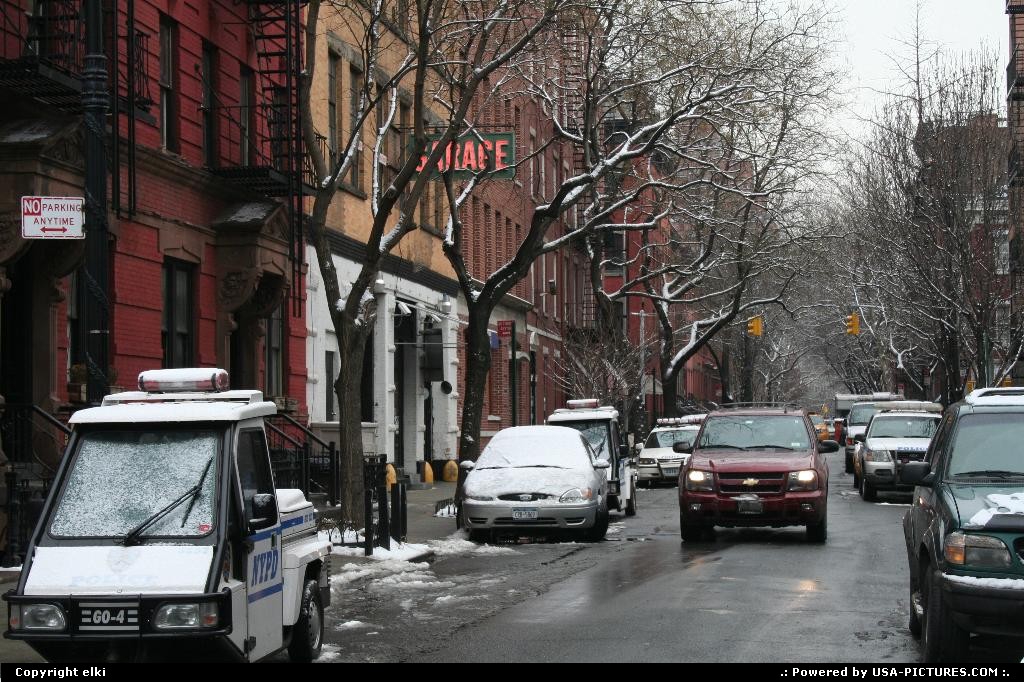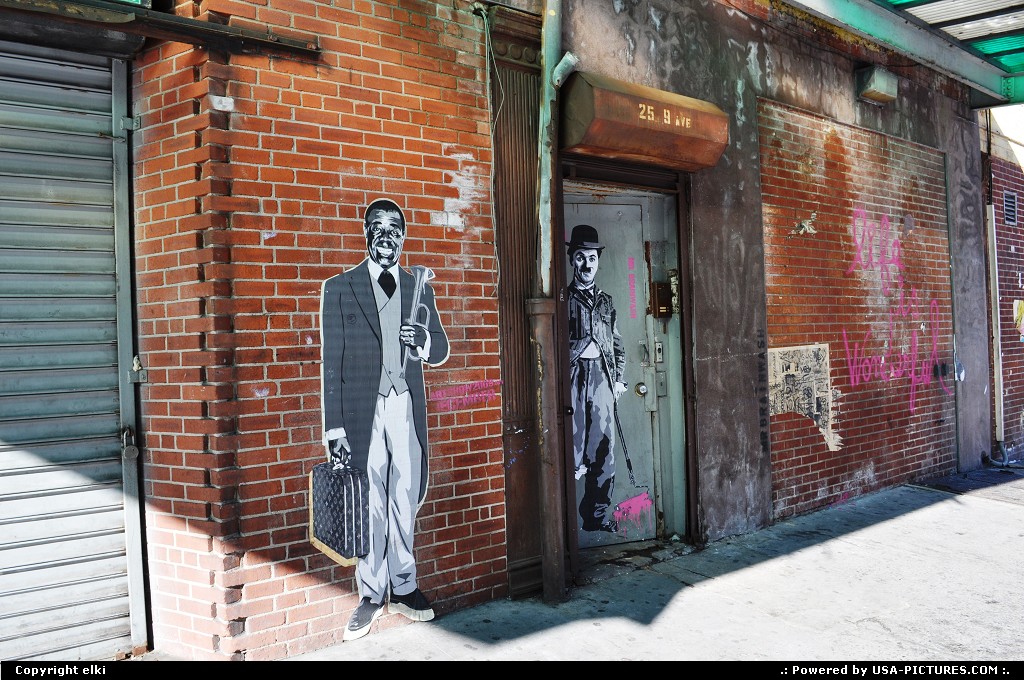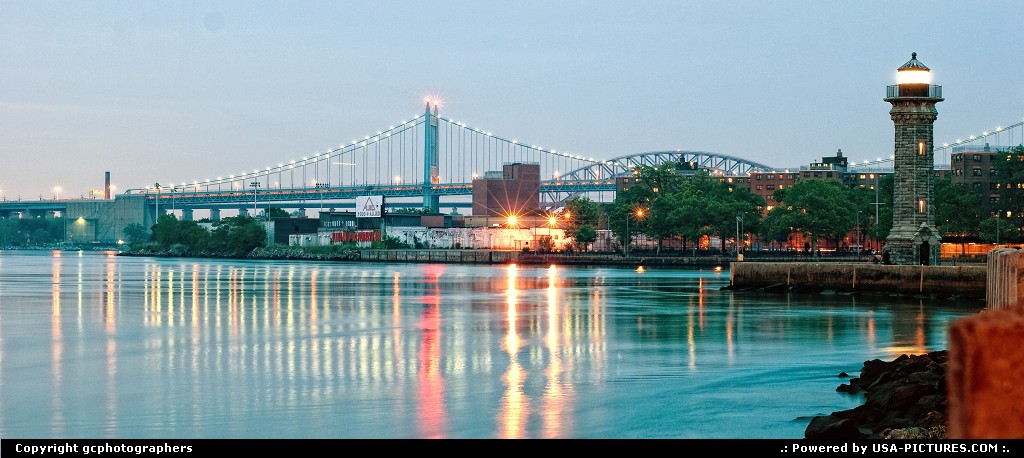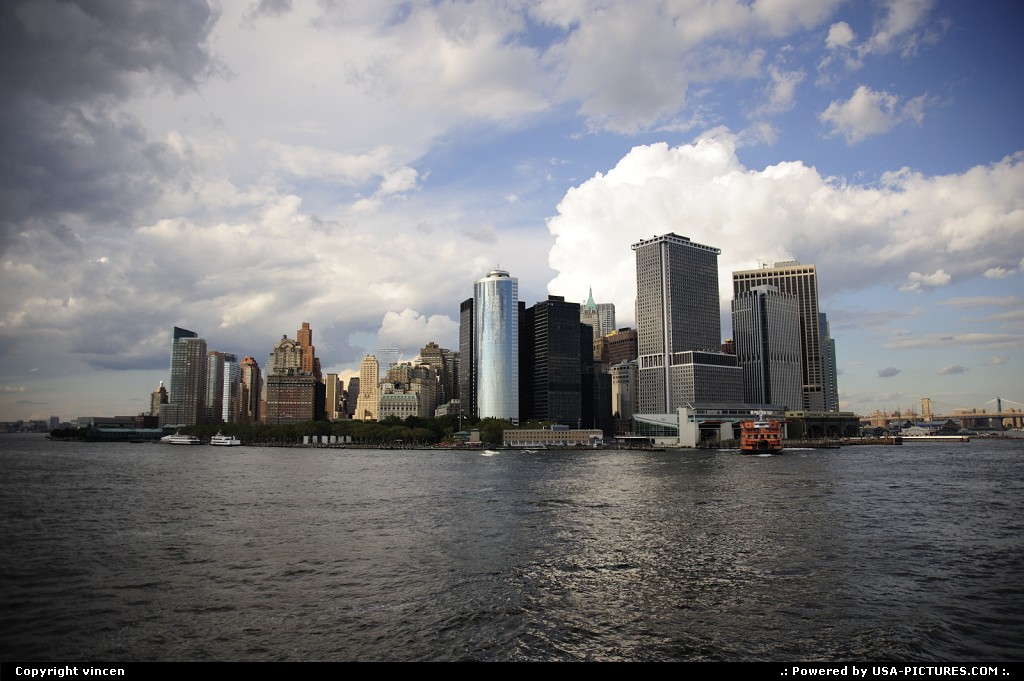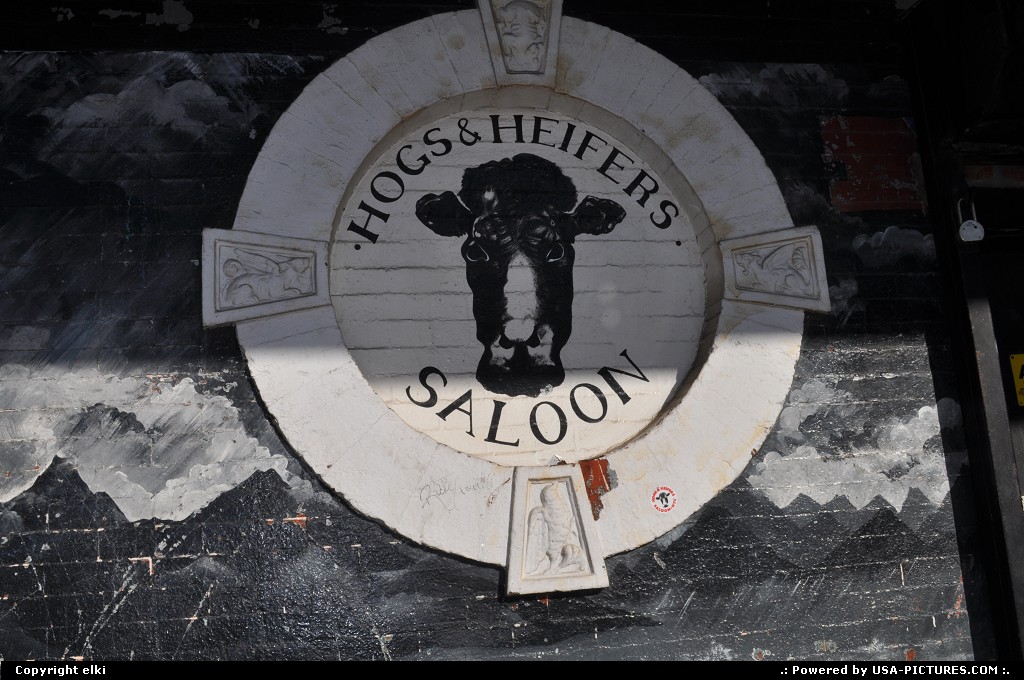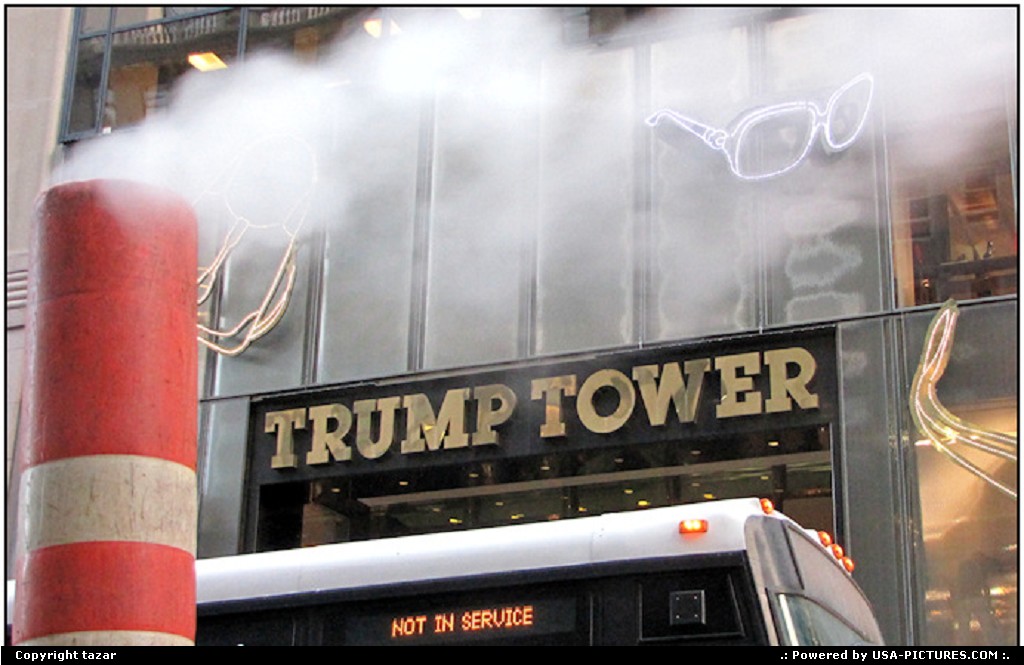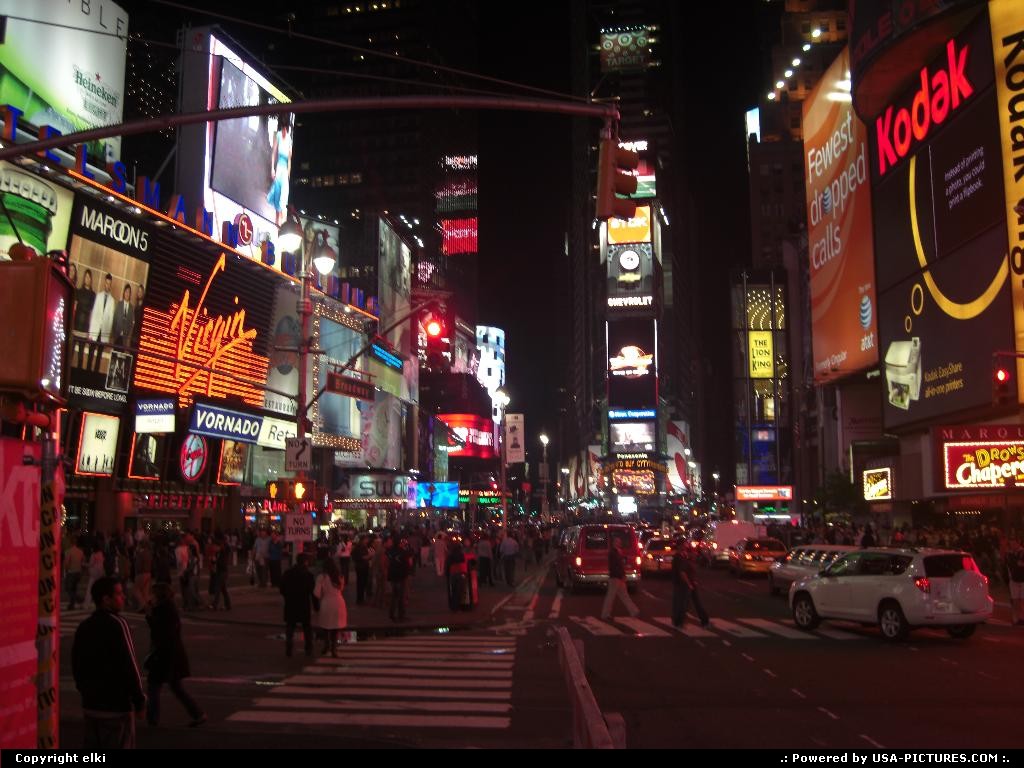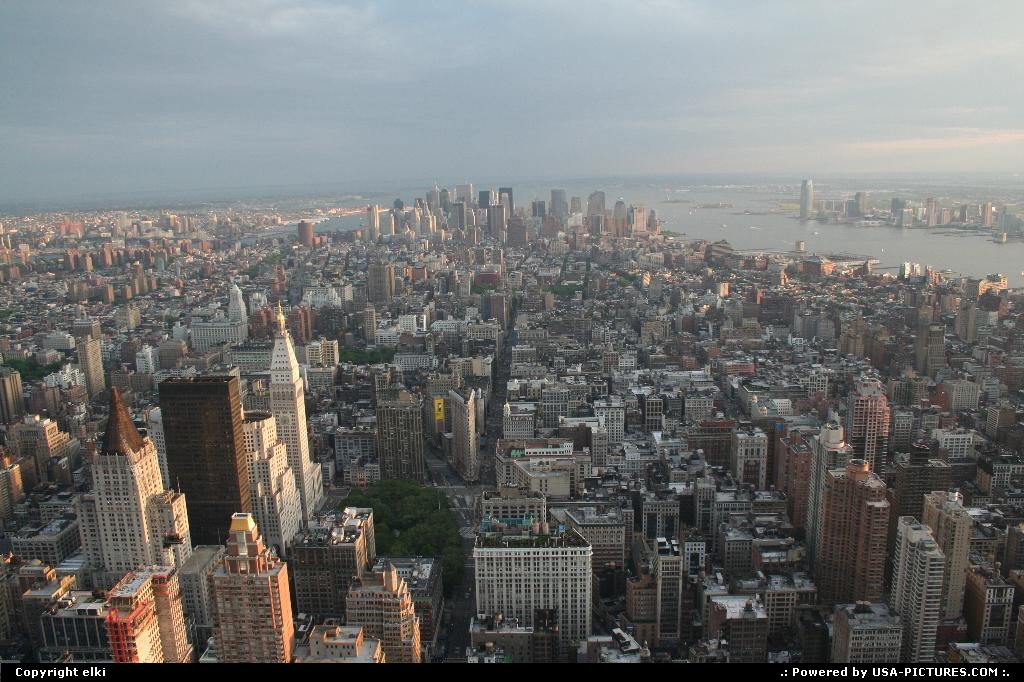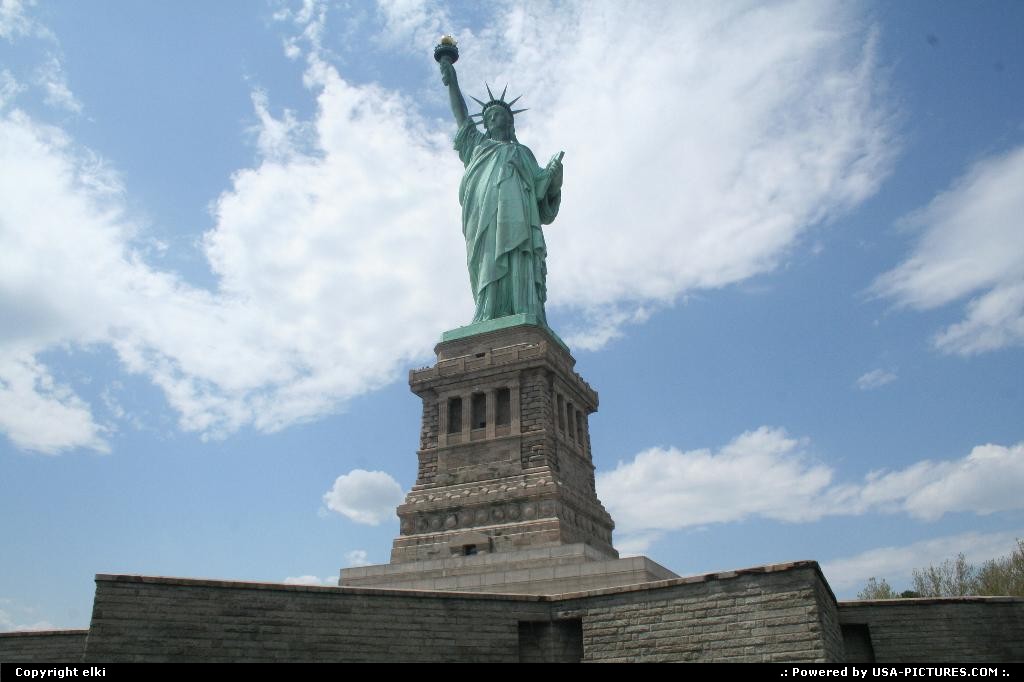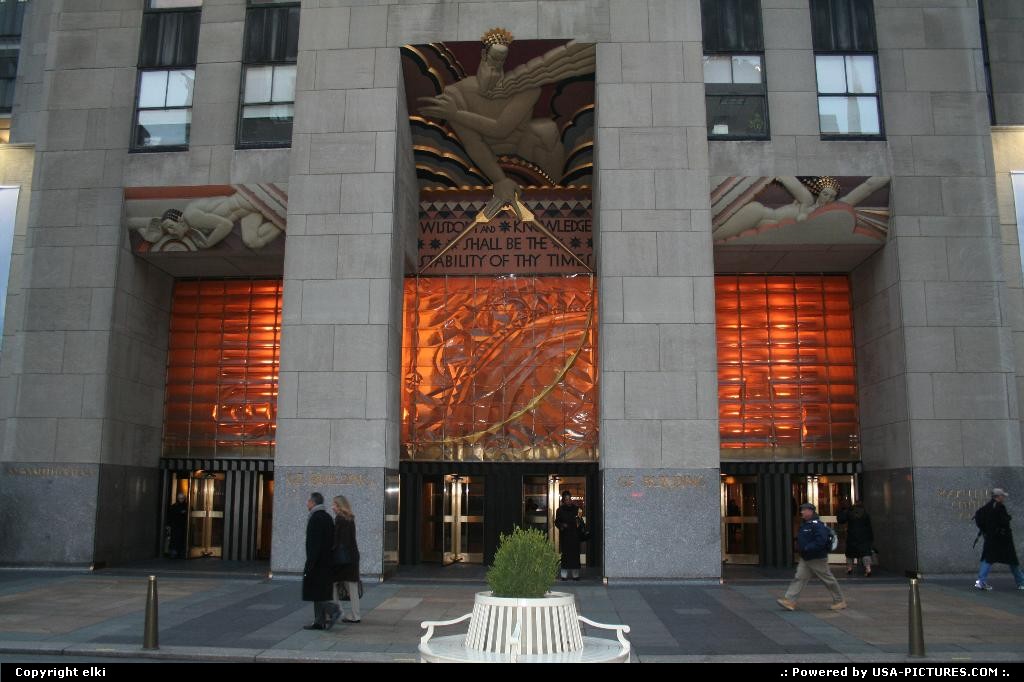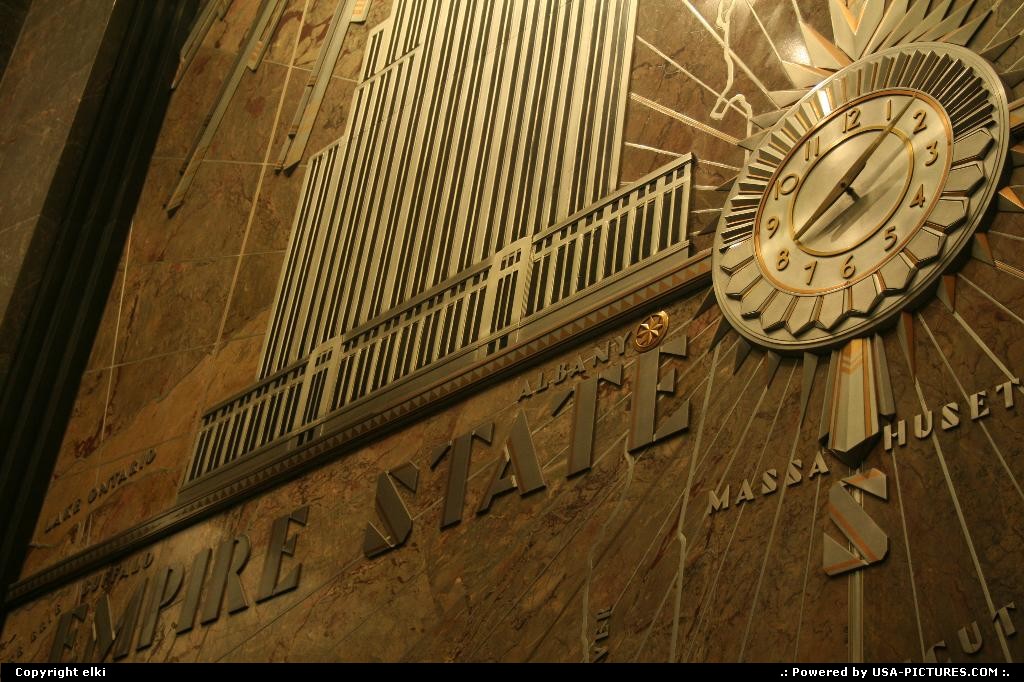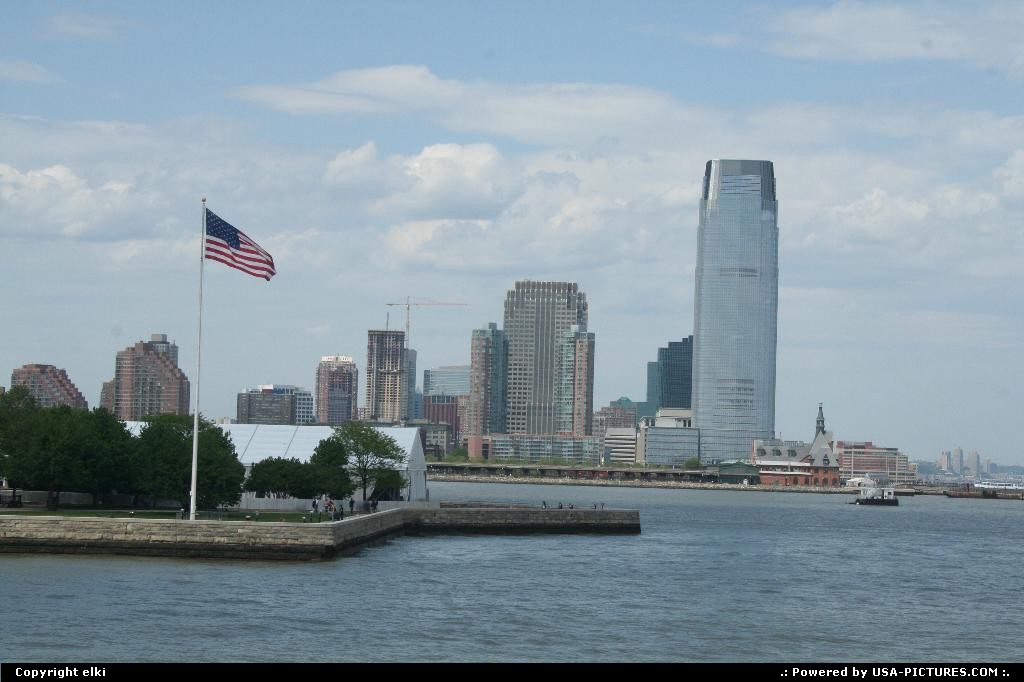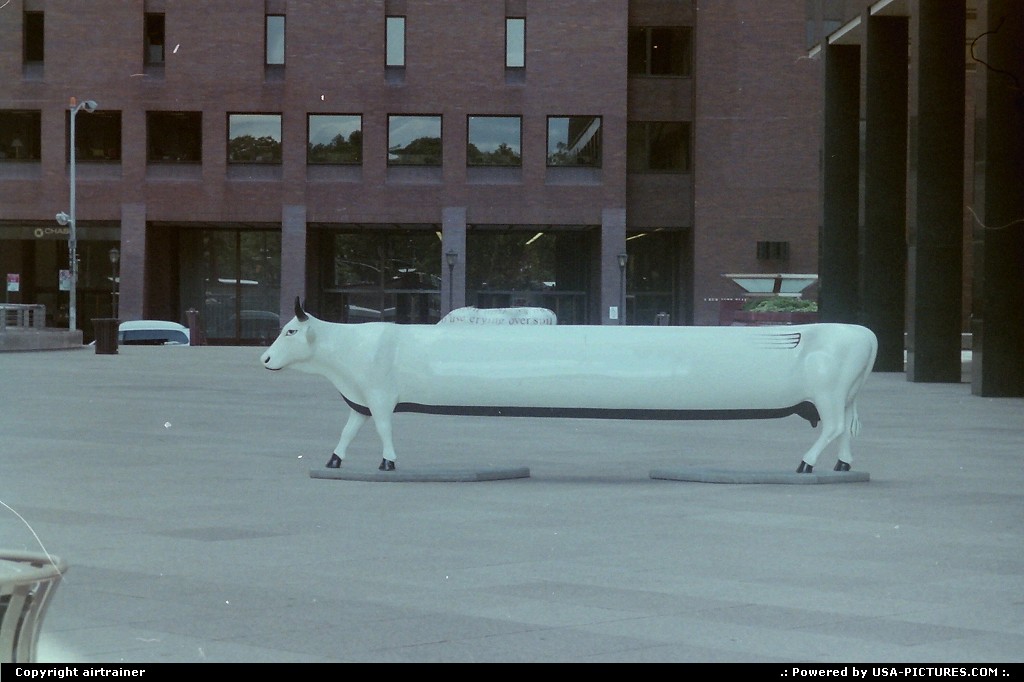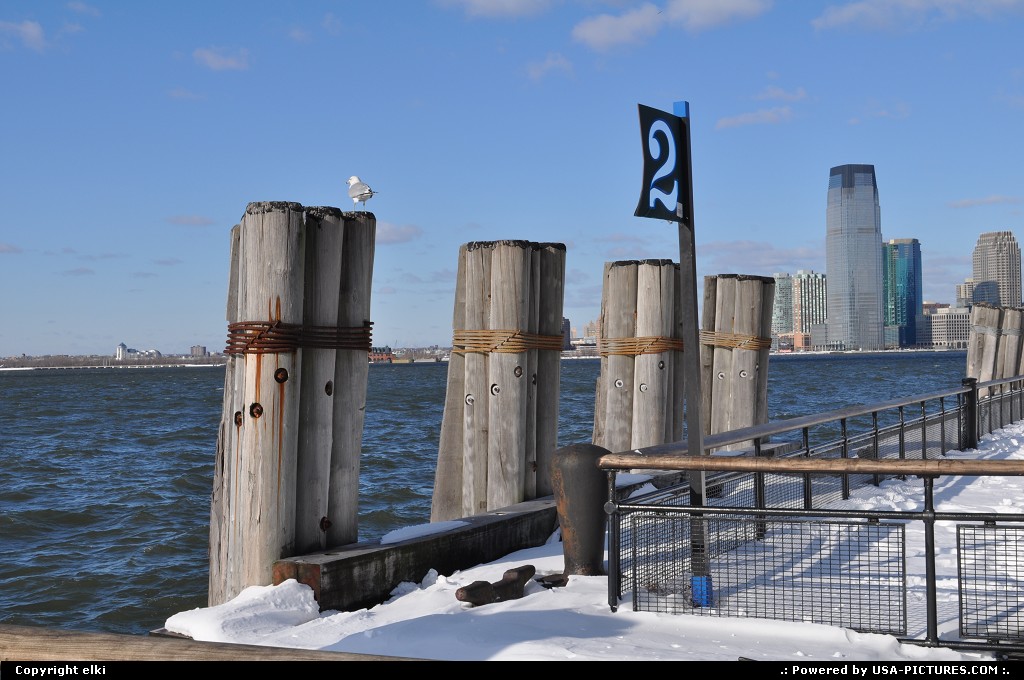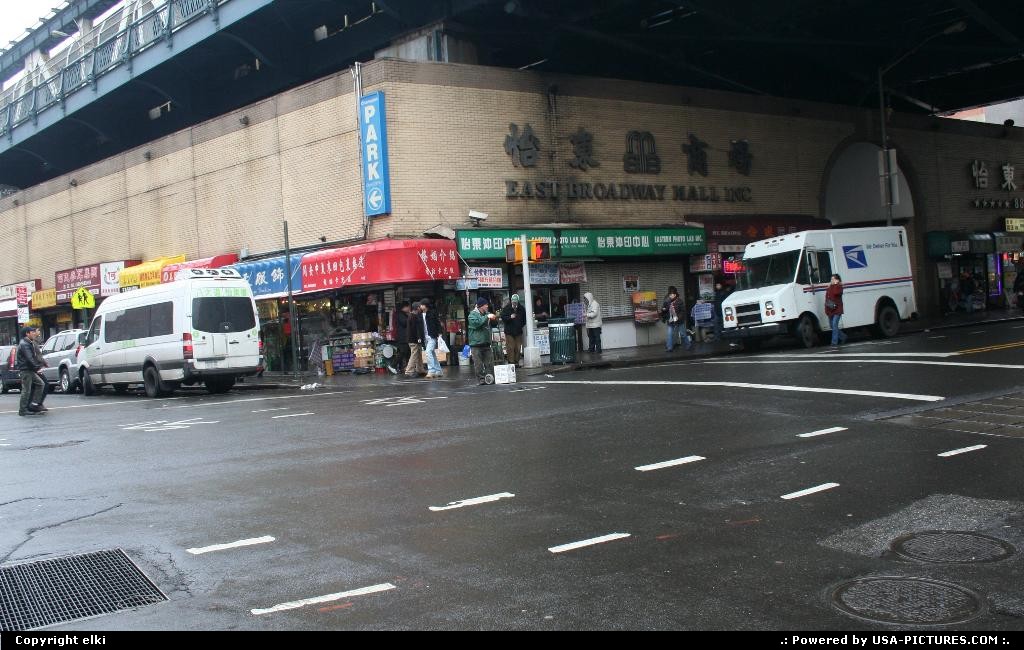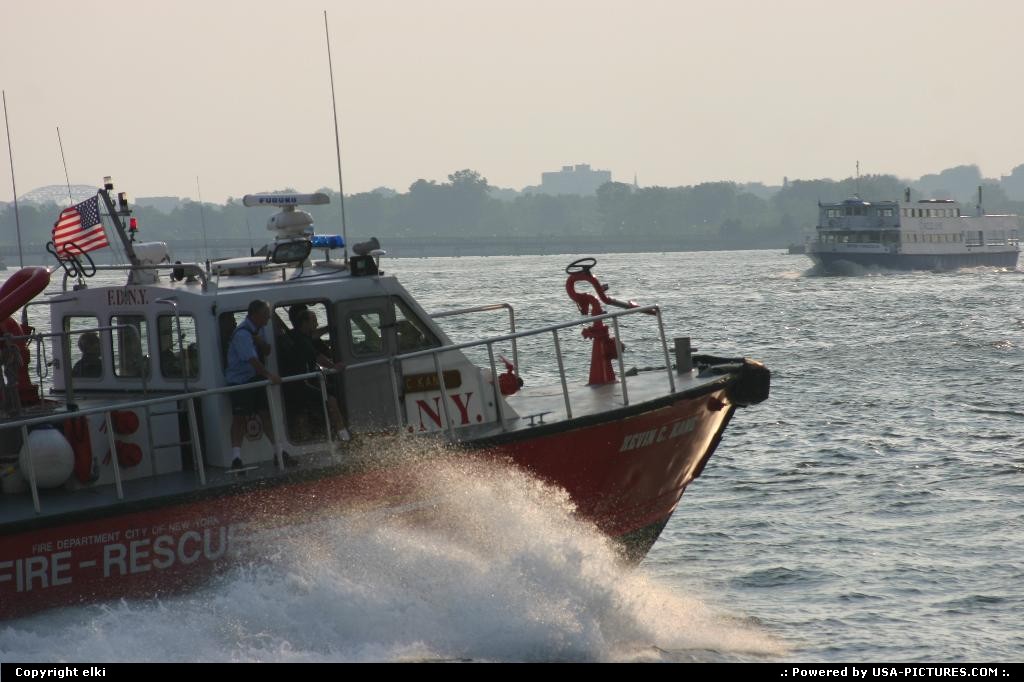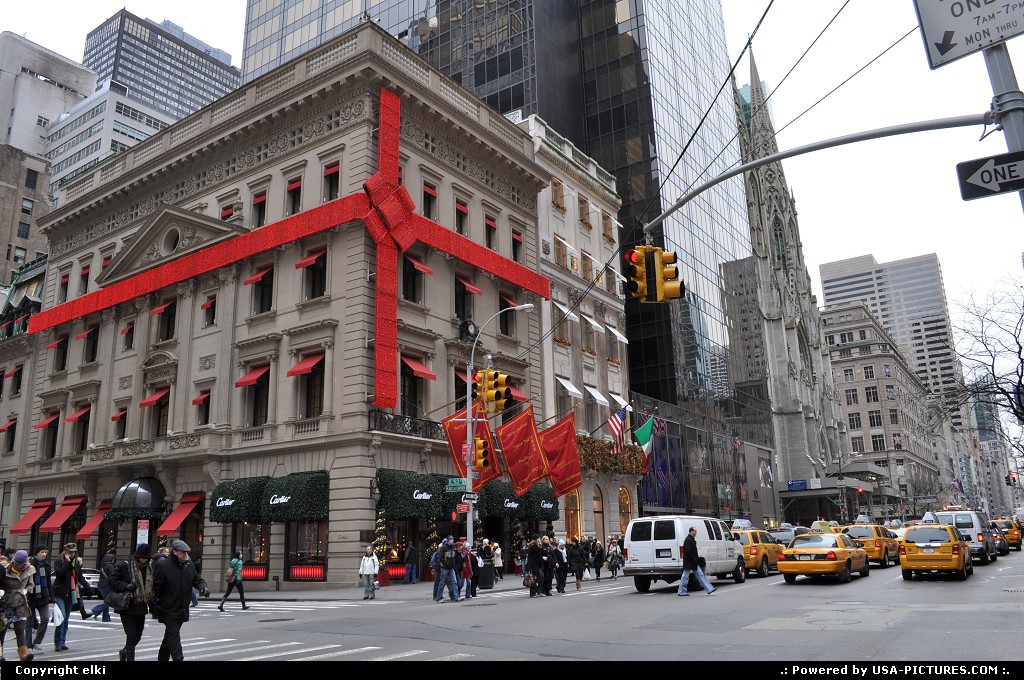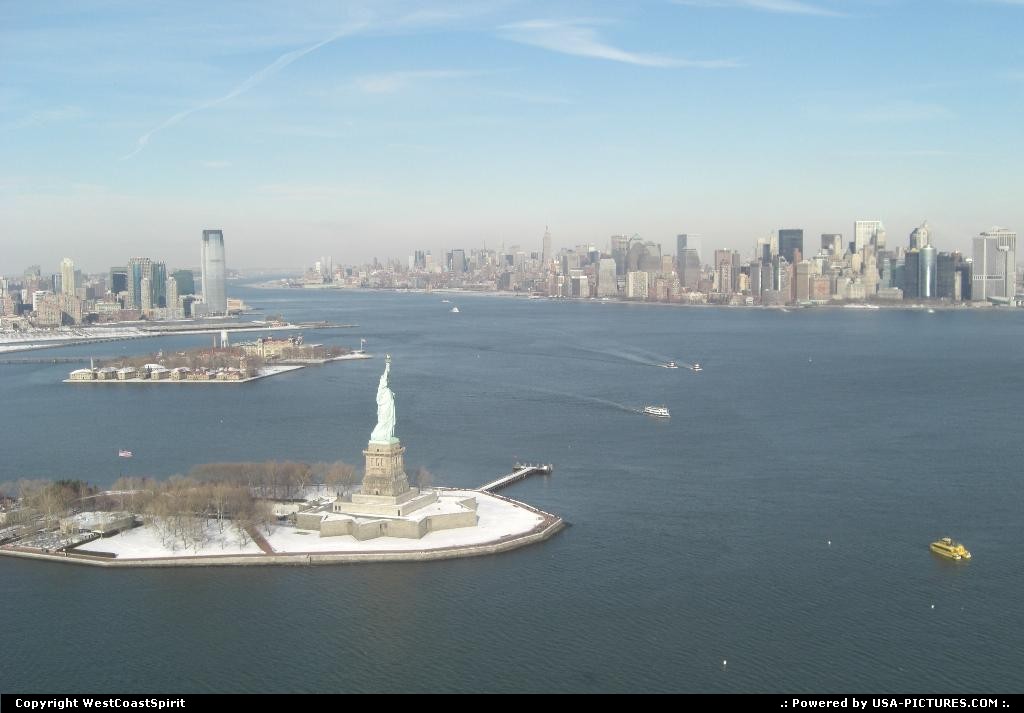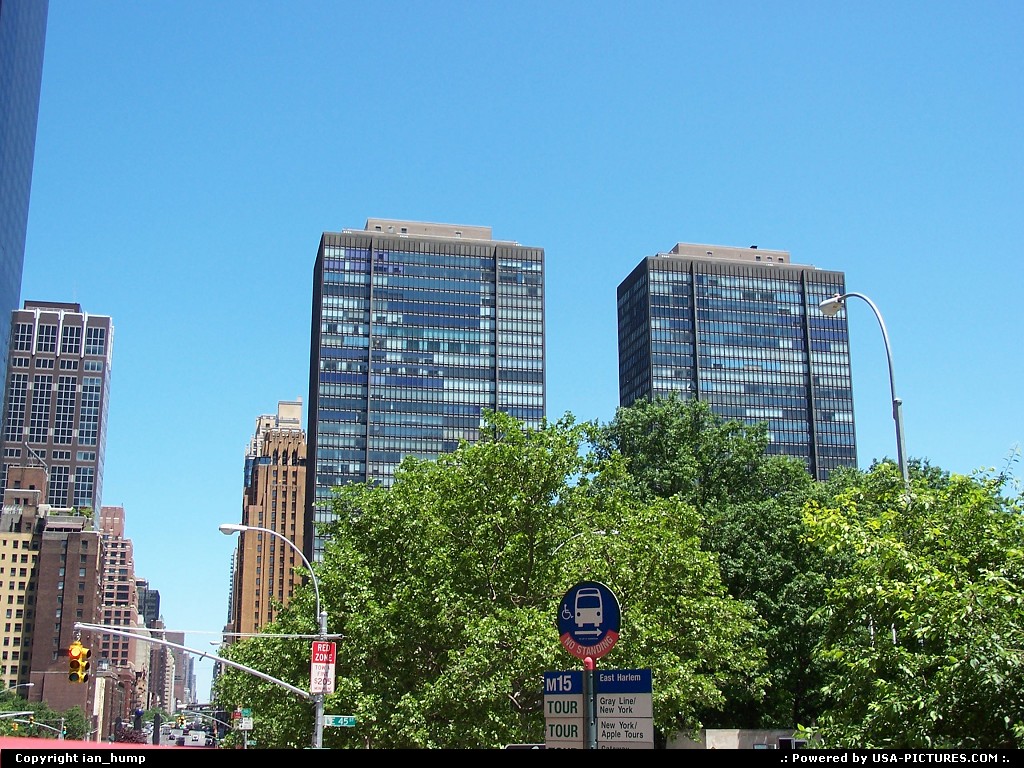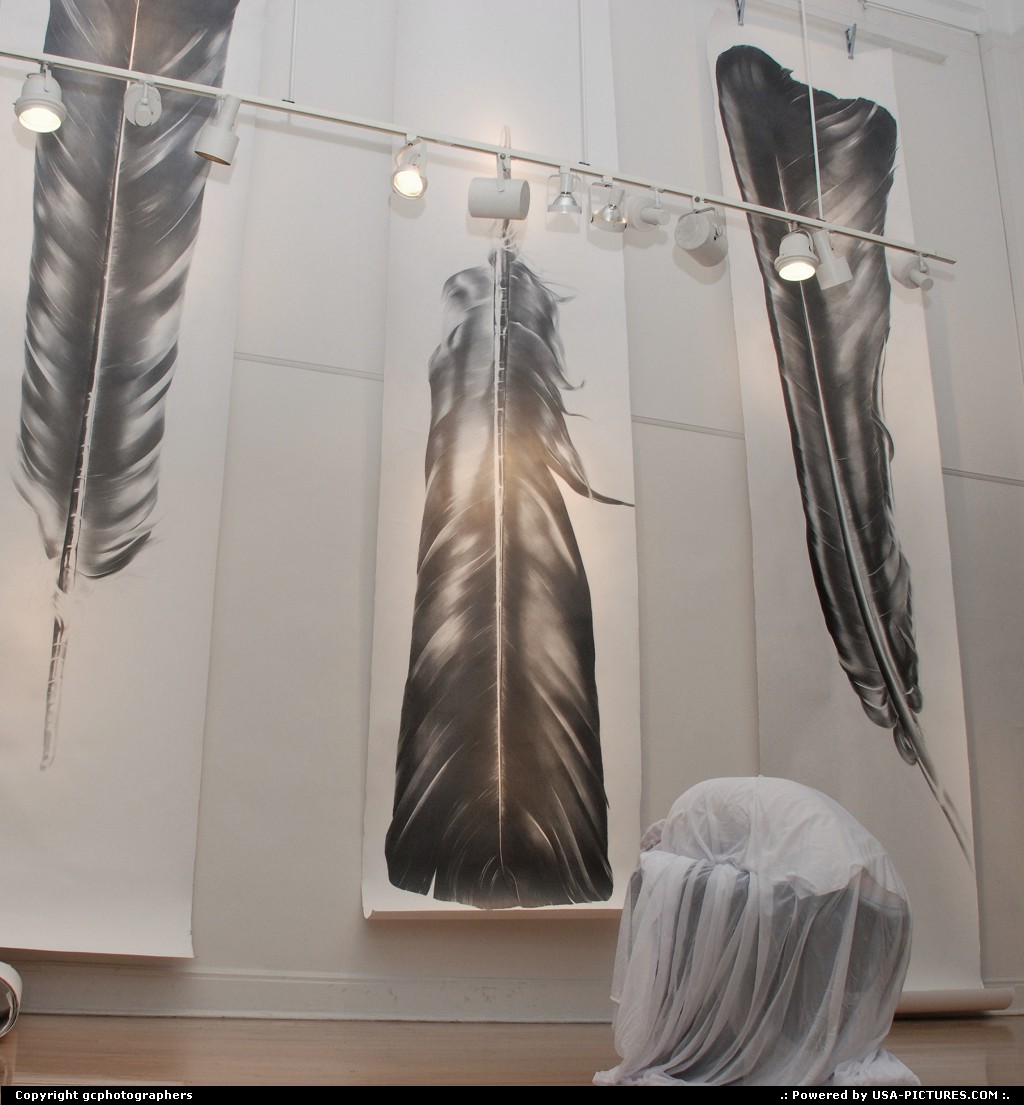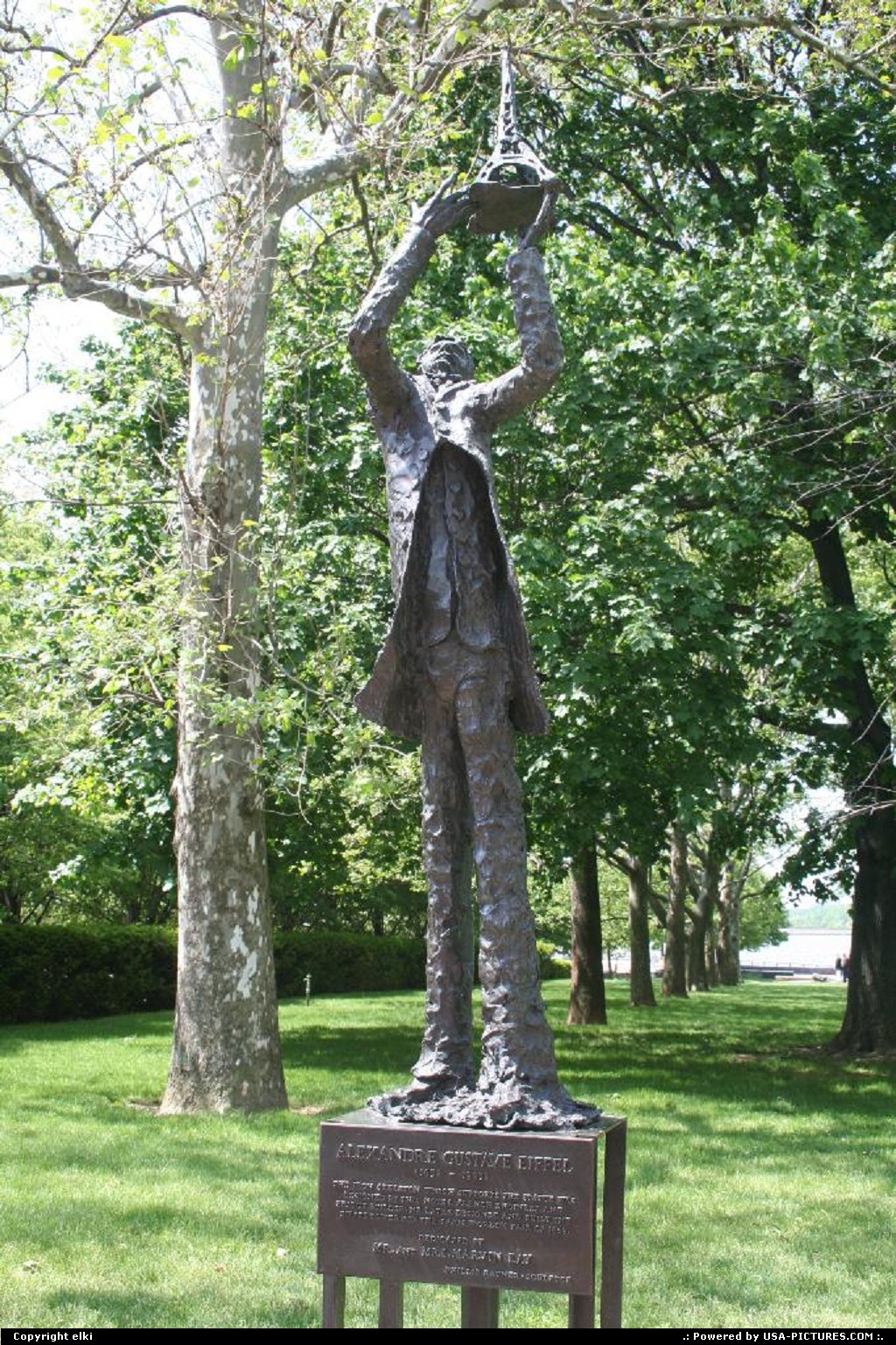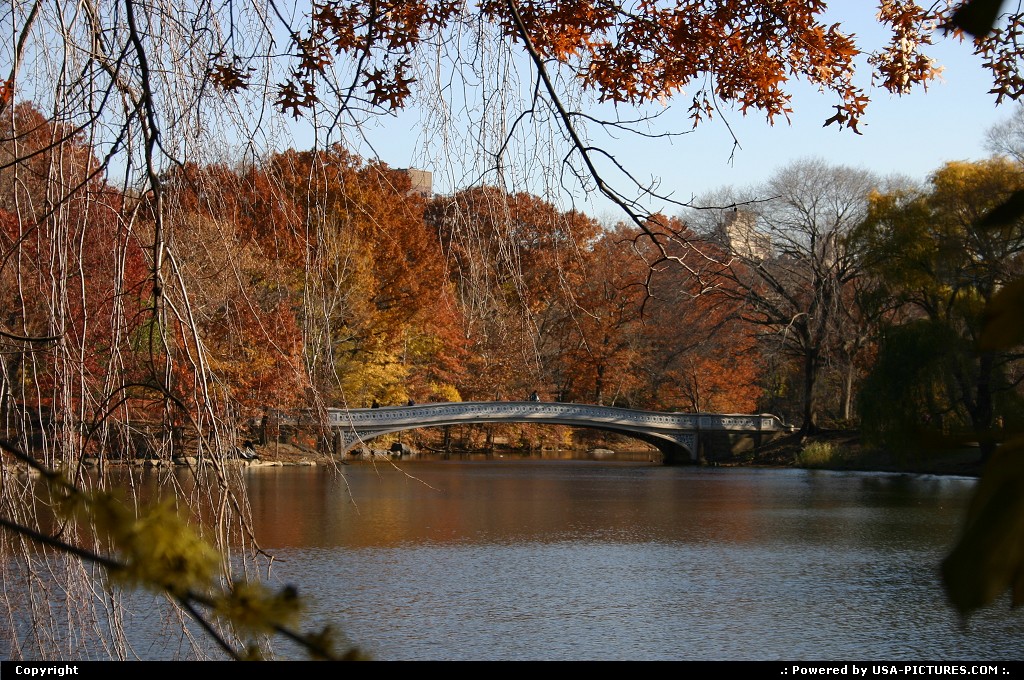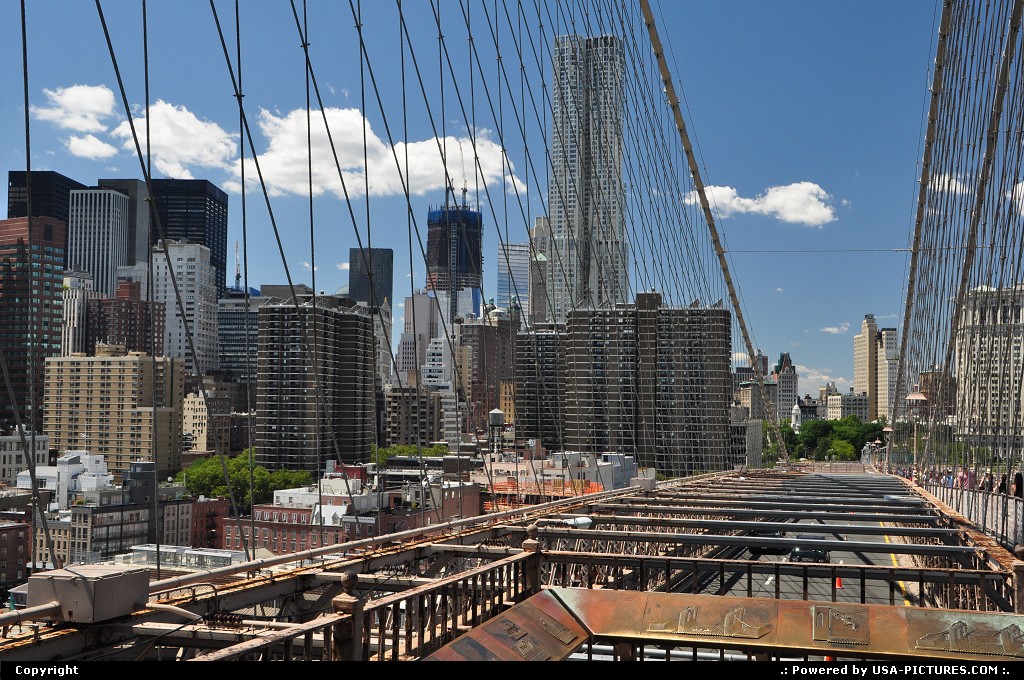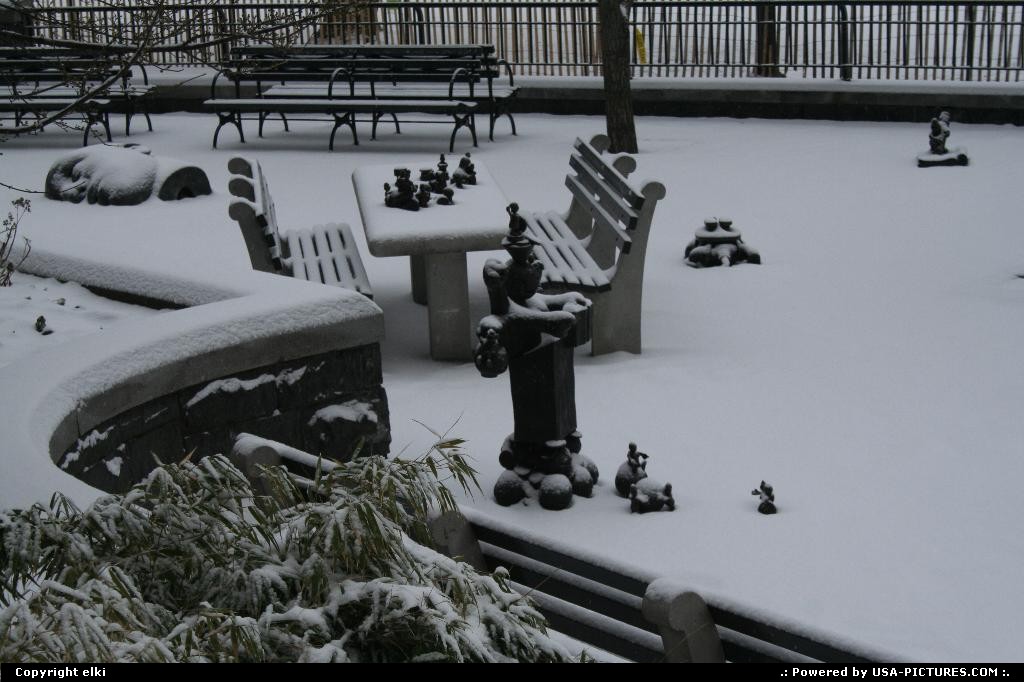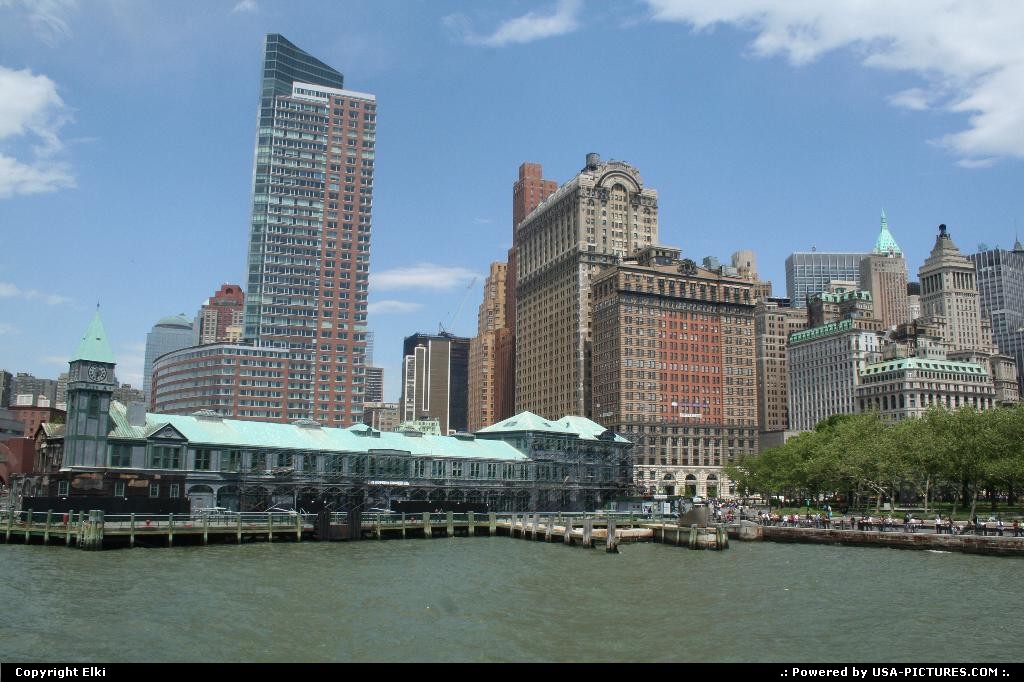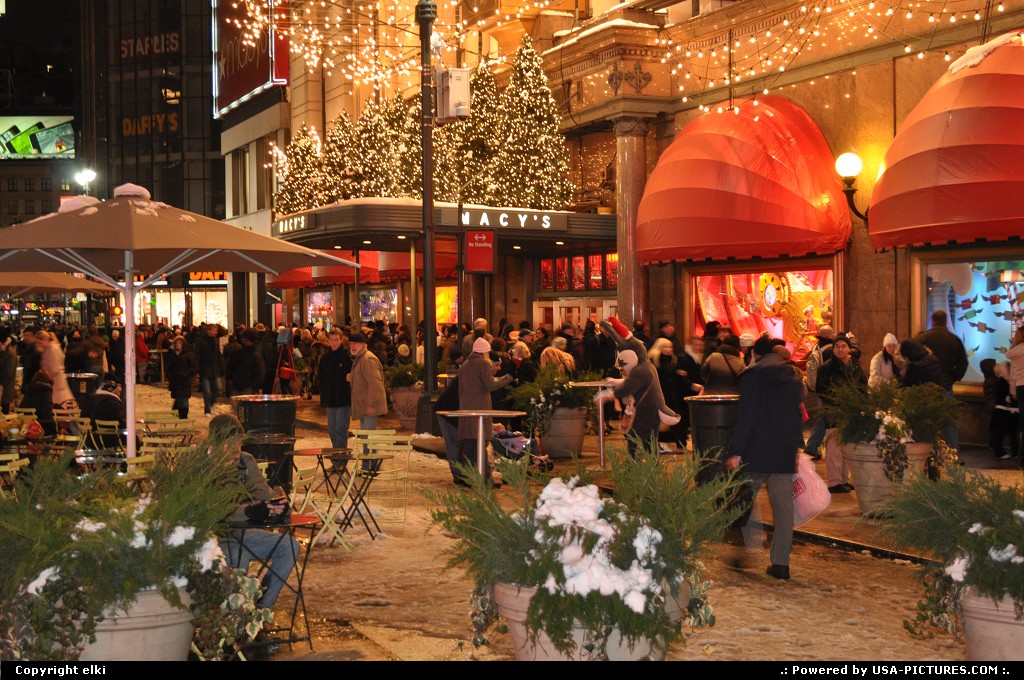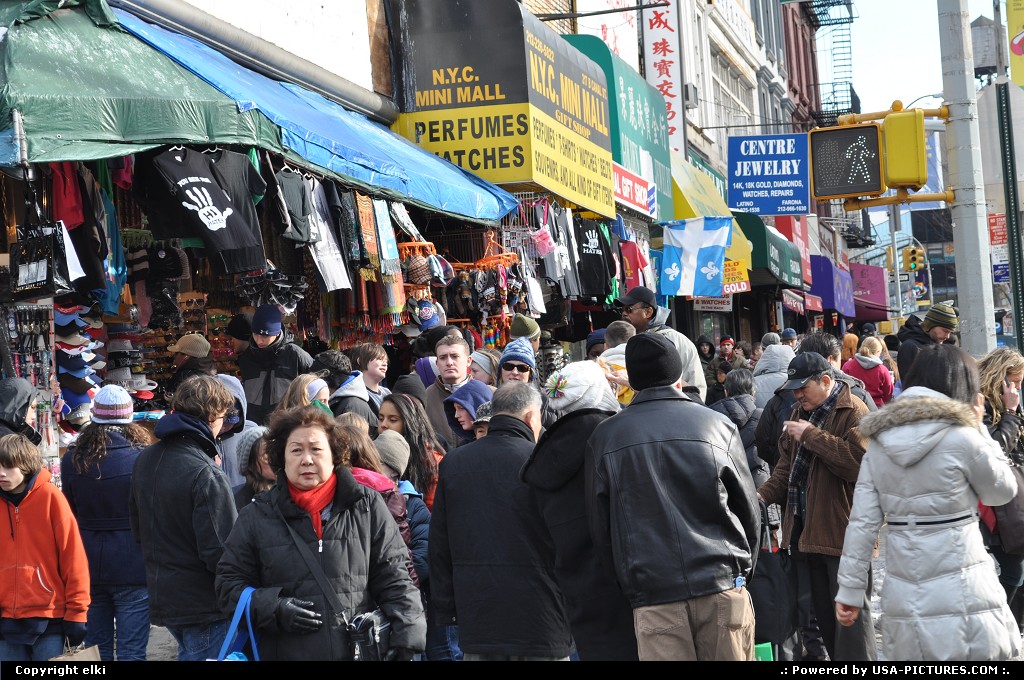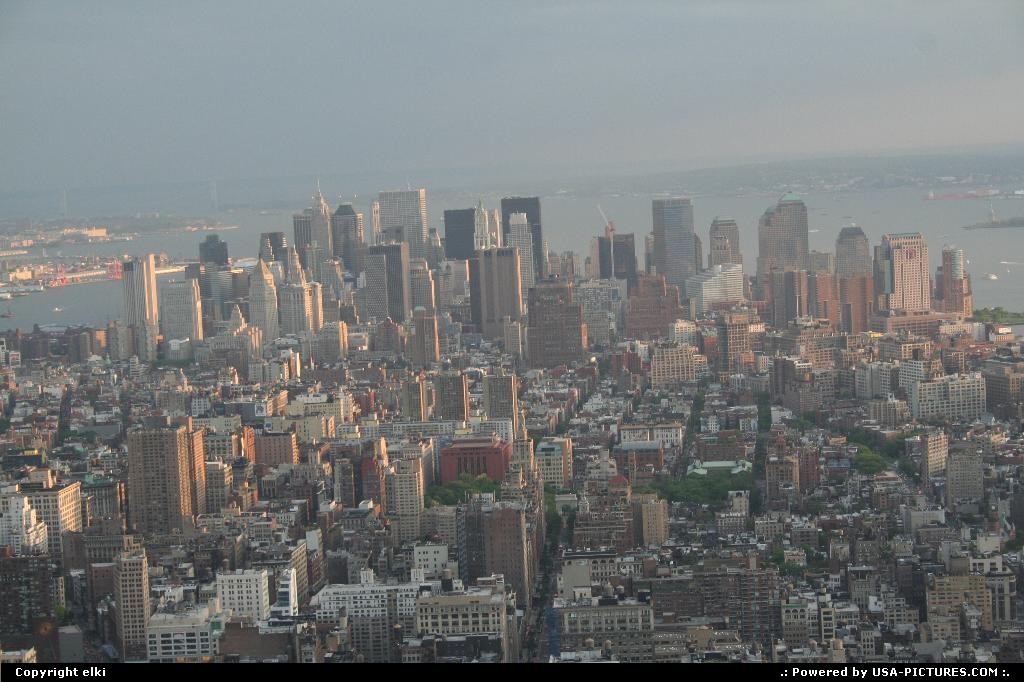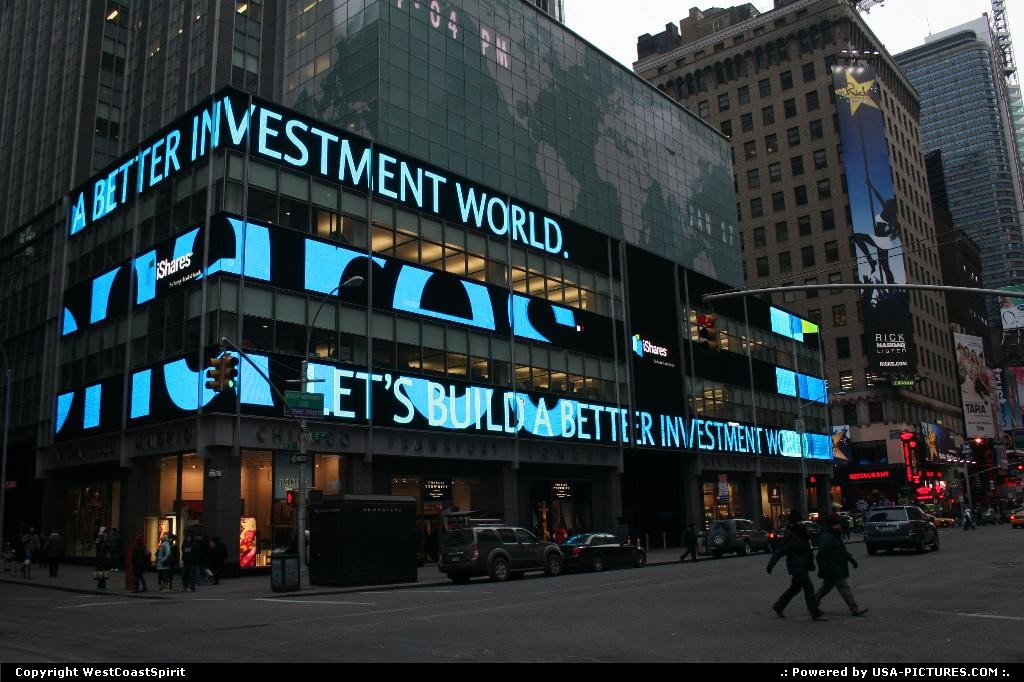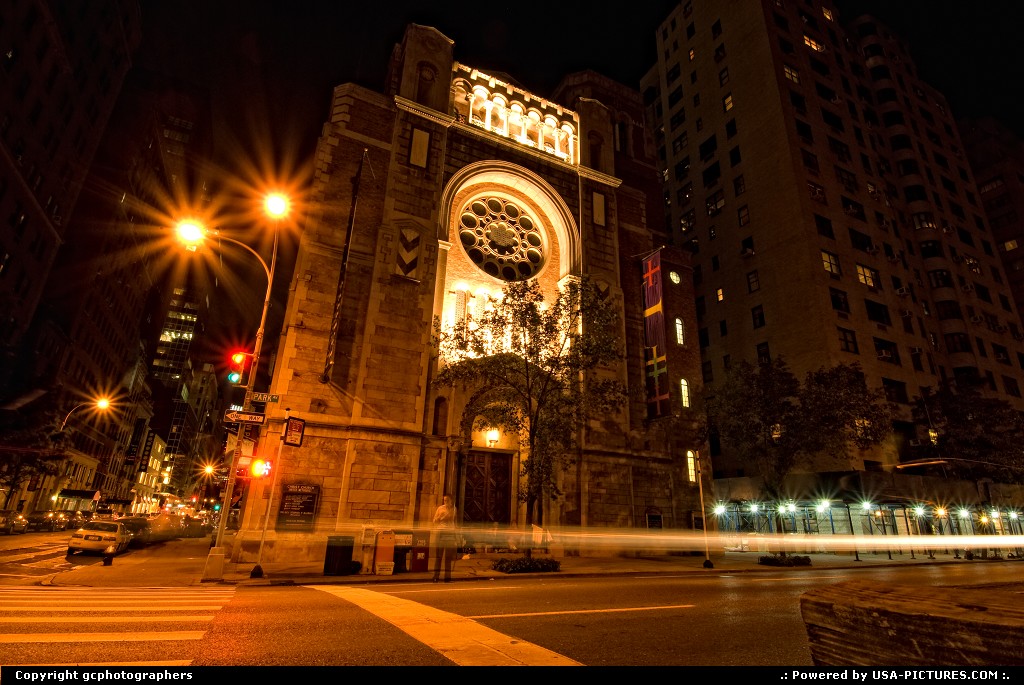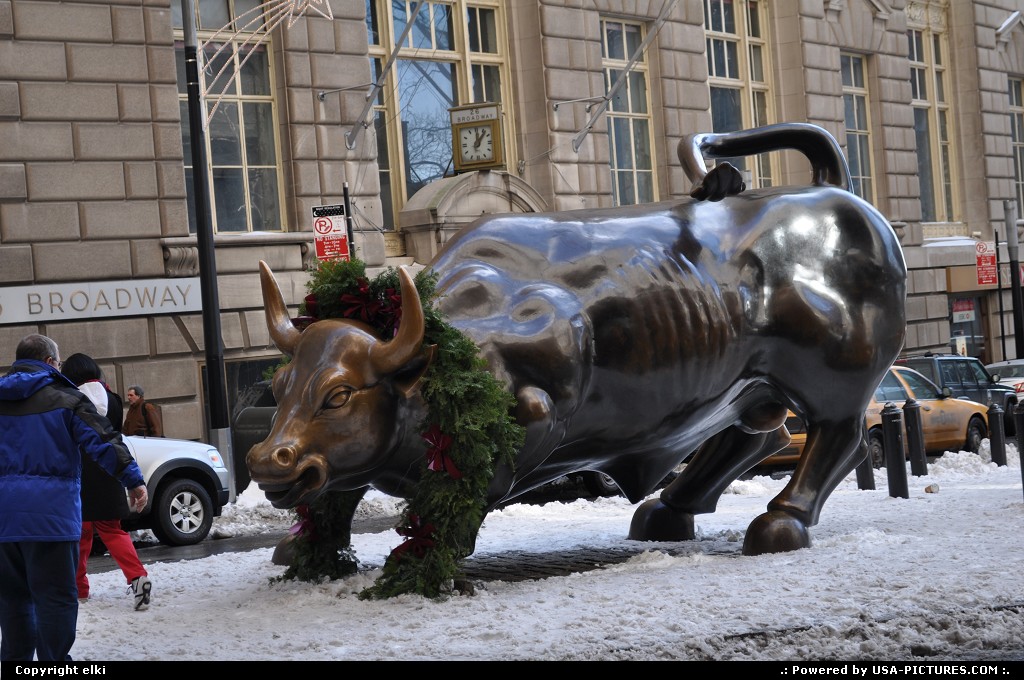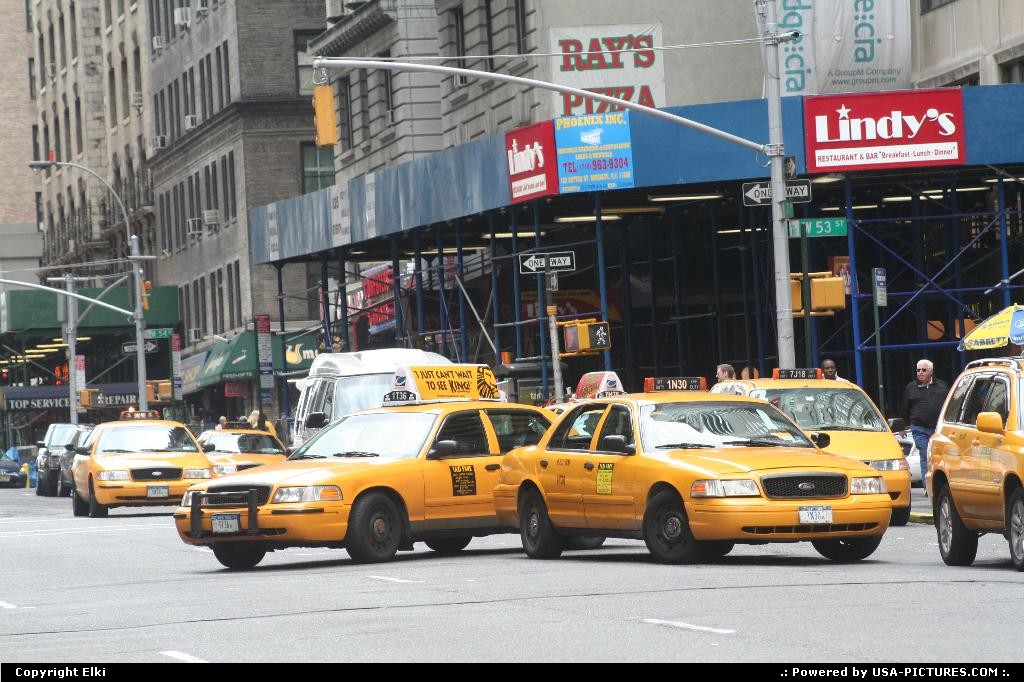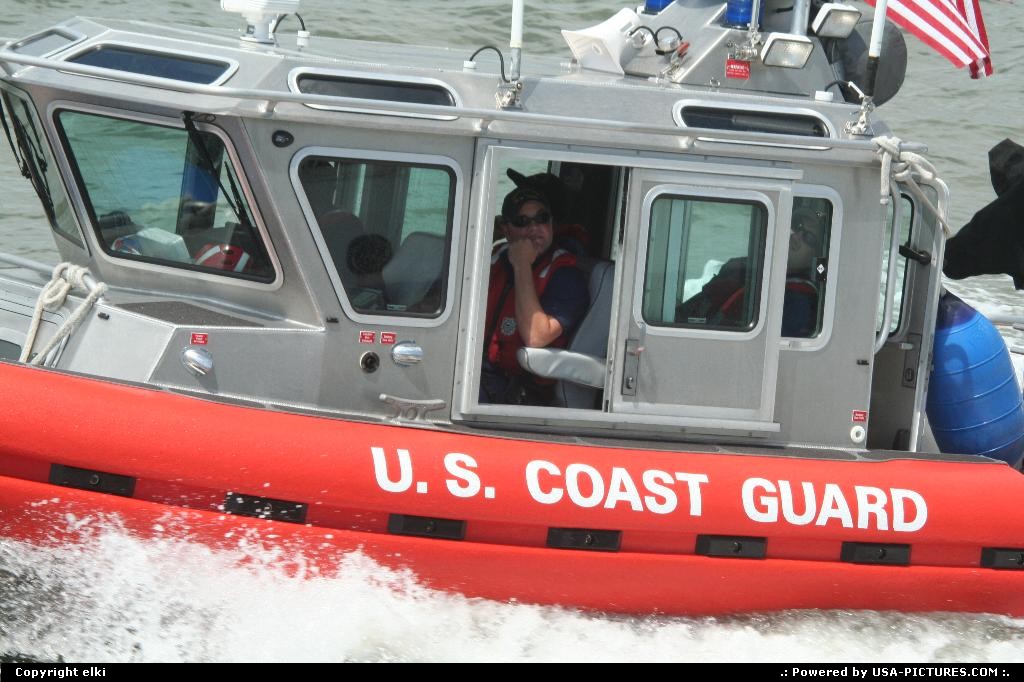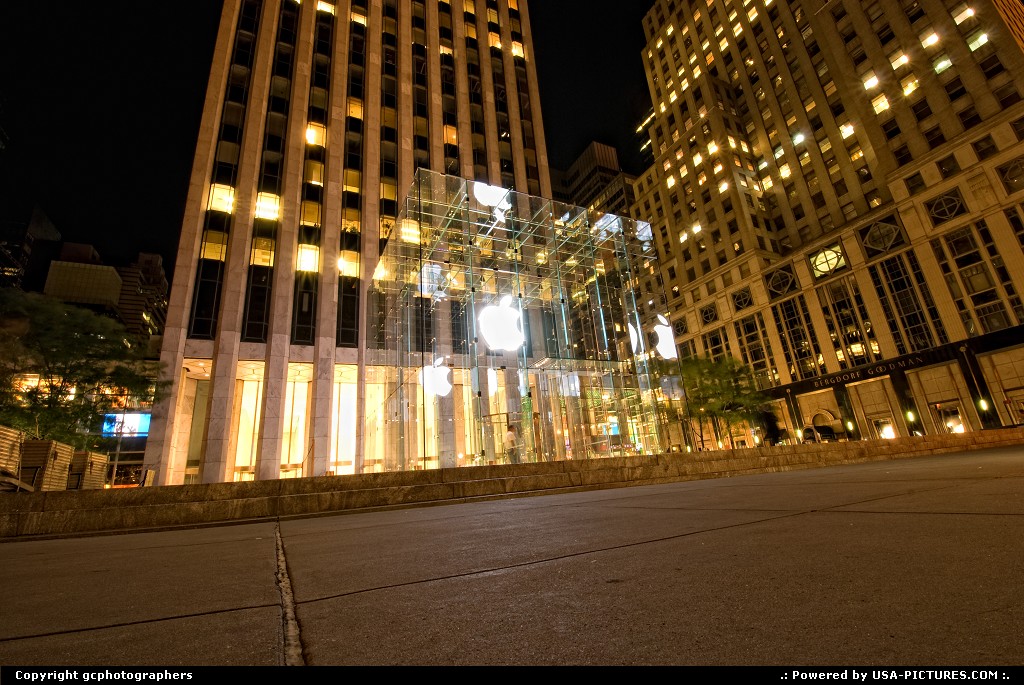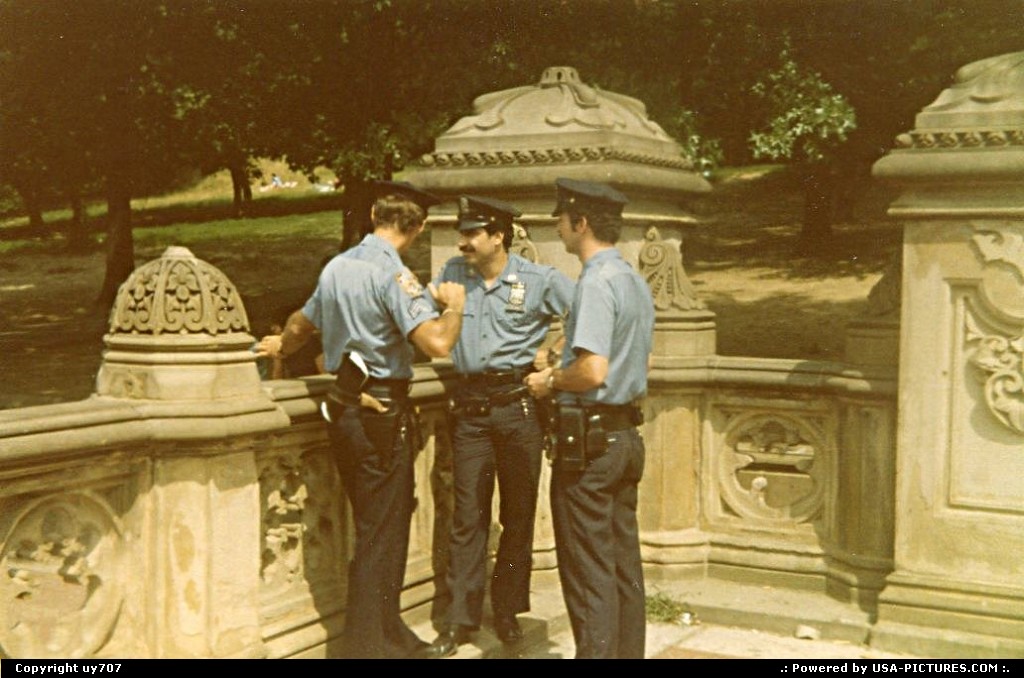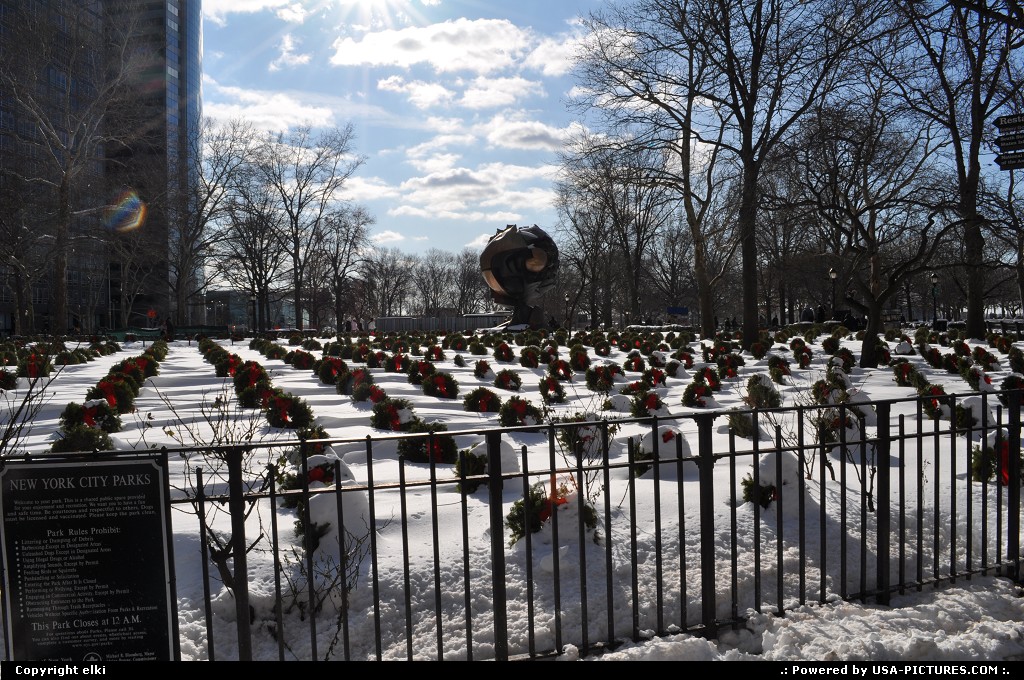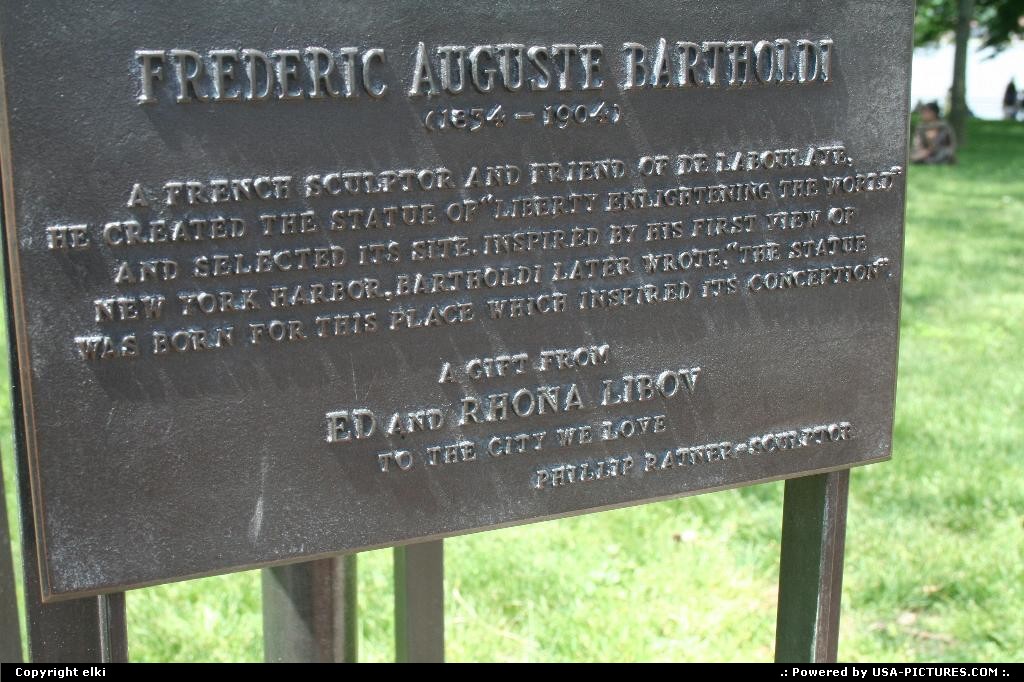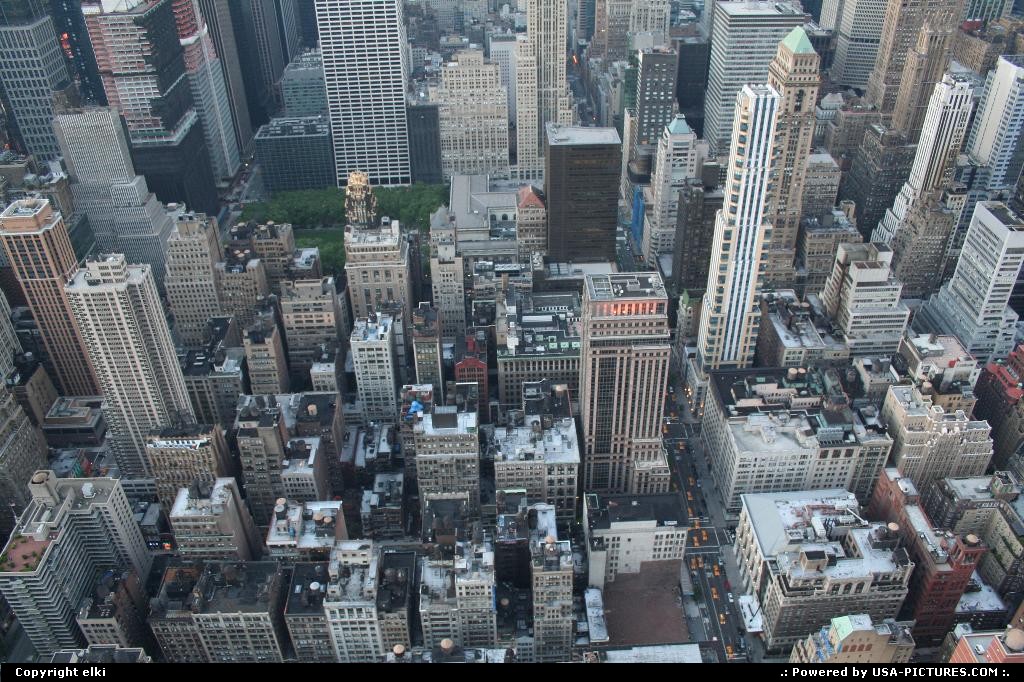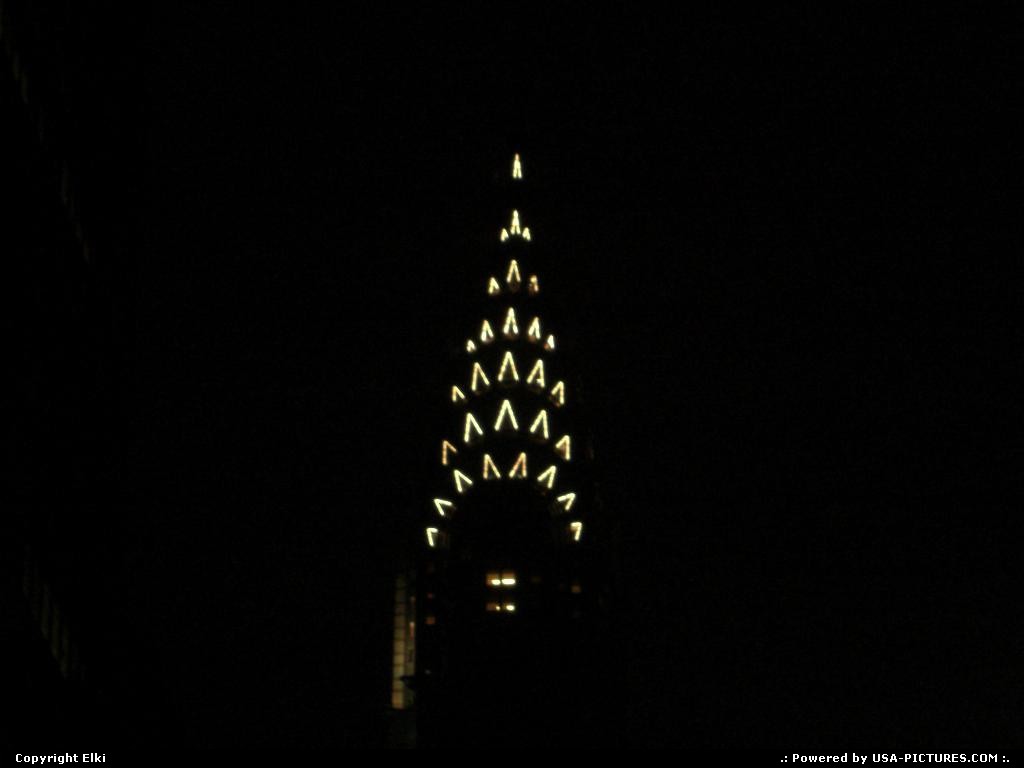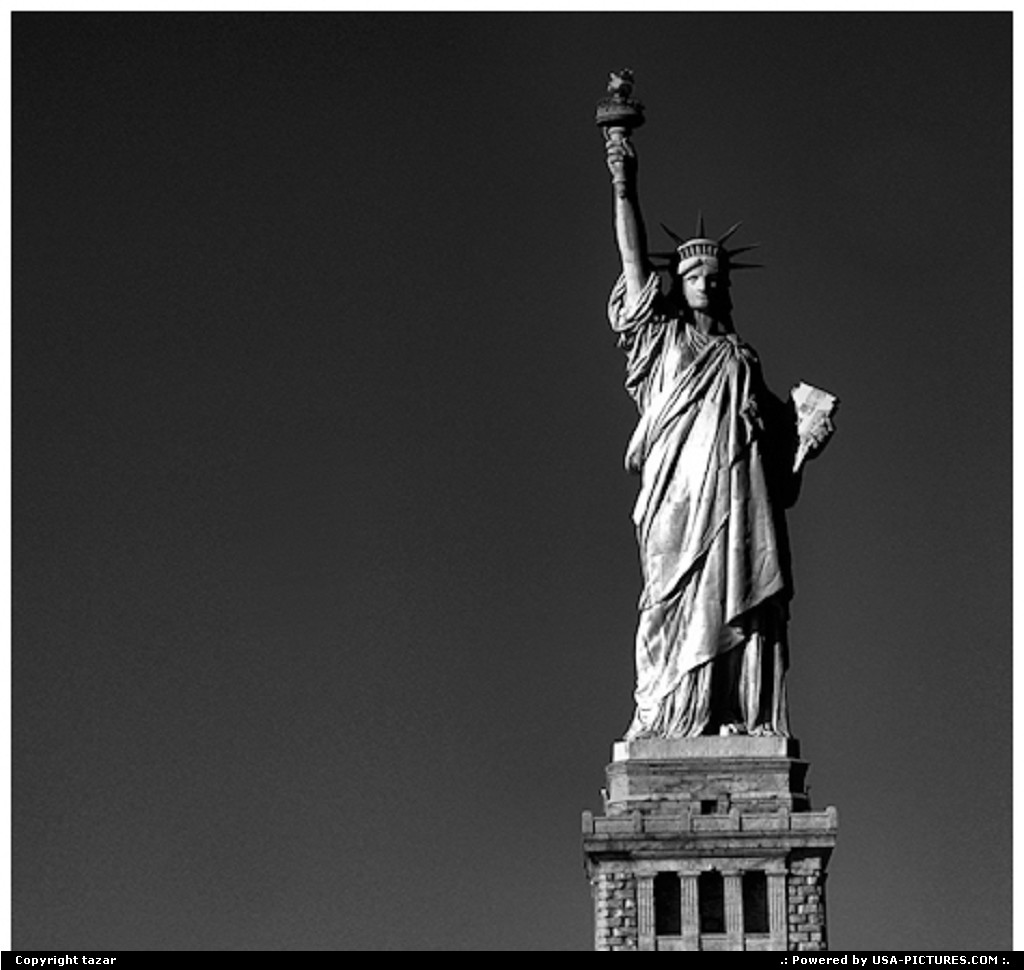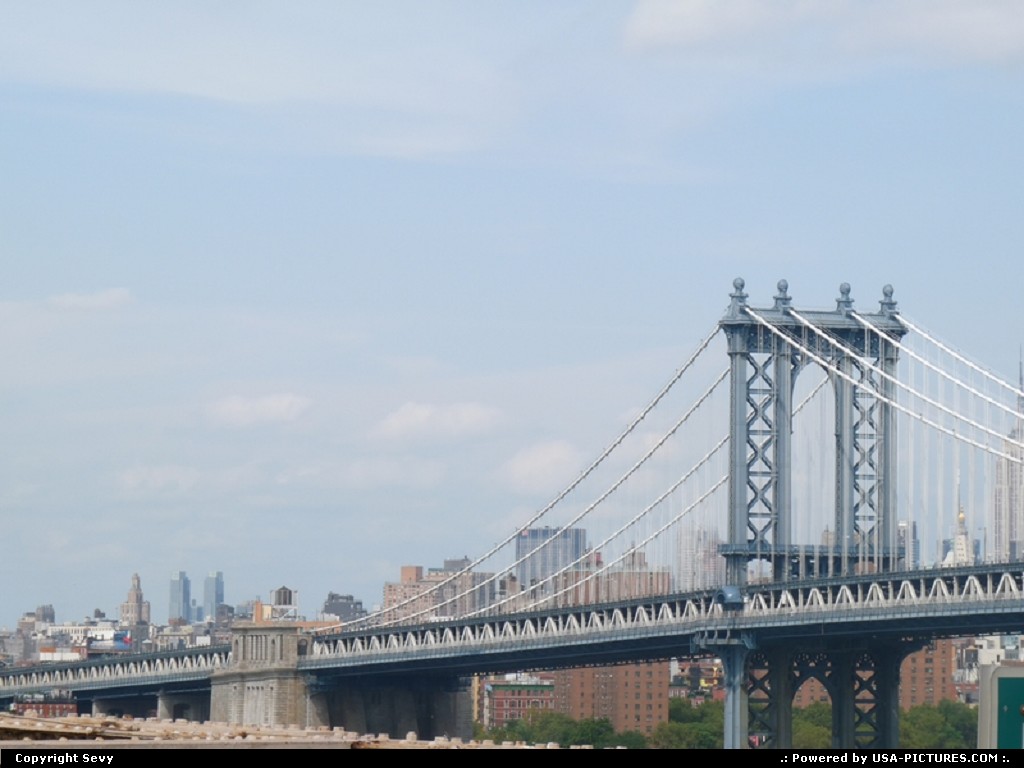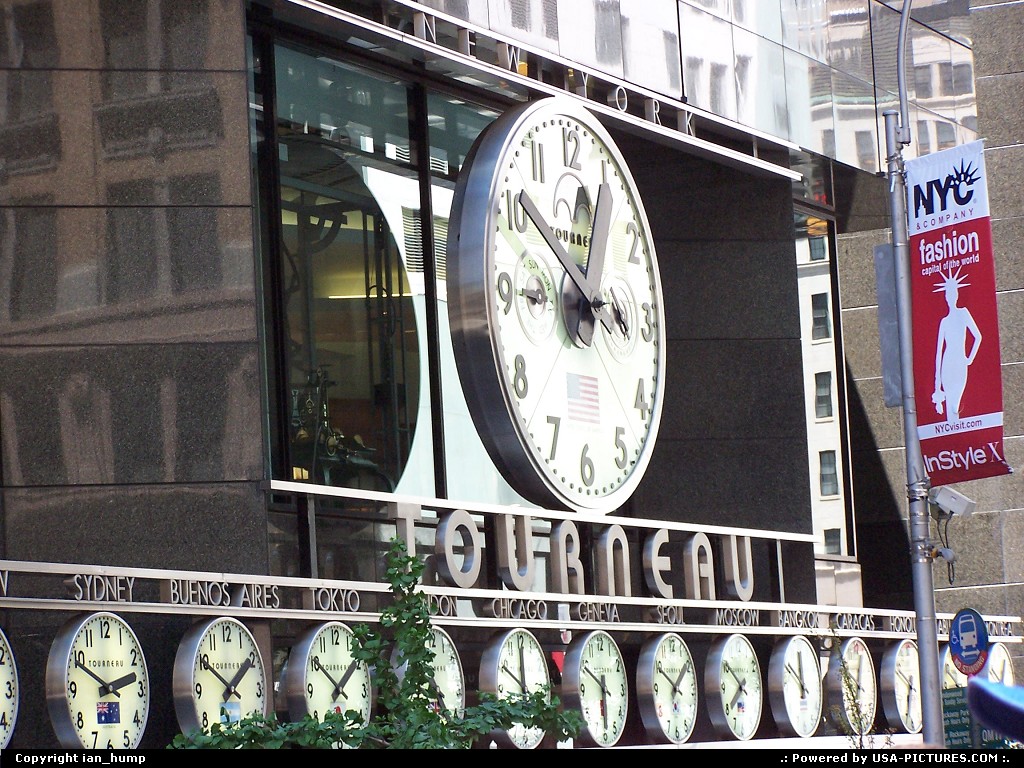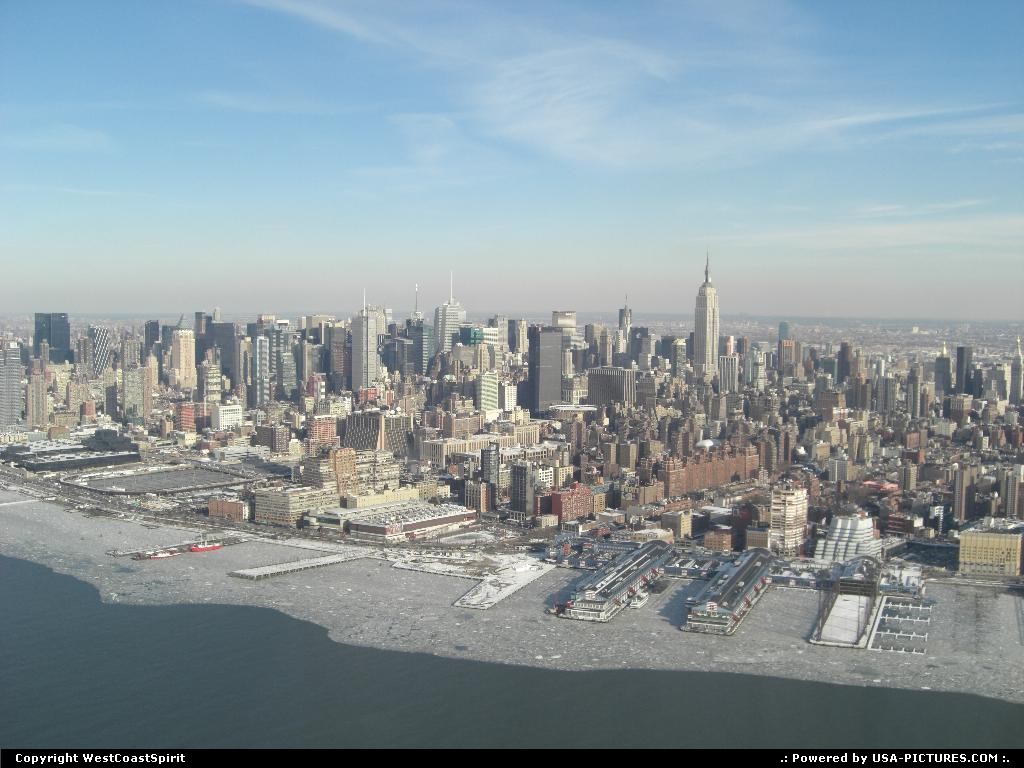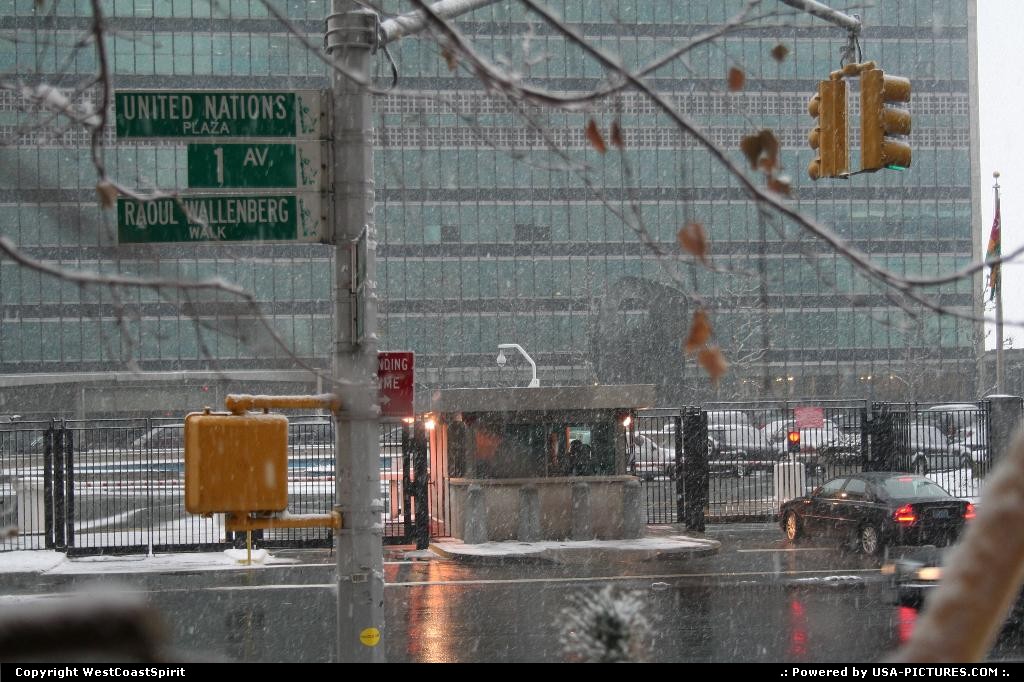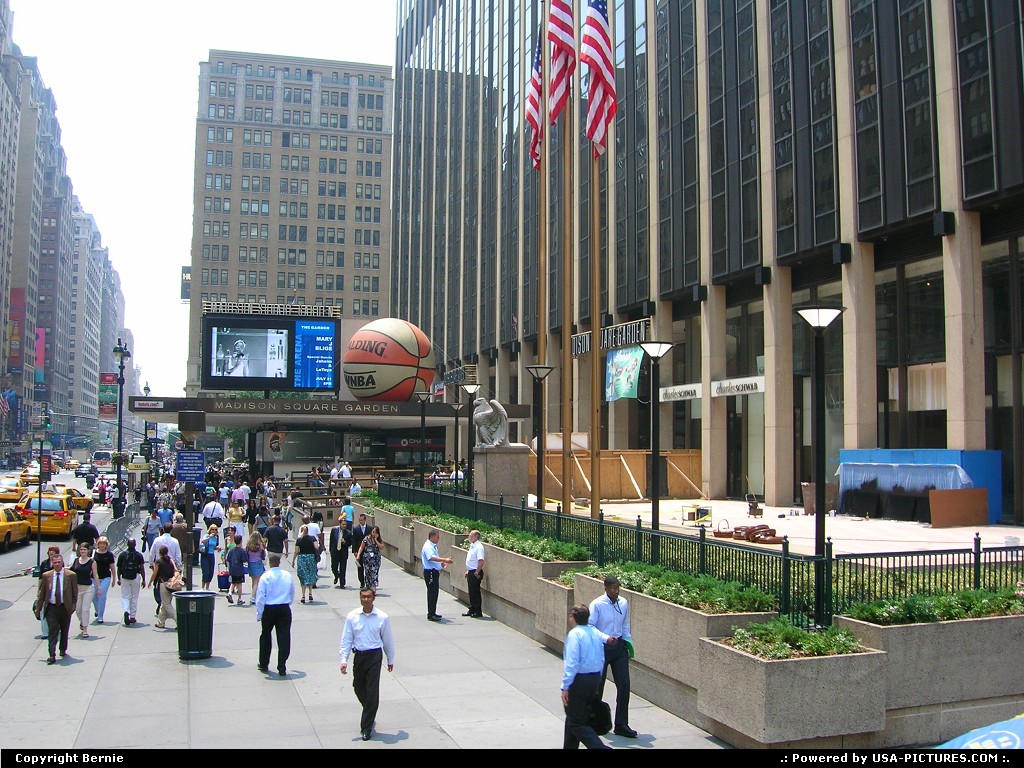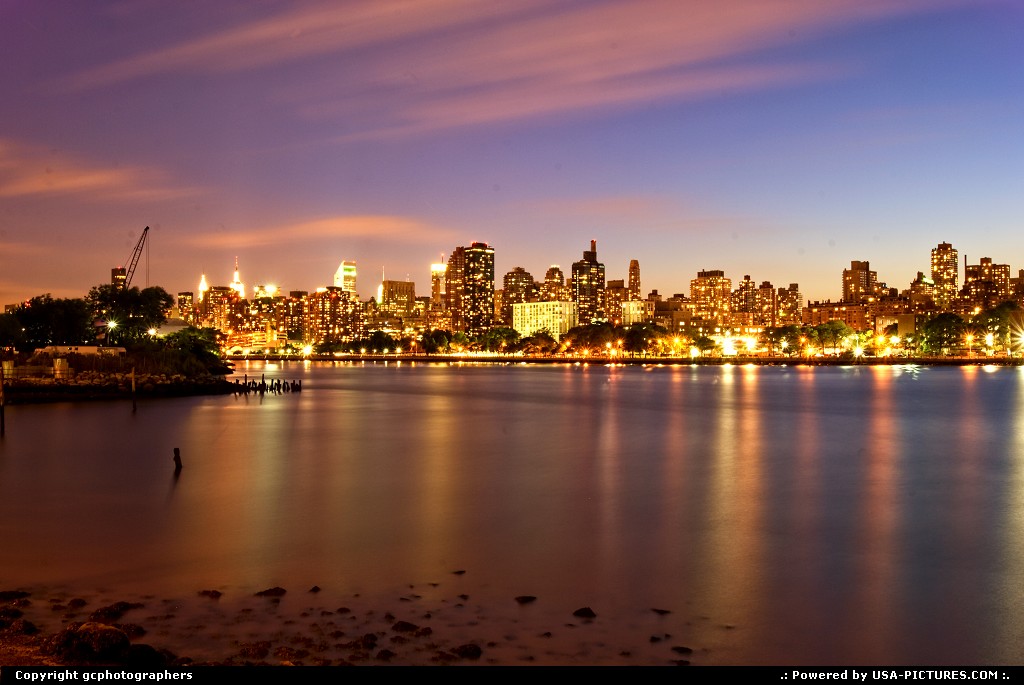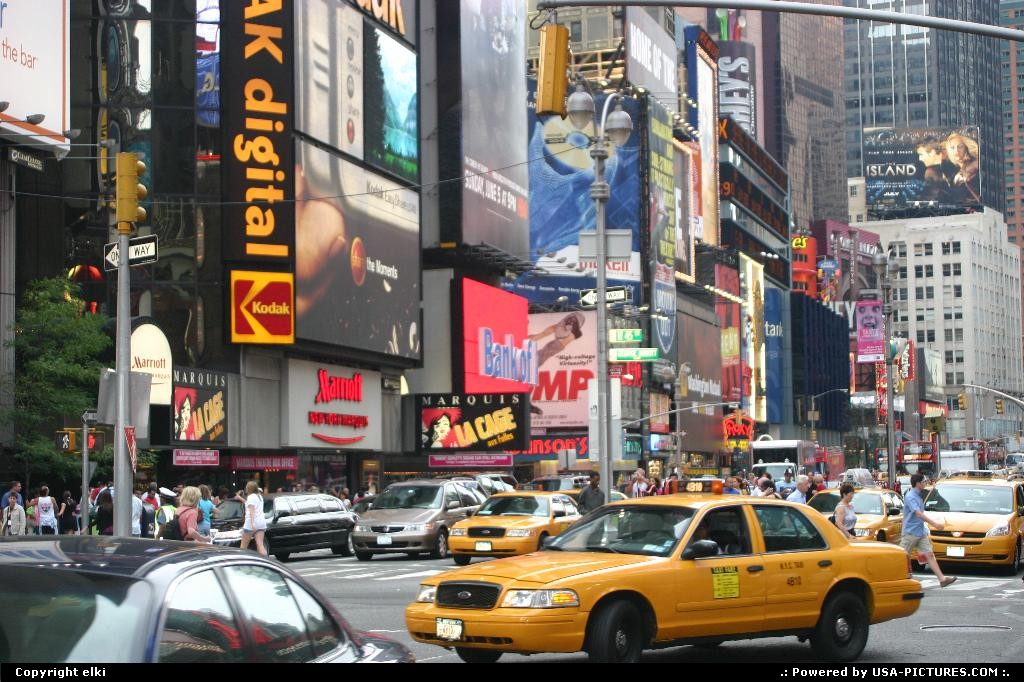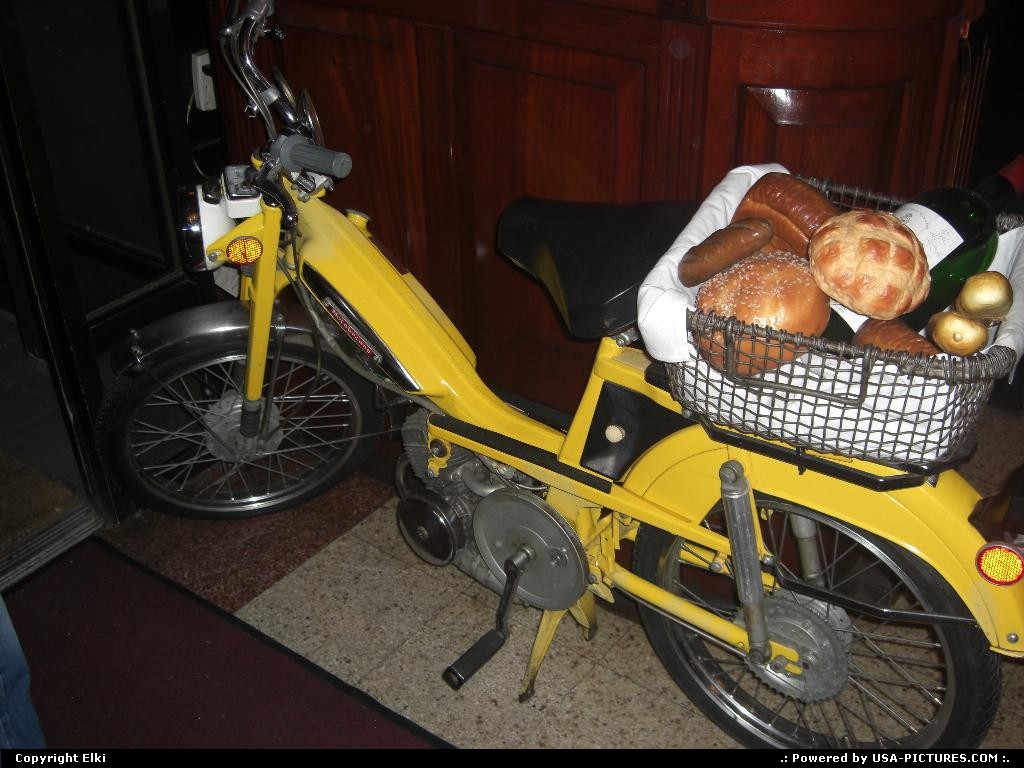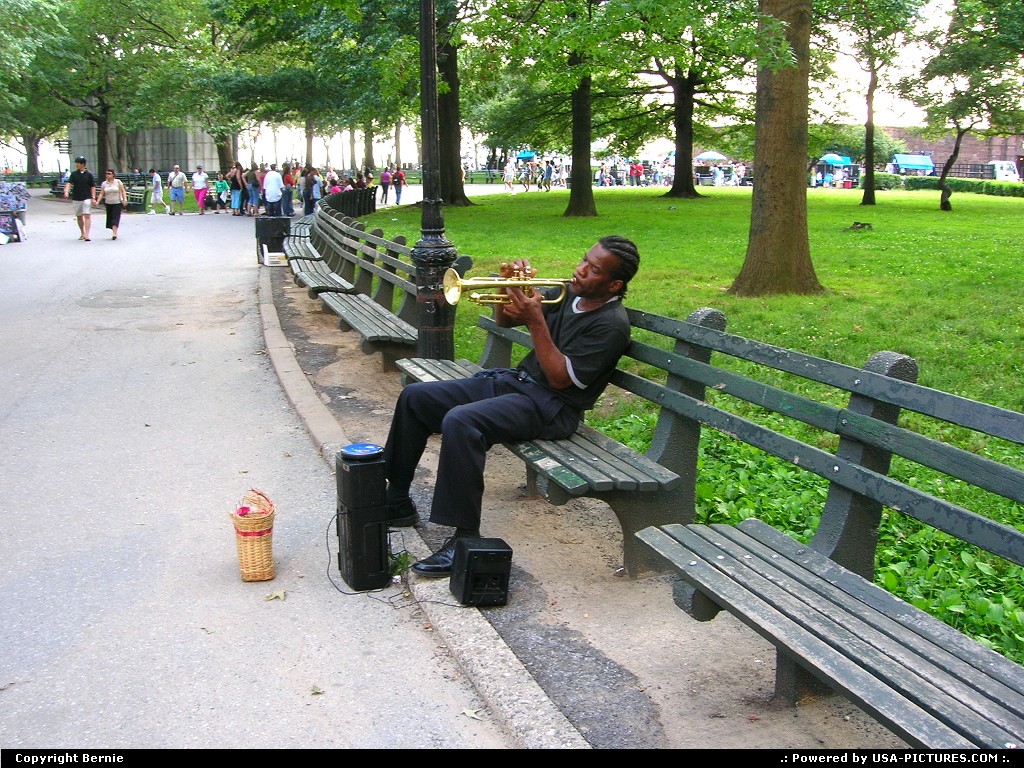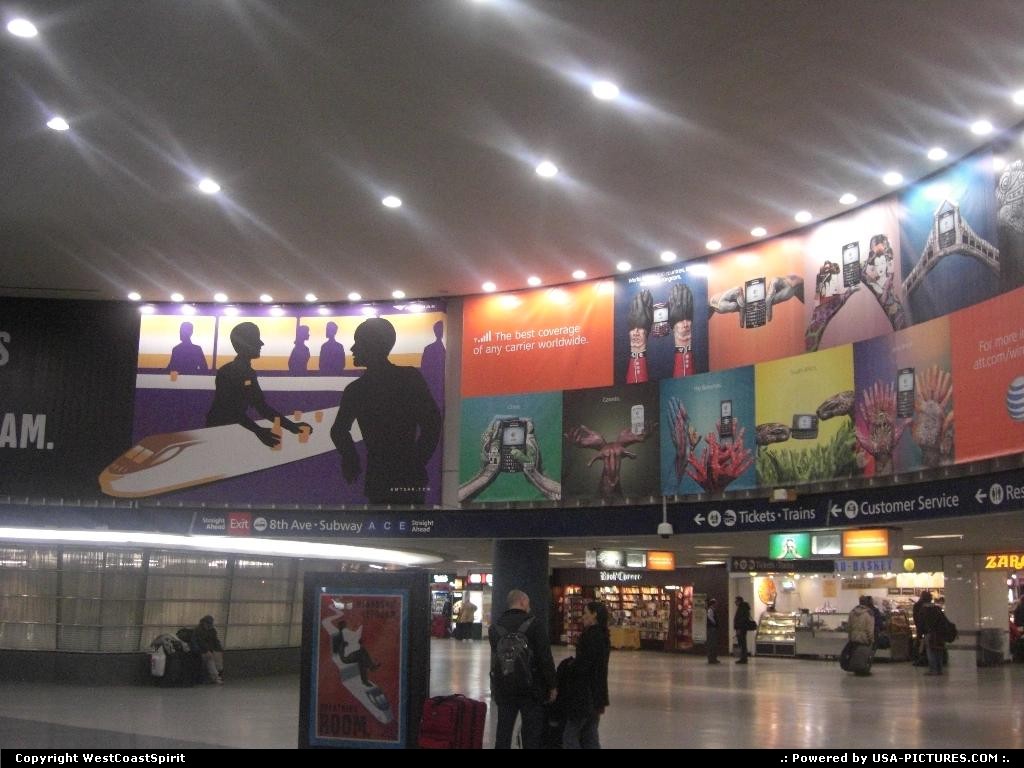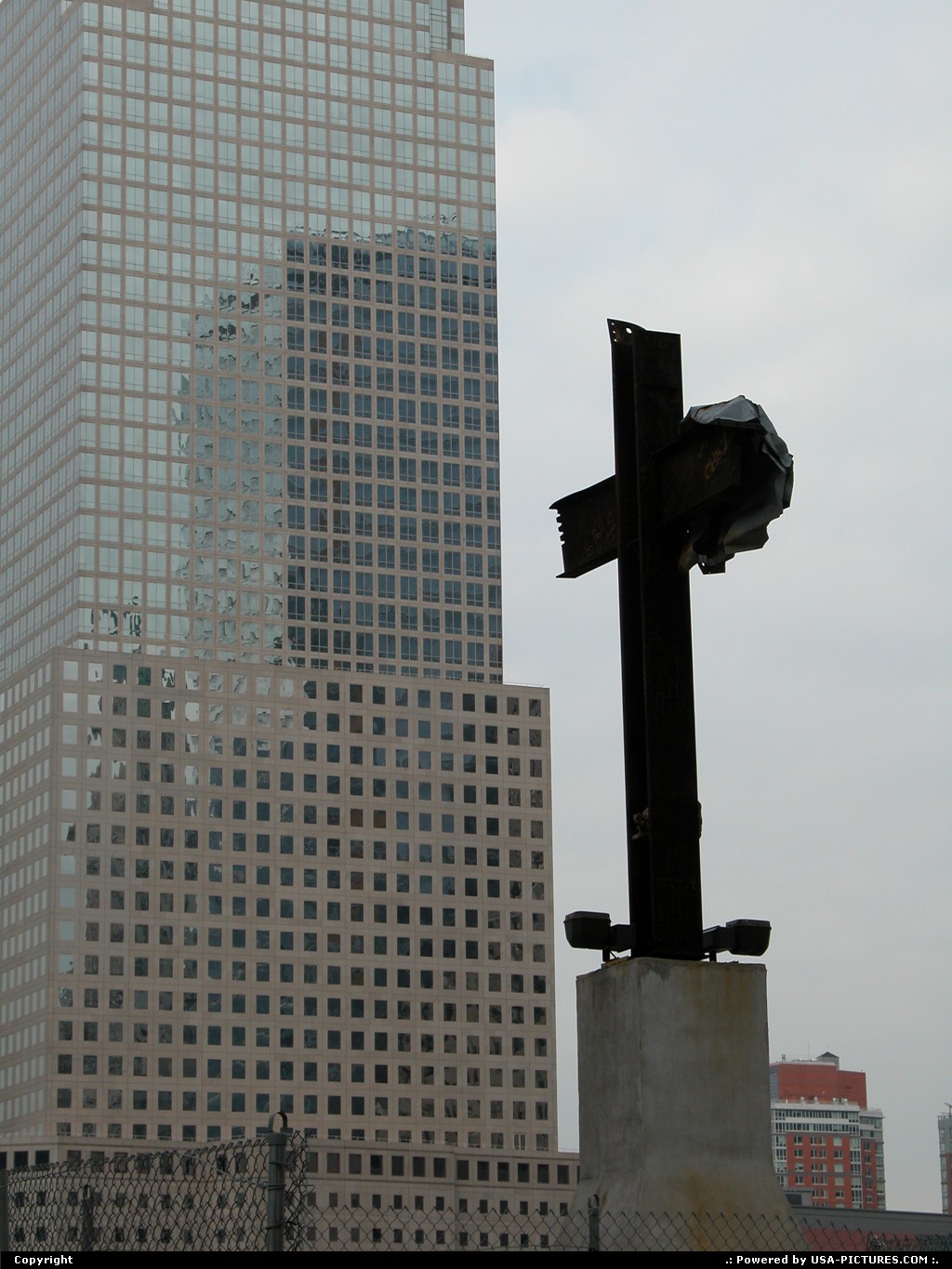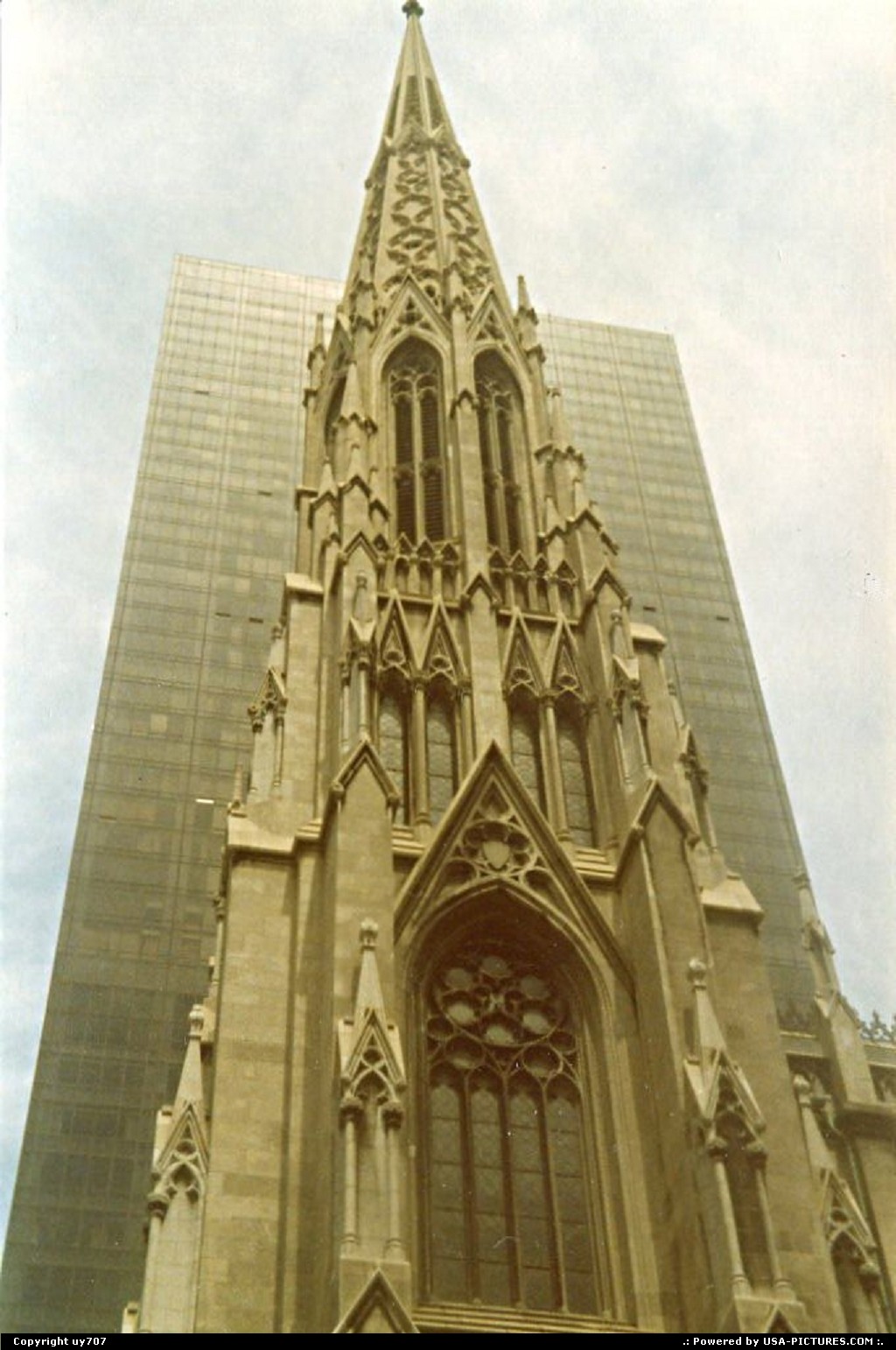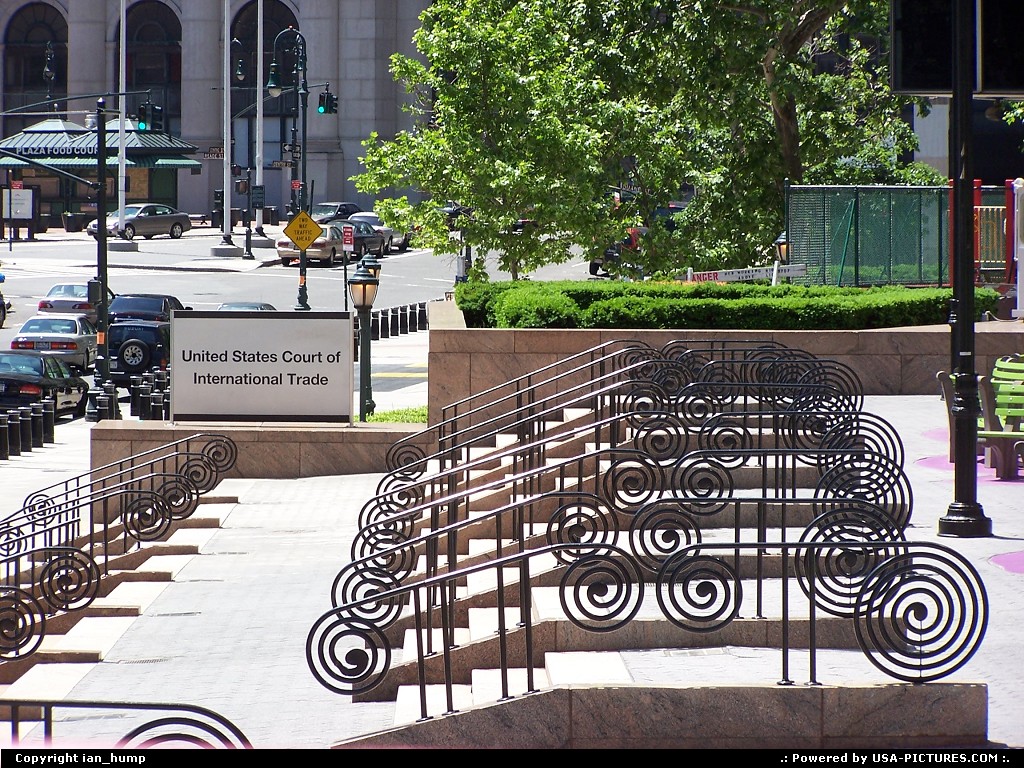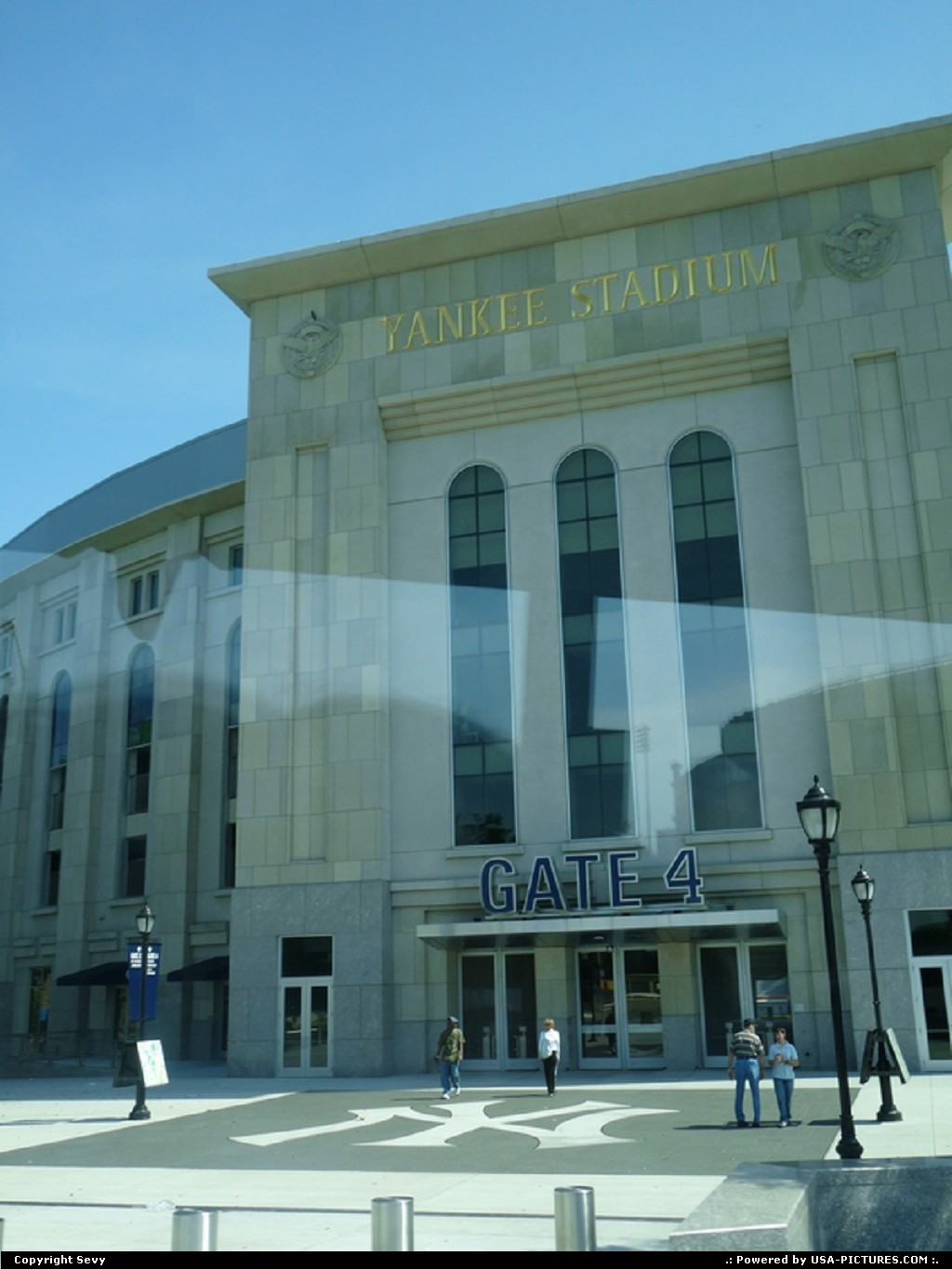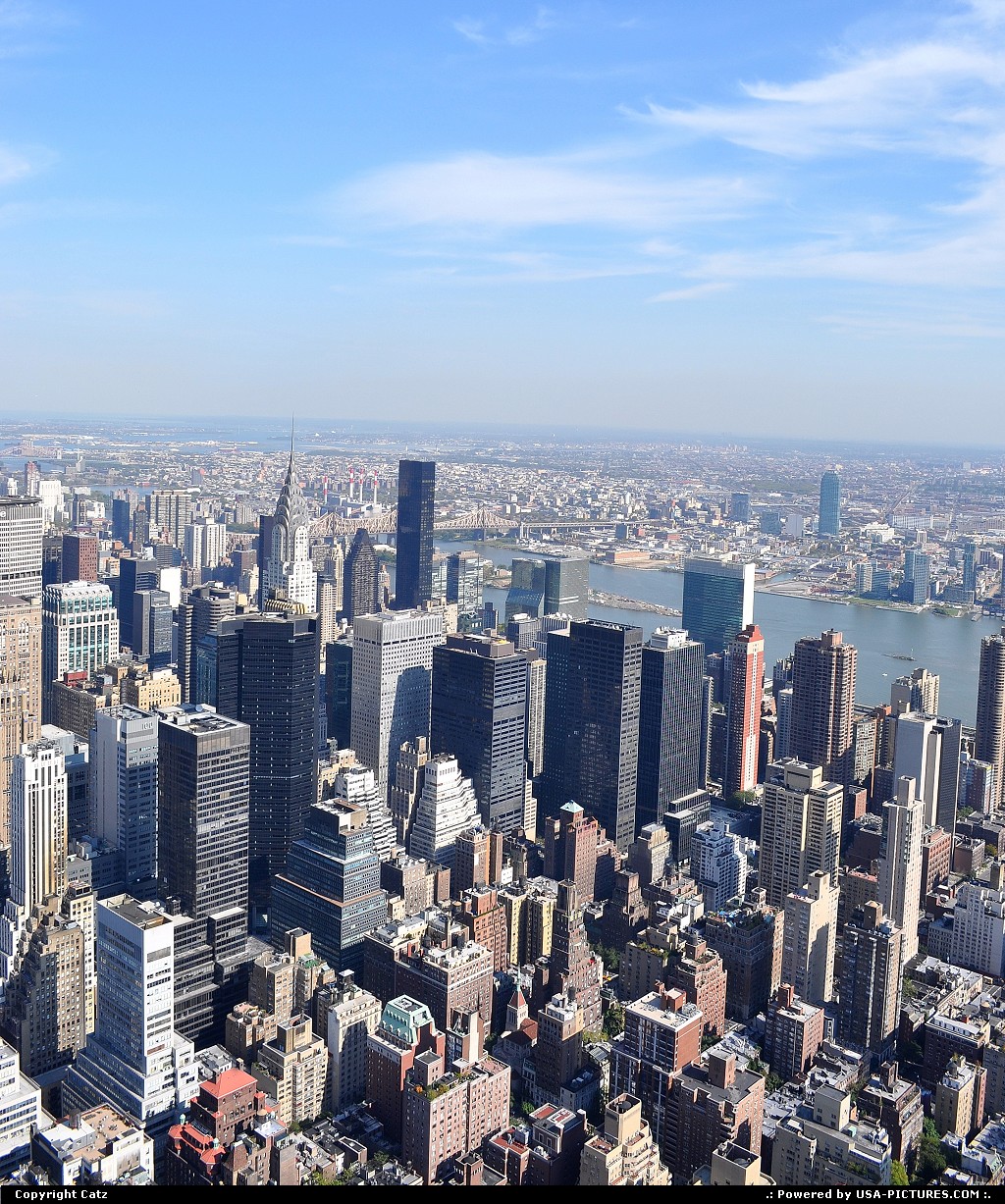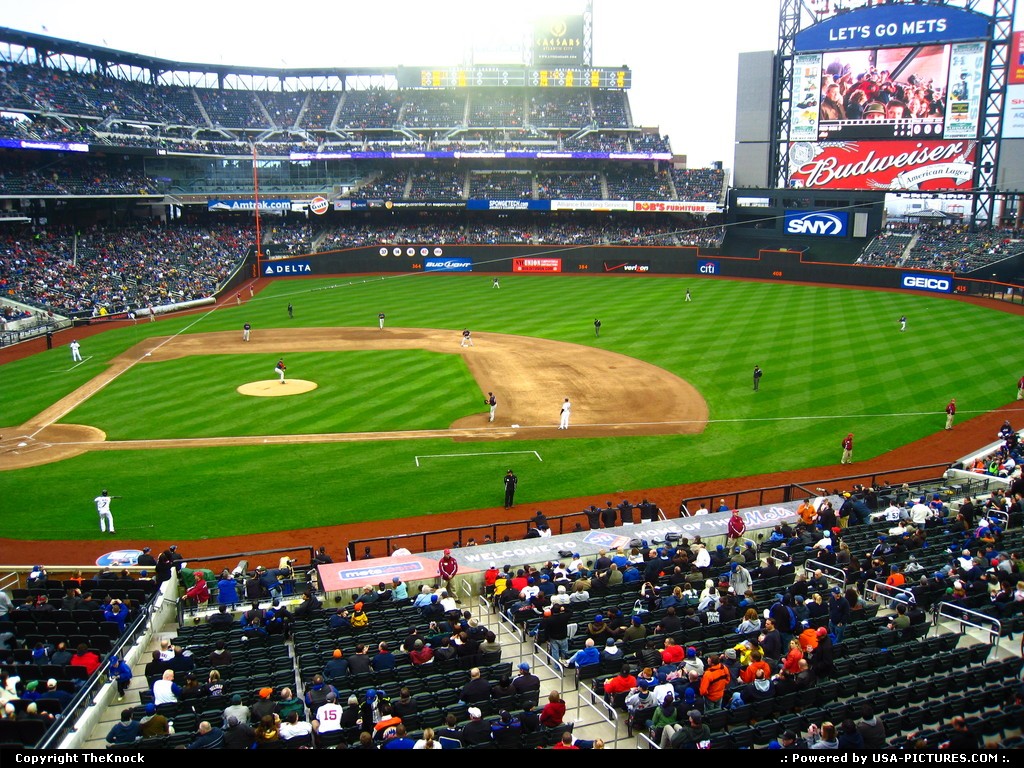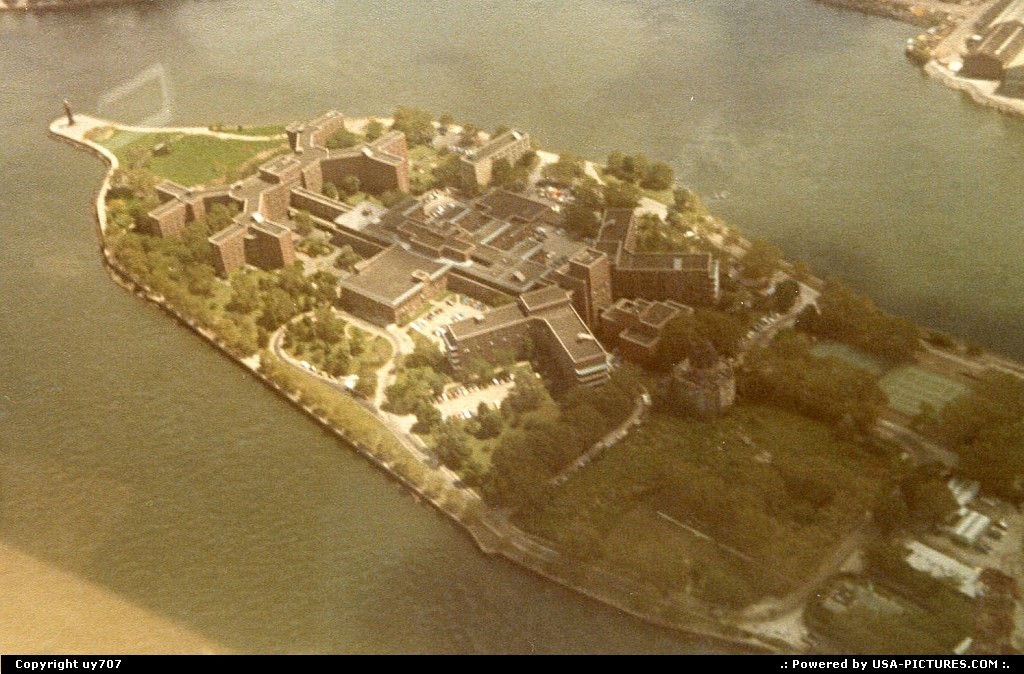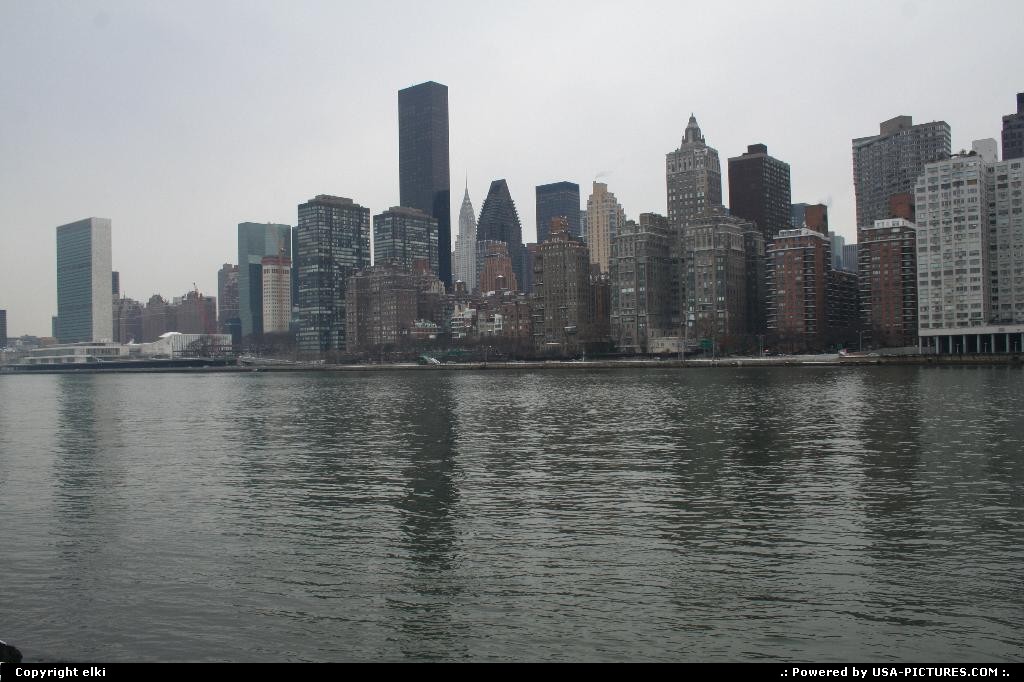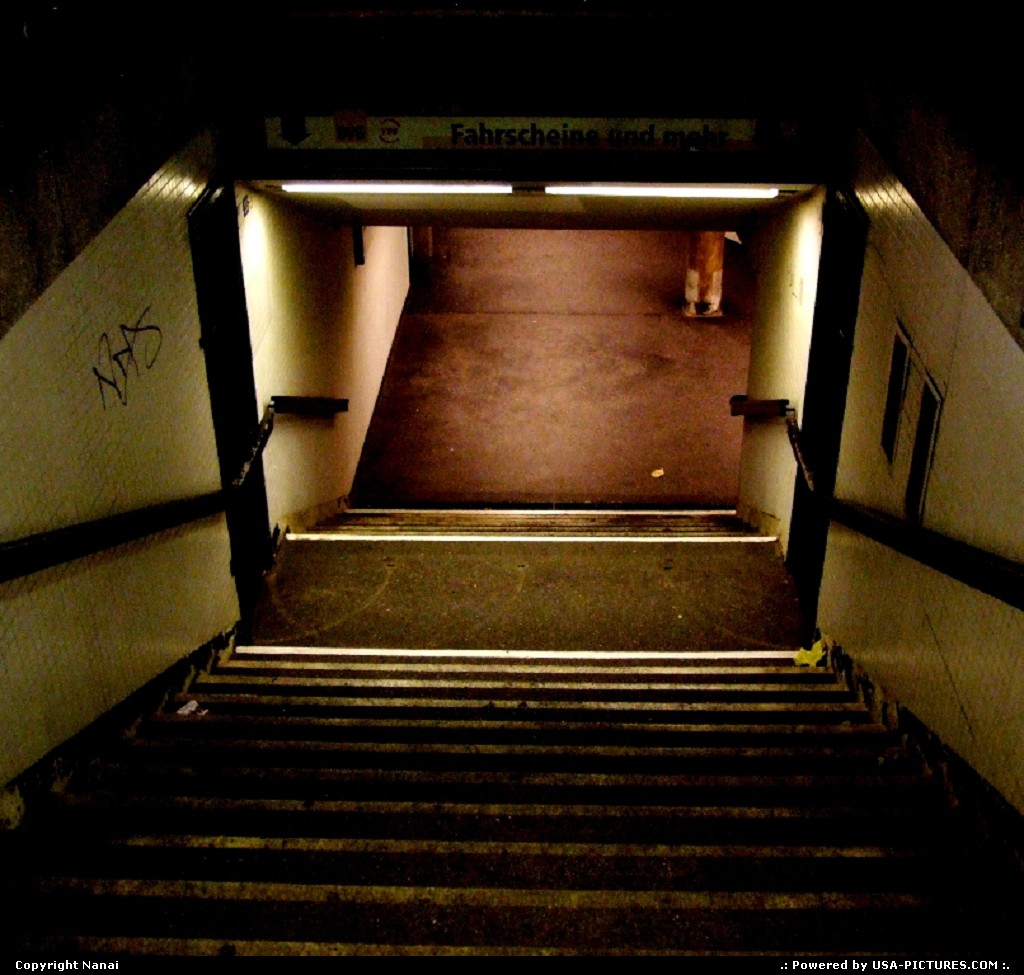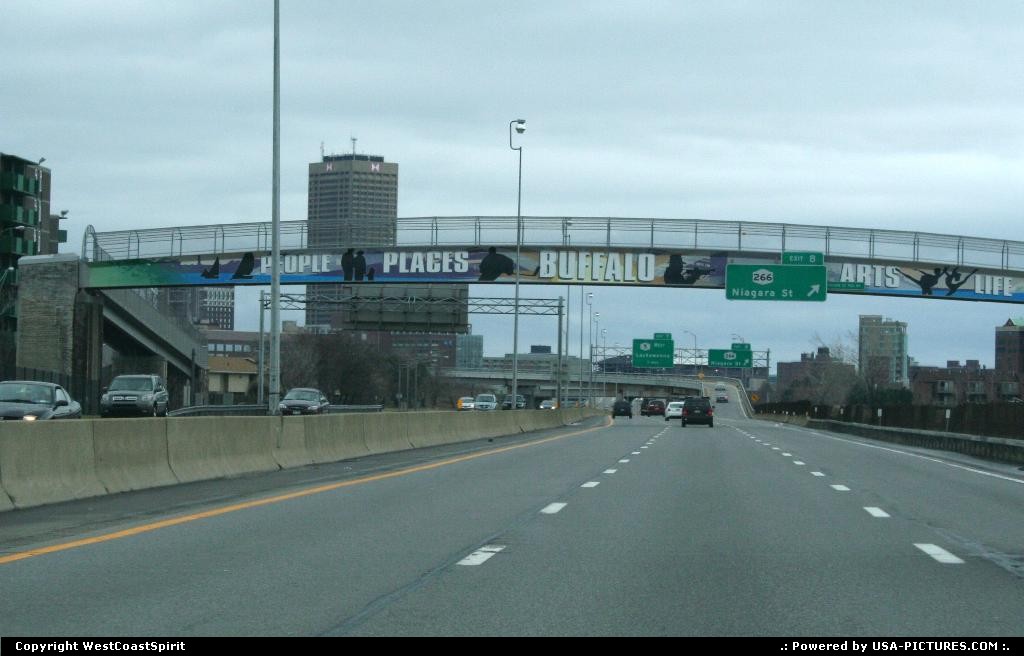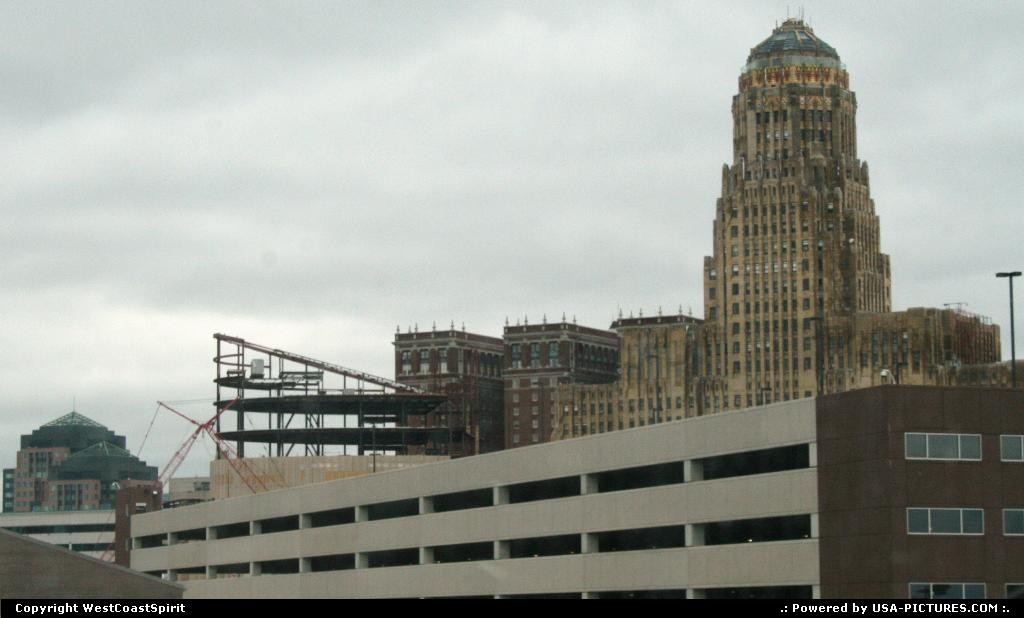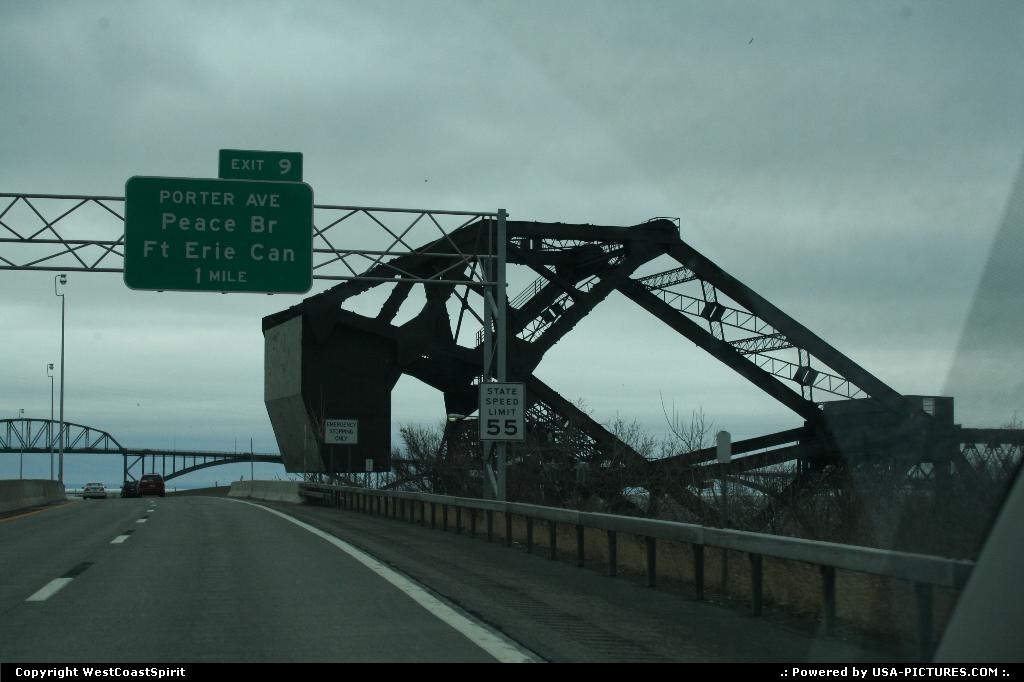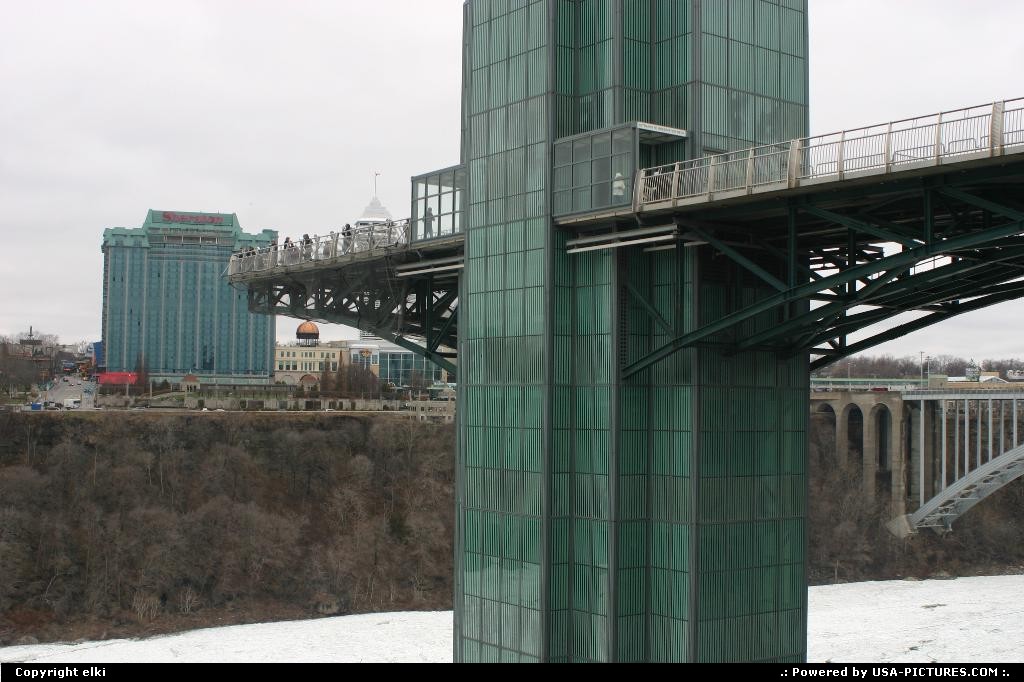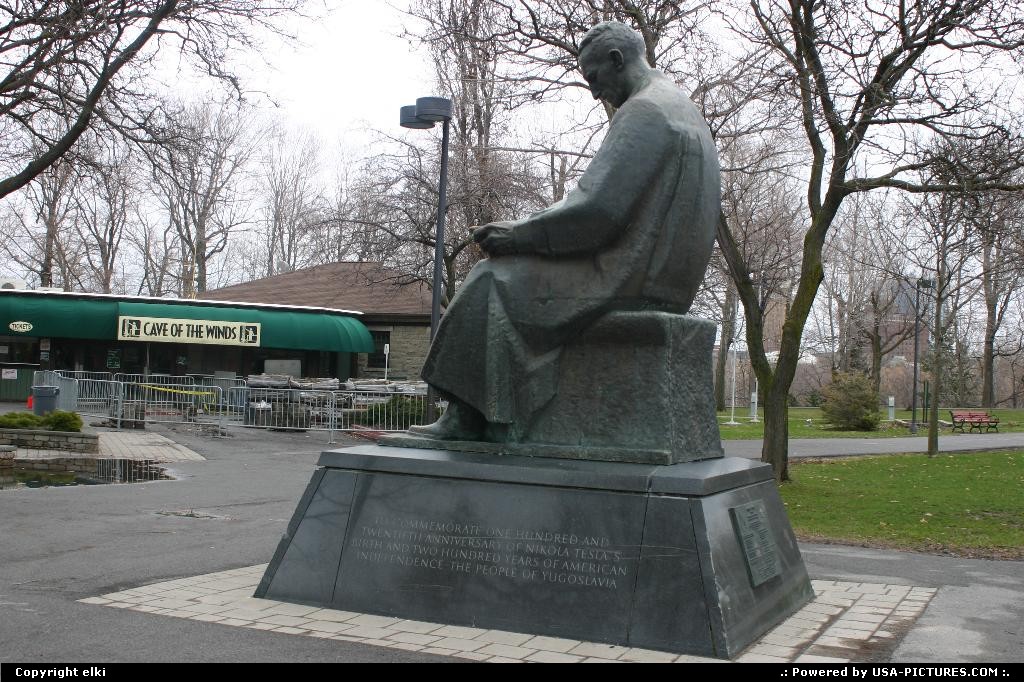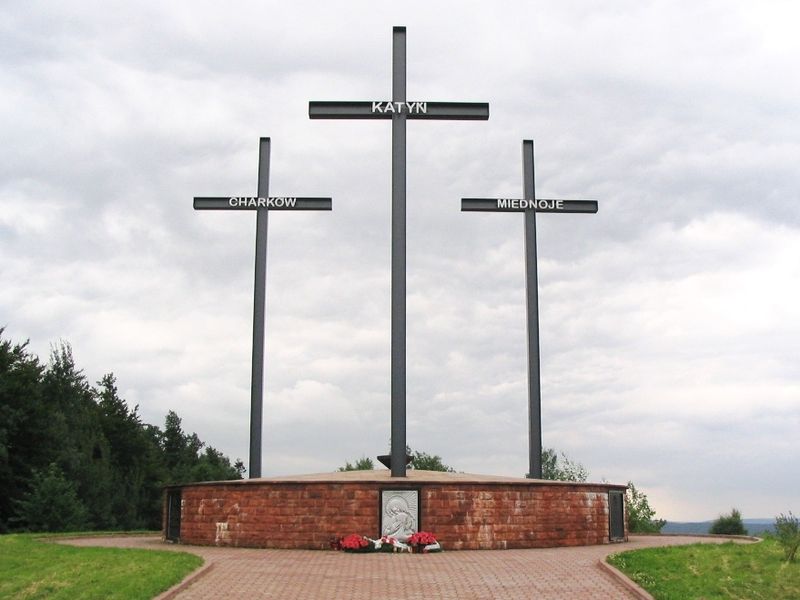Crusades: Portugal conquest Lisbon (To be Continued)
While the Islamic Taifas South fragmented, the North was based on the Portucalense the Kingdom of León, already in full Reconquest of the Iberian Peninsula. Although based in Guimarães, the economic strength that allowed Portucalense autonomy was in Oporto (or Portucale port city of Cale, the current Gaia). The new kingdom, recently centered in Coimbra, would eventually attach Lisbon, integrating the entire line of the Tagus.
Famous and opulent, the city would give the kingdom quite prestigious. The first attempt of Dom Afonso Henriques to conquer al-Ushbuna gave up in 1137 and failed in the face of the city walls. In 1140 leverages the Crusaders who were in Portugal to new attack that failed again.
Only in June and July 1147, with the help of a force of crusaders more numerous, about 164 boats full of men, can be successful. While their Portuguese forces attacked the land, the Crusaders, mostly English and Normans, lured by promises of free loot, set up their siege engines like catapults and towers, and attacked both by sea and prevented the arrival of reinforcements from southern. At first encounters Muslims killing many mature Christians, and moral crusaders is affected, occurring several bloody conflicts between the various groups of Christians.
Says The Legend, that after many attempts, a door is brake open from the Portuguese Martim Moniz and keep it open with his body allowing his companions to enter, even dying crushed by it. Most likely with the help of machines of siege, the walls are exceeded on 23 October 1147. According Osbernus, after entering the city, and the Flemish colonienses not respect the oath or word given to the king of Portugal and sack the city, acting without respect against maidens and cut the neck of the bishop of the city. After the conquest of the city, an epidemic of plague decimates thousands of lives among the Mozarabic and Muslims.
Dom Afonso Henriques officially takes possession of the city on 1 November, when a religious ceremony, transform the great mosque of seven summits, the Aljama in the Lisbon Cathedral. The Bishop Gilbert of Hastings is a crossover English, and many of the most prominent crusaders are donated lands and titles of the region. St. Anthony was born in 1195 in the city by the name of Fernando de Bouillon.
The King would give the Charter in 1179, and try to recover the city's trade links inaugurating a large new market or fair. The result of these efforts is that Portuguese merchants Christians or Jews not only contain some of the ancient trade links al-Ushbuna, as in Andalusia (Seville and Cádiz), and the Mediterranean to Constantinople, and open up new avenues for ports Northern Europe, Muslims rarely visited due to ideological differences. In fact the first of Lisbon Medieval Christian vocation is once again the mediation of trade between the North Sea and the Mediterranean, but thanks to advances in ocean navigation volumes are increasing. Portuguese merchants open houses in Seville, Southampton, Bruges and the Hansa cities, and Portuguese Jews continue to trade with their cousins in North Africa. They change up the spices, silks and home remedies Mediterranean; gold, ivory, rice, alum, almonds and sugar bought from Arabs and Moors, along with olive oil, salt, wine, cork, honey and wax with the Portuguese textile wool or linen thin, tin, iron, dyes, amber, weapons, furs and crafts North. Are founded shipyards for the construction of commercial and military boats, which Armada is essential in protecting trade against the Saracen pirates. To meet the growing demand for increasingly large populations of Europe in the twelfth century and XIII Century, are stimulated innovations in the construction of boats, the boat that strong but clumsy pass, a synthesis of whether Christian, Viking and Arabic, for the caravel ( first reference in 1226), the first real Atlantic ship. The professions related to navigation, such as carpenters and sailors are given privileges and protection, including the creation of a Judge in Lisbon, the Alcaide of the Sea (1242).
An indirect effect of all this dynamism Lisbon is the bane of German merchants, who did the same trade by having (a more expensive route but the only possible when the ships and their Muslim pirates controlled the south of Spain and the Straits of Gibraltar) between the Netherlands and Italy and Hansa and its ports. The Holy Roman Empire loses influence over their kingdoms, duchies and city-state constituents, and German merchants, hitherto masters of European trade, are forced to seek new markets in the east.
Following this prosperity, and increased security in Lisbon with the final conquest of the Algarve in the thirteenth century, in 1256 Afonso III of Portugal notes the obvious and pick the largest and most powerful city of his kingdom for Capital, then moving to the Court Files and the Treasury (who were in Coimbra). Dinis, the first King to preside over all his reign in Lisbon, then create the University in 1290, which transferred to Coimbra in 1308 only due to increasing conflicts with the students of Lisbon. It is at this time that the area where today is the Palace Square is claimed from the sea via drains the already muddy terrain (river was free until the time of the conquest, but cemented due to deposits of the river). New streets are drawn, as Rua Nova, and Rossio becomes first city center, stealing that distinction to Castle Hill. Other buildings were Dinis a wall Cais da Ribeira new front against the pirates, and renovations Palace Arabic (the Alcazaba, destroyed in the 1755 earthquake) and the Cathedral
Besides the Portuguese colonies in the cities of northern Europe, colonies of merchants from the rest of Europe set up in Lisbon, one of the most important cities in international trade. Not counting the Jews (which existed as Portuguese), the Genoese are the most numerous, followed by Venetians and other Italians, and Dutch and British. These merchants to bring Portugal new cartographic techniques and navigation techniques beyond banking, financial and otherwise known as the system of Mercantilism, plus knowledge of the origins of Asian luxury goods such as silks and spices, bringing Eastern Byzantine and Islamic .
Politically tensions with Castile are counterbalanced with an Alliance signed in 1308, which continued uninterruptedly until today, with the main trading partner of Lisbon (and Port), England. The alliance forms one of the two sides of the Hundred Years War, on the other hand are beyond Castile France. At the time of Fernando de Portugal starts a war with Castile, and boats with cannons lisboetas are recruited as the Genoese an unsuccessful attack to Seville. In response the Spaniards lay siege to Lisbon, taking it in 1373, but are paid to retire. It is in the wake of this disaster that are built Great Walls Fernandinas Lisbon.
Socially lived beneath all types of laborers and street merchants, as well as fishermen and farmers of vegetable gardens. This era are the various crafts Streets, in which corporations were organized mesteriais, directed by the Masters: Gold Street (silversmith); Rua da Prata (silver jewelers); Rua dos Fanqueiros; Street of the Shoemakers, Rua dos and mercers Rua dos Correeiros. These corporations were educated learners and social protection systems and control prices enjoyed by its members. The aristocracy, attracted by the court, drew up building large palaces, and played bureaucratic functions. But the most important class of Lisbon, even after gaining political functions as capital, was the merchants, the bourgeoisie that was the core strength of this commercial was the most important in Europe. They are the tycoons who control the trade city and its oligarchic County. It is because of these needs that are organized in the city professionals: bankers to coordinate the risks; men Laws to protect and handle your legal rights; experts and scientists to build their boats and navigation instruments. With his influence, can extract the Monarchy mercantilist measures that favor, and are a great impetus to explore new markets. The Company is founded Naus, a real insurance company that requires payment of fees required of all owners in exchange for sharing of losses after shipwrecks, organizing more than five hundred large ships of tycoons in town. With the increasing profits, the wealthiest merchants acquire titles of nobility, while the poorer nobles engage in trade.
Among minorities, there were those of Jews and Muslims (Moors not only Arabs but Islamized and Latin Arabic language). There was a large Jewry occupying the parishes of St. Mary Magdalene, St. Julian and St. Nicholas, on Rua Nova and Merchants (where was the Great Synagogue). The Jews (perhaps 10% of the population, or even more) are great traders, with links to their coreligionists throughout Europe, North Africa and the Middle East, and those who do not practice the trade are a big part of the literati, such as doctors, lawyers, cartographers and specialists in the sciences or arts. Its business is fundamental to the economic vitality of the city. Sephardic Jews of Lisbon entres include big names such as Abravanel. However they are forced to live separately, forbidden to go out at night, forced to wear badges in robes and extra pay taxes, and are always the first victims in situations of popular revolts.










 The flowers dont understand me ...
The flowers dont understand me ...
 She never understood me ...
She never understood me ... 























































































